Keenly Preesents
Keenly Preesents
Christen Bach
Christen Bach
Animation Director
Christen Bach
Animation Director
Christen Bach
Animation Director
Christen Bach
Animation Director
Christen Bach
Animation Director
Berlin
Berlin
Berlin
Berlin
Berlin
Mario Gorniok (Interview)
Marie Zillgens (Kamera, Schnitt)
Mario Gorniok (Interview)
Marie Zillgens (Kamera, Schnitt)
Mario Gorniok (Interview)
Marie Zillgens (Kamera, Schnitt)
Mario Gorniok (Interview)
Marie Zillgens (Kamera, Schnitt)
Mario Gorniok (Interview)
Marie Zillgens (Kamera, Schnitt)
"It doesn’t have to be rocket science in order to talk to someone."
"It doesn’t have to be rocket science in order to talk to someone."
"It doesn’t have to be rocket science in order to talk to someone."
"It doesn’t have to be rocket science in order to talk to someone."
"It doesn’t have to be rocket science in order to talk to someone."
Christen Bach is a Danish animation director, who explains in this interview why it is important not to have an answer.
Christen Bach is a Danish animation director, who explains in this interview why it is important not to have an answer.
Christen Bach is a Danish animation director, who explains in this interview why it is important not to have an answer.
Christen Bach is a Danish animation director, who explains in this interview why it is important not to have an answer.
Christen Bach is a Danish animation director, who explains in this interview why it is important not to have an answer.
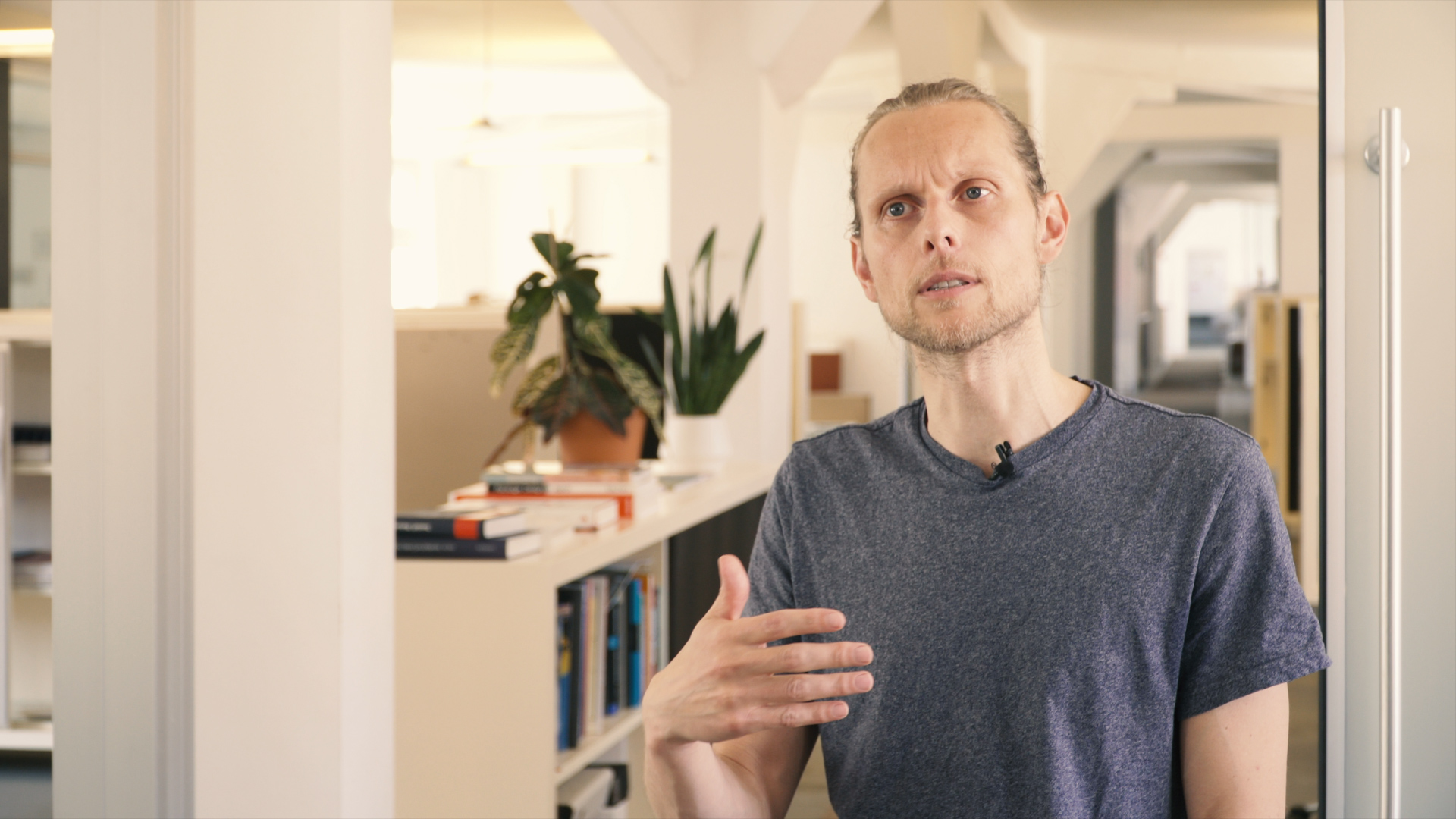
My name is Christen Bach. I’m a Danish animation director currently living in Berlin, Germany. I’m working in a strange mix between live action, animation, visual effects. So it’s a pretty healthy dose of everything to keep things interesting. Right now I am doing this Youtube series where I am talking about no budget animation. Basically, how to think animation in an efficient way, how can you work as little as possible but still have a beautiful end product: Where should you put your production value and what is important and stuff like that. For that project I am doing a short film at the time as I am explaining the entire process. All from the initial idea to going out to the festivals.
Do you remember your first intense experience with animation?
The first intense experience I had with animation was that my old nanny when I was around six or seven. She took me and my sister to see Snow White and the seven dwarfs. And I just remember the sequence where the witch is on the mountain and stuff is going on and everything was really scary and really dark. I still remember that pretty intensely. That must have been in 1984. That left like a huge mark. My mentor for several years was a guy from Holland named Rosto, who sadly passed away earlier this year. His style is also like this weird, dark collage and as I saw his stuff I was like: “Yes, this is what I love”. So working with him has also been a huge influence on what I am doing today.
When did you realize you wanted to be an animator?
Actually when I was growing up everybody said: “You’re pretty good at drawing, you should become a commercial illustrator”. That was actually my first job in the business. I studied three years to become a commercial art director and I hated it. I would wake up every morning and try to find places that would hurt so I could call in sick, because I didn’t like the climate and I didn’t like what we were doing. It was just the entire ambience. So after I finished there I was like never again. I really wanted to tell stories, because I come from a family who has like an old storytelling background. I knew that I wanted to tell stories and not only do pictures. So I started studying animation. I moved to Odense and gave up a nice job with a lot of money to do something that I was really burning about. And then I was very dedicated for the following eight years where I was just doing something all the time and trying to learn.
Your most intense moment in your job so far?
In 2010 I had just started doing a series of experiments in order to figure out how can I work as little as possible and still have an output. So kind of trying to figure out the shortest way from idea to a finished product. And for that I did a series of experiments: one of the first experiments was a short film called Bear Untitled. Basically, I spent one and a half days doing it. I sat down with a glass of red wine and I just started animating. It is also 8-bit, done with this small japanese programme called Graphicsgale. Five months later, it was selected as part of this Guggenheim-Youtube-Thing, where it was exhibited at the Guggenheim in New York. I’ve been doing so many projects where you sit down and you go like: “Oh this is going to be my Magnum Opus, this is what people are going to remember me for”. You are spending years on developing something and finally you do it and then you put it out there. And then it’s kind of a stupid little film that took one and a half days that put you on the map - which was also kind of an eye opener: It doesn’t have to be rocket science and stuff doesn’t have to be perfect in order to talk to someone.
Where did you get your inspiration from?
What I am doing right now with the 8mm stuff, the idea actually came from me having watched the 8 mm stuff one day and then two days later I was hanging out with my sound designer. He just built this huge paddleboard and we started playing around with that. As he started playing the guitar and everything was filled with all these paddles and the sound came out I straight away thought of the 8 mm footage and I was like: “This combination is amazing”. I am getting goosebumps by thinking of it. That was basically a sound trigger where something in my mind - because I have watched it recently - combined two things and I was like: ”This is going to fit amazingly”. I can’t really explain where the inspiration comes from because it is so much. It’s sound, it’s vision, it’s storytelling, it’s character. It can be a nice design, it can be anything.
Which current trends in your profession are particularly interesting for you?
I think these deep learning algorithms are really interesting. You feed them some text and they analyze some famous person like a politician or an actor and then they just recreate that text with the mannerisms and the speaking patterns of that person. Ten years ago, there would be an animator sitting down painstakingly animating it, based on some crude motion capture. But the way everything that is going on right now it is pretty mind blowing and it’s pretty hard to keep up. I think it is really fascinating, everything what’s going on right now.
Some words to future animators:
This is maybe the best piece of advice that I ever got from anyone. This was back when was working with Rosto. I had finished my art director education and the school that I was going to was a fine school but not top nudge - which means that I spent a lot of time just trying things out and learning things for myself, what also means that I had a lot of experience coming into that school. So I had a lot of answers. I was like: ”Oh you want to that, you can do it like that and like that”. To me it became important that I always had the answers, that I know better than you people, because I am experienced. And as I was working with Rosto I came down there with the same kind of mindset and we said down - I needed to finish a shot and it became four o’clock in the morning - and Rosto came by the studio with the pack of beer. He said to me: “Christen, the best advice I can give you is: Start asking questions, stop having answers”. I was sitting with so many, so good people and as soon as I started just opening up and asking questions, being like: “How did you do that?”. It would be just small things, and they would explain stuff to me. You just built up knowledge, because people would just be communicating with you. It’s about how you interact with all the human beings and it doesn’t really matter in what position that you’re sitting in.
Berlin, Juni 2019
My name is Christen Bach. I’m a Danish animation director currently living in Berlin, Germany. I’m working in a strange mix between live action, animation, visual effects. So it’s a pretty healthy dose of everything to keep things interesting. Right now I am doing this Youtube series where I am talking about no budget animation. Basically, how to think animation in an efficient way, how can you work as little as possible but still have a beautiful end product: Where should you put your production value and what is important and stuff like that. For that project I am doing a short film at the time as I am explaining the entire process. All from the initial idea to going out to the festivals.
Do you remember your first intense experience with animation?
The first intense experience I had with animation was that my old nanny when I was around six or seven. She took me and my sister to see Snow White and the seven dwarfs. And I just remember the sequence where the witch is on the mountain and stuff is going on and everything was really scary and really dark. I still remember that pretty intensely. That must have been in 1984. That left like a huge mark. My mentor for several years was a guy from Holland named Rosto, who sadly passed away earlier this year. His style is also like this weird, dark collage and as I saw his stuff I was like: “Yes, this is what I love”. So working with him has also been a huge influence on what I am doing today.
When did you realize you wanted to be an animator?
Actually when I was growing up everybody said: “You’re pretty good at drawing, you should become a commercial illustrator”. That was actually my first job in the business. I studied three years to become a commercial art director and I hated it. I would wake up every morning and try to find places that would hurt so I could call in sick, because I didn’t like the climate and I didn’t like what we were doing. It was just the entire ambience. So after I finished there I was like never again. I really wanted to tell stories, because I come from a family who has like an old storytelling background. I knew that I wanted to tell stories and not only do pictures. So I started studying animation. I moved to Odense and gave up a nice job with a lot of money to do something that I was really burning about. And then I was very dedicated for the following eight years where I was just doing something all the time and trying to learn.
Your most intense moment in your job so far?
In 2010 I had just started doing a series of experiments in order to figure out how can I work as little as possible and still have an output. So kind of trying to figure out the shortest way from idea to a finished product. And for that I did a series of experiments: one of the first experiments was a short film called Bear Untitled. Basically, I spent one and a half days doing it. I sat down with a glass of red wine and I just started animating. It is also 8-bit, done with this small japanese programme called Graphicsgale. Five months later, it was selected as part of this Guggenheim-Youtube-Thing, where it was exhibited at the Guggenheim in New York. I’ve been doing so many projects where you sit down and you go like: “Oh this is going to be my Magnum Opus, this is what people are going to remember me for”. You are spending years on developing something and finally you do it and then you put it out there. And then it’s kind of a stupid little film that took one and a half days that put you on the map - which was also kind of an eye opener: It doesn’t have to be rocket science and stuff doesn’t have to be perfect in order to talk to someone.
Where did you get your inspiration from?
What I am doing right now with the 8mm stuff, the idea actually came from me having watched the 8 mm stuff one day and then two days later I was hanging out with my sound designer. He just built this huge paddleboard and we started playing around with that. As he started playing the guitar and everything was filled with all these paddles and the sound came out I straight away thought of the 8 mm footage and I was like: “This combination is amazing”. I am getting goosebumps by thinking of it. That was basically a sound trigger where something in my mind - because I have watched it recently - combined two things and I was like: ”This is going to fit amazingly”. I can’t really explain where the inspiration comes from because it is so much. It’s sound, it’s vision, it’s storytelling, it’s character. It can be a nice design, it can be anything.
Which current trends in your profession are particularly interesting for you?
I think these deep learning algorithms are really interesting. You feed them some text and they analyze some famous person like a politician or an actor and then they just recreate that text with the mannerisms and the speaking patterns of that person. Ten years ago, there would be an animator sitting down painstakingly animating it, based on some crude motion capture. But the way everything that is going on right now it is pretty mind blowing and it’s pretty hard to keep up. I think it is really fascinating, everything what’s going on right now.
Some words to future animators:
This is maybe the best piece of advice that I ever got from anyone. This was back when was working with Rosto. I had finished my art director education and the school that I was going to was a fine school but not top nudge - which means that I spent a lot of time just trying things out and learning things for myself, what also means that I had a lot of experience coming into that school. So I had a lot of answers. I was like: ”Oh you want to that, you can do it like that and like that”. To me it became important that I always had the answers, that I know better than you people, because I am experienced. And as I was working with Rosto I came down there with the same kind of mindset and we said down - I needed to finish a shot and it became four o’clock in the morning - and Rosto came by the studio with the pack of beer. He said to me: “Christen, the best advice I can give you is: Start asking questions, stop having answers”. I was sitting with so many, so good people and as soon as I started just opening up and asking questions, being like: “How did you do that?”. It would be just small things, and they would explain stuff to me. You just built up knowledge, because people would just be communicating with you. It’s about how you interact with all the human beings and it doesn’t really matter in what position that you’re sitting in.
Berlin, Juni 2019
My name is Christen Bach. I’m a Danish animation director currently living in Berlin, Germany. I’m working in a strange mix between live action, animation, visual effects. So it’s a pretty healthy dose of everything to keep things interesting. Right now I am doing this Youtube series where I am talking about no budget animation. Basically, how to think animation in an efficient way, how can you work as little as possible but still have a beautiful end product: Where should you put your production value and what is important and stuff like that. For that project I am doing a short film at the time as I am explaining the entire process. All from the initial idea to going out to the festivals.
Do you remember your first intense experience with animation?
The first intense experience I had with animation was that my old nanny when I was around six or seven. She took me and my sister to see Snow White and the seven dwarfs. And I just remember the sequence where the witch is on the mountain and stuff is going on and everything was really scary and really dark. I still remember that pretty intensely. That must have been in 1984. That left like a huge mark. My mentor for several years was a guy from Holland named Rosto, who sadly passed away earlier this year. His style is also like this weird, dark collage and as I saw his stuff I was like: “Yes, this is what I love”. So working with him has also been a huge influence on what I am doing today.
When did you realize you wanted to be an animator?
Actually when I was growing up everybody said: “You’re pretty good at drawing, you should become a commercial illustrator”. That was actually my first job in the business. I studied three years to become a commercial art director and I hated it. I would wake up every morning and try to find places that would hurt so I could call in sick, because I didn’t like the climate and I didn’t like what we were doing. It was just the entire ambience. So after I finished there I was like never again. I really wanted to tell stories, because I come from a family who has like an old storytelling background. I knew that I wanted to tell stories and not only do pictures. So I started studying animation. I moved to Odense and gave up a nice job with a lot of money to do something that I was really burning about. And then I was very dedicated for the following eight years where I was just doing something all the time and trying to learn.
Your most intense moment in your job so far?
In 2010 I had just started doing a series of experiments in order to figure out how can I work as little as possible and still have an output. So kind of trying to figure out the shortest way from idea to a finished product. And for that I did a series of experiments: one of the first experiments was a short film called Bear Untitled. Basically, I spent one and a half days doing it. I sat down with a glass of red wine and I just started animating. It is also 8-bit, done with this small japanese programme called Graphicsgale. Five months later, it was selected as part of this Guggenheim-Youtube-Thing, where it was exhibited at the Guggenheim in New York. I’ve been doing so many projects where you sit down and you go like: “Oh this is going to be my Magnum Opus, this is what people are going to remember me for”. You are spending years on developing something and finally you do it and then you put it out there. And then it’s kind of a stupid little film that took one and a half days that put you on the map - which was also kind of an eye opener: It doesn’t have to be rocket science and stuff doesn’t have to be perfect in order to talk to someone.
Where did you get your inspiration from?
What I am doing right now with the 8mm stuff, the idea actually came from me having watched the 8 mm stuff one day and then two days later I was hanging out with my sound designer. He just built this huge paddleboard and we started playing around with that. As he started playing the guitar and everything was filled with all these paddles and the sound came out I straight away thought of the 8 mm footage and I was like: “This combination is amazing”. I am getting goosebumps by thinking of it. That was basically a sound trigger where something in my mind - because I have watched it recently - combined two things and I was like: ”This is going to fit amazingly”. I can’t really explain where the inspiration comes from because it is so much. It’s sound, it’s vision, it’s storytelling, it’s character. It can be a nice design, it can be anything.
Which current trends in your profession are particularly interesting for you?
I think these deep learning algorithms are really interesting. You feed them some text and they analyze some famous person like a politician or an actor and then they just recreate that text with the mannerisms and the speaking patterns of that person. Ten years ago, there would be an animator sitting down painstakingly animating it, based on some crude motion capture. But the way everything that is going on right now it is pretty mind blowing and it’s pretty hard to keep up. I think it is really fascinating, everything what’s going on right now.
Some words to future animators:
This is maybe the best piece of advice that I ever got from anyone. This was back when was working with Rosto. I had finished my art director education and the school that I was going to was a fine school but not top nudge - which means that I spent a lot of time just trying things out and learning things for myself, what also means that I had a lot of experience coming into that school. So I had a lot of answers. I was like: ”Oh you want to that, you can do it like that and like that”. To me it became important that I always had the answers, that I know better than you people, because I am experienced. And as I was working with Rosto I came down there with the same kind of mindset and we said down - I needed to finish a shot and it became four o’clock in the morning - and Rosto came by the studio with the pack of beer. He said to me: “Christen, the best advice I can give you is: Start asking questions, stop having answers”. I was sitting with so many, so good people and as soon as I started just opening up and asking questions, being like: “How did you do that?”. It would be just small things, and they would explain stuff to me. You just built up knowledge, because people would just be communicating with you. It’s about how you interact with all the human beings and it doesn’t really matter in what position that you’re sitting in.
Berlin, Juni 2019
My name is Christen Bach. I’m a Danish animation director currently living in Berlin, Germany. I’m working in a strange mix between live action, animation, visual effects. So it’s a pretty healthy dose of everything to keep things interesting. Right now I am doing this Youtube series where I am talking about no budget animation. Basically, how to think animation in an efficient way, how can you work as little as possible but still have a beautiful end product: Where should you put your production value and what is important and stuff like that. For that project I am doing a short film at the time as I am explaining the entire process. All from the initial idea to going out to the festivals.
Do you remember your first intense experience with animation?
The first intense experience I had with animation was that my old nanny when I was around six or seven. She took me and my sister to see Snow White and the seven dwarfs. And I just remember the sequence where the witch is on the mountain and stuff is going on and everything was really scary and really dark. I still remember that pretty intensely. That must have been in 1984. That left like a huge mark. My mentor for several years was a guy from Holland named Rosto, who sadly passed away earlier this year. His style is also like this weird, dark collage and as I saw his stuff I was like: “Yes, this is what I love”. So working with him has also been a huge influence on what I am doing today.
When did you realize you wanted to be an animator?
Actually when I was growing up everybody said: “You’re pretty good at drawing, you should become a commercial illustrator”. That was actually my first job in the business. I studied three years to become a commercial art director and I hated it. I would wake up every morning and try to find places that would hurt so I could call in sick, because I didn’t like the climate and I didn’t like what we were doing. It was just the entire ambience. So after I finished there I was like never again. I really wanted to tell stories, because I come from a family who has like an old storytelling background. I knew that I wanted to tell stories and not only do pictures. So I started studying animation. I moved to Odense and gave up a nice job with a lot of money to do something that I was really burning about. And then I was very dedicated for the following eight years where I was just doing something all the time and trying to learn.
Your most intense moment in your job so far?
In 2010 I had just started doing a series of experiments in order to figure out how can I work as little as possible and still have an output. So kind of trying to figure out the shortest way from idea to a finished product. And for that I did a series of experiments: one of the first experiments was a short film called Bear Untitled. Basically, I spent one and a half days doing it. I sat down with a glass of red wine and I just started animating. It is also 8-bit, done with this small japanese programme called Graphicsgale. Five months later, it was selected as part of this Guggenheim-Youtube-Thing, where it was exhibited at the Guggenheim in New York. I’ve been doing so many projects where you sit down and you go like: “Oh this is going to be my Magnum Opus, this is what people are going to remember me for”. You are spending years on developing something and finally you do it and then you put it out there. And then it’s kind of a stupid little film that took one and a half days that put you on the map - which was also kind of an eye opener: It doesn’t have to be rocket science and stuff doesn’t have to be perfect in order to talk to someone.
Where did you get your inspiration from?
What I am doing right now with the 8mm stuff, the idea actually came from me having watched the 8 mm stuff one day and then two days later I was hanging out with my sound designer. He just built this huge paddleboard and we started playing around with that. As he started playing the guitar and everything was filled with all these paddles and the sound came out I straight away thought of the 8 mm footage and I was like: “This combination is amazing”. I am getting goosebumps by thinking of it. That was basically a sound trigger where something in my mind - because I have watched it recently - combined two things and I was like: ”This is going to fit amazingly”. I can’t really explain where the inspiration comes from because it is so much. It’s sound, it’s vision, it’s storytelling, it’s character. It can be a nice design, it can be anything.
Which current trends in your profession are particularly interesting for you?
I think these deep learning algorithms are really interesting. You feed them some text and they analyze some famous person like a politician or an actor and then they just recreate that text with the mannerisms and the speaking patterns of that person. Ten years ago, there would be an animator sitting down painstakingly animating it, based on some crude motion capture. But the way everything that is going on right now it is pretty mind blowing and it’s pretty hard to keep up. I think it is really fascinating, everything what’s going on right now.
Some words to future animators:
This is maybe the best piece of advice that I ever got from anyone. This was back when was working with Rosto. I had finished my art director education and the school that I was going to was a fine school but not top nudge - which means that I spent a lot of time just trying things out and learning things for myself, what also means that I had a lot of experience coming into that school. So I had a lot of answers. I was like: ”Oh you want to that, you can do it like that and like that”. To me it became important that I always had the answers, that I know better than you people, because I am experienced. And as I was working with Rosto I came down there with the same kind of mindset and we said down - I needed to finish a shot and it became four o’clock in the morning - and Rosto came by the studio with the pack of beer. He said to me: “Christen, the best advice I can give you is: Start asking questions, stop having answers”. I was sitting with so many, so good people and as soon as I started just opening up and asking questions, being like: “How did you do that?”. It would be just small things, and they would explain stuff to me. You just built up knowledge, because people would just be communicating with you. It’s about how you interact with all the human beings and it doesn’t really matter in what position that you’re sitting in.
Berlin, Juni 2019
My name is Christen Bach. I’m a Danish animation director currently living in Berlin, Germany. I’m working in a strange mix between live action, animation, visual effects. So it’s a pretty healthy dose of everything to keep things interesting. Right now I am doing this Youtube series where I am talking about no budget animation. Basically, how to think animation in an efficient way, how can you work as little as possible but still have a beautiful end product: Where should you put your production value and what is important and stuff like that. For that project I am doing a short film at the time as I am explaining the entire process. All from the initial idea to going out to the festivals.
Do you remember your first intense experience with animation?
The first intense experience I had with animation was that my old nanny when I was around six or seven. She took me and my sister to see Snow White and the seven dwarfs. And I just remember the sequence where the witch is on the mountain and stuff is going on and everything was really scary and really dark. I still remember that pretty intensely. That must have been in 1984. That left like a huge mark. My mentor for several years was a guy from Holland named Rosto, who sadly passed away earlier this year. His style is also like this weird, dark collage and as I saw his stuff I was like: “Yes, this is what I love”. So working with him has also been a huge influence on what I am doing today.
When did you realize you wanted to be an animator?
Actually when I was growing up everybody said: “You’re pretty good at drawing, you should become a commercial illustrator”. That was actually my first job in the business. I studied three years to become a commercial art director and I hated it. I would wake up every morning and try to find places that would hurt so I could call in sick, because I didn’t like the climate and I didn’t like what we were doing. It was just the entire ambience. So after I finished there I was like never again. I really wanted to tell stories, because I come from a family who has like an old storytelling background. I knew that I wanted to tell stories and not only do pictures. So I started studying animation. I moved to Odense and gave up a nice job with a lot of money to do something that I was really burning about. And then I was very dedicated for the following eight years where I was just doing something all the time and trying to learn.
Your most intense moment in your job so far?
In 2010 I had just started doing a series of experiments in order to figure out how can I work as little as possible and still have an output. So kind of trying to figure out the shortest way from idea to a finished product. And for that I did a series of experiments: one of the first experiments was a short film called Bear Untitled. Basically, I spent one and a half days doing it. I sat down with a glass of red wine and I just started animating. It is also 8-bit, done with this small japanese programme called Graphicsgale. Five months later, it was selected as part of this Guggenheim-Youtube-Thing, where it was exhibited at the Guggenheim in New York. I’ve been doing so many projects where you sit down and you go like: “Oh this is going to be my Magnum Opus, this is what people are going to remember me for”. You are spending years on developing something and finally you do it and then you put it out there. And then it’s kind of a stupid little film that took one and a half days that put you on the map - which was also kind of an eye opener: It doesn’t have to be rocket science and stuff doesn’t have to be perfect in order to talk to someone.
Where did you get your inspiration from?
What I am doing right now with the 8mm stuff, the idea actually came from me having watched the 8 mm stuff one day and then two days later I was hanging out with my sound designer. He just built this huge paddleboard and we started playing around with that. As he started playing the guitar and everything was filled with all these paddles and the sound came out I straight away thought of the 8 mm footage and I was like: “This combination is amazing”. I am getting goosebumps by thinking of it. That was basically a sound trigger where something in my mind - because I have watched it recently - combined two things and I was like: ”This is going to fit amazingly”. I can’t really explain where the inspiration comes from because it is so much. It’s sound, it’s vision, it’s storytelling, it’s character. It can be a nice design, it can be anything.
Which current trends in your profession are particularly interesting for you?
I think these deep learning algorithms are really interesting. You feed them some text and they analyze some famous person like a politician or an actor and then they just recreate that text with the mannerisms and the speaking patterns of that person. Ten years ago, there would be an animator sitting down painstakingly animating it, based on some crude motion capture. But the way everything that is going on right now it is pretty mind blowing and it’s pretty hard to keep up. I think it is really fascinating, everything what’s going on right now.
Some words to future animators:
This is maybe the best piece of advice that I ever got from anyone. This was back when was working with Rosto. I had finished my art director education and the school that I was going to was a fine school but not top nudge - which means that I spent a lot of time just trying things out and learning things for myself, what also means that I had a lot of experience coming into that school. So I had a lot of answers. I was like: ”Oh you want to that, you can do it like that and like that”. To me it became important that I always had the answers, that I know better than you people, because I am experienced. And as I was working with Rosto I came down there with the same kind of mindset and we said down - I needed to finish a shot and it became four o’clock in the morning - and Rosto came by the studio with the pack of beer. He said to me: “Christen, the best advice I can give you is: Start asking questions, stop having answers”. I was sitting with so many, so good people and as soon as I started just opening up and asking questions, being like: “How did you do that?”. It would be just small things, and they would explain stuff to me. You just built up knowledge, because people would just be communicating with you. It’s about how you interact with all the human beings and it doesn’t really matter in what position that you’re sitting in.
Berlin, Juni 2019
weitere Inspirationen
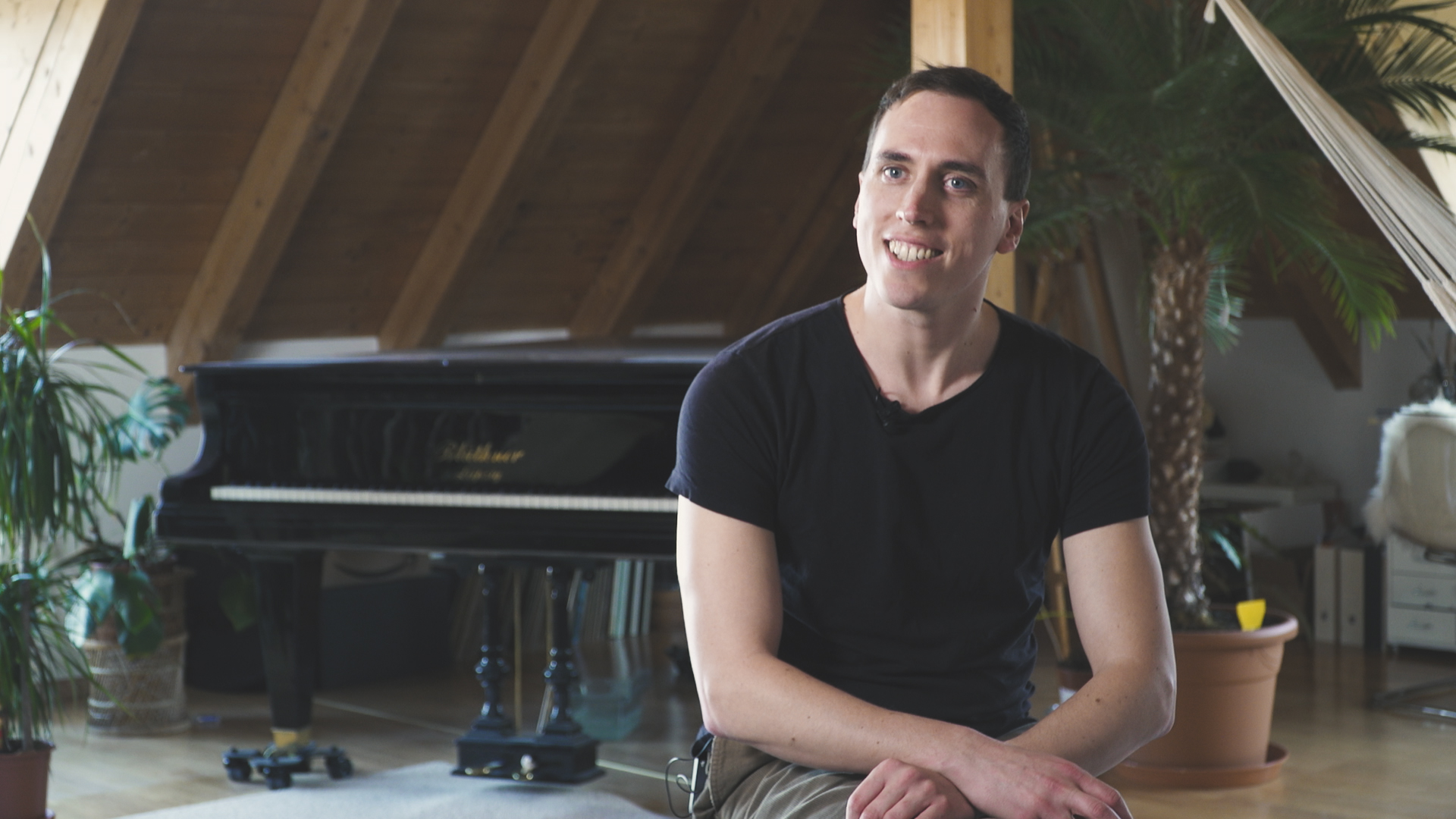
Martin KohlstedtMusician
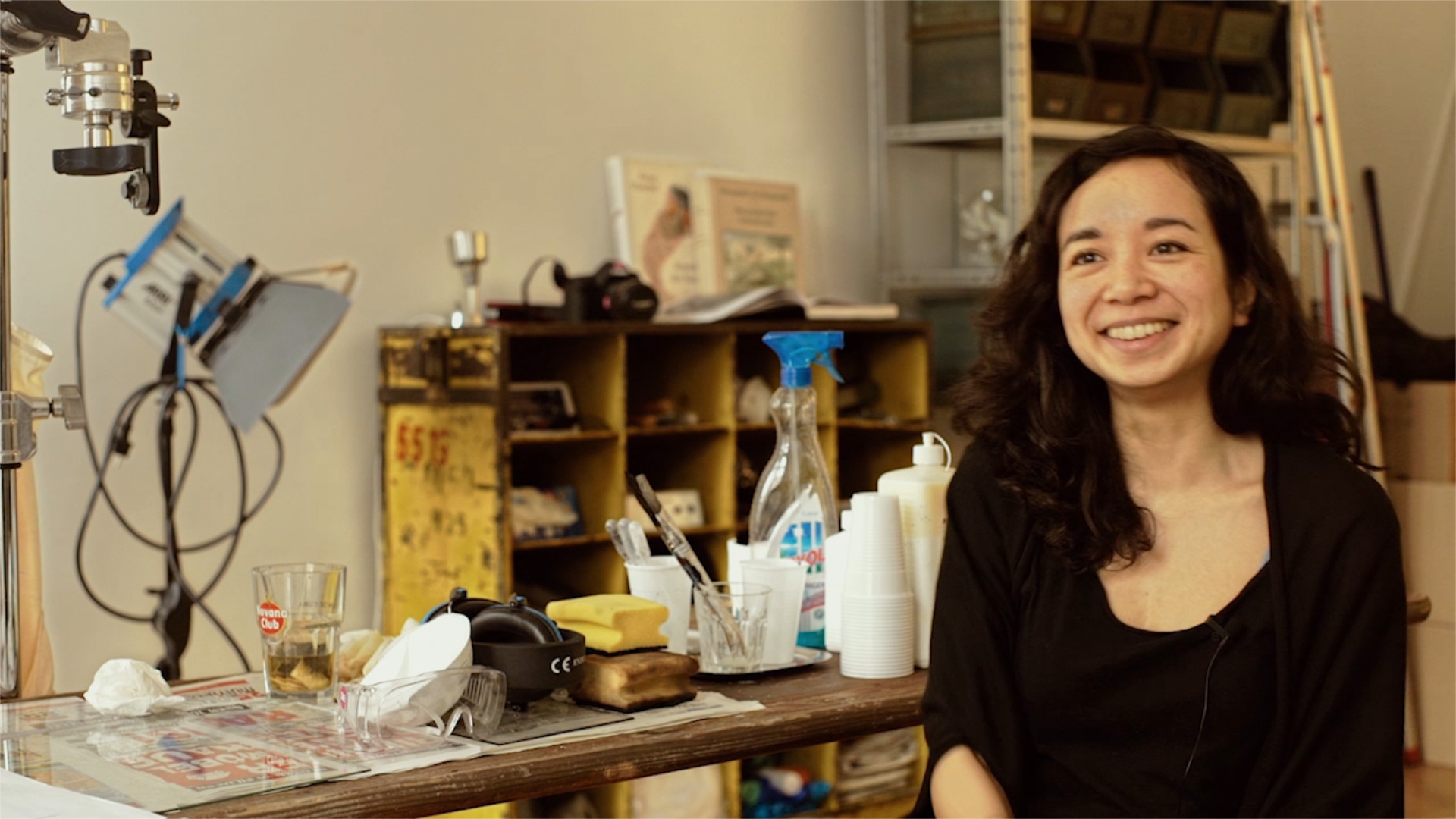
Susi SieFilmemacherin
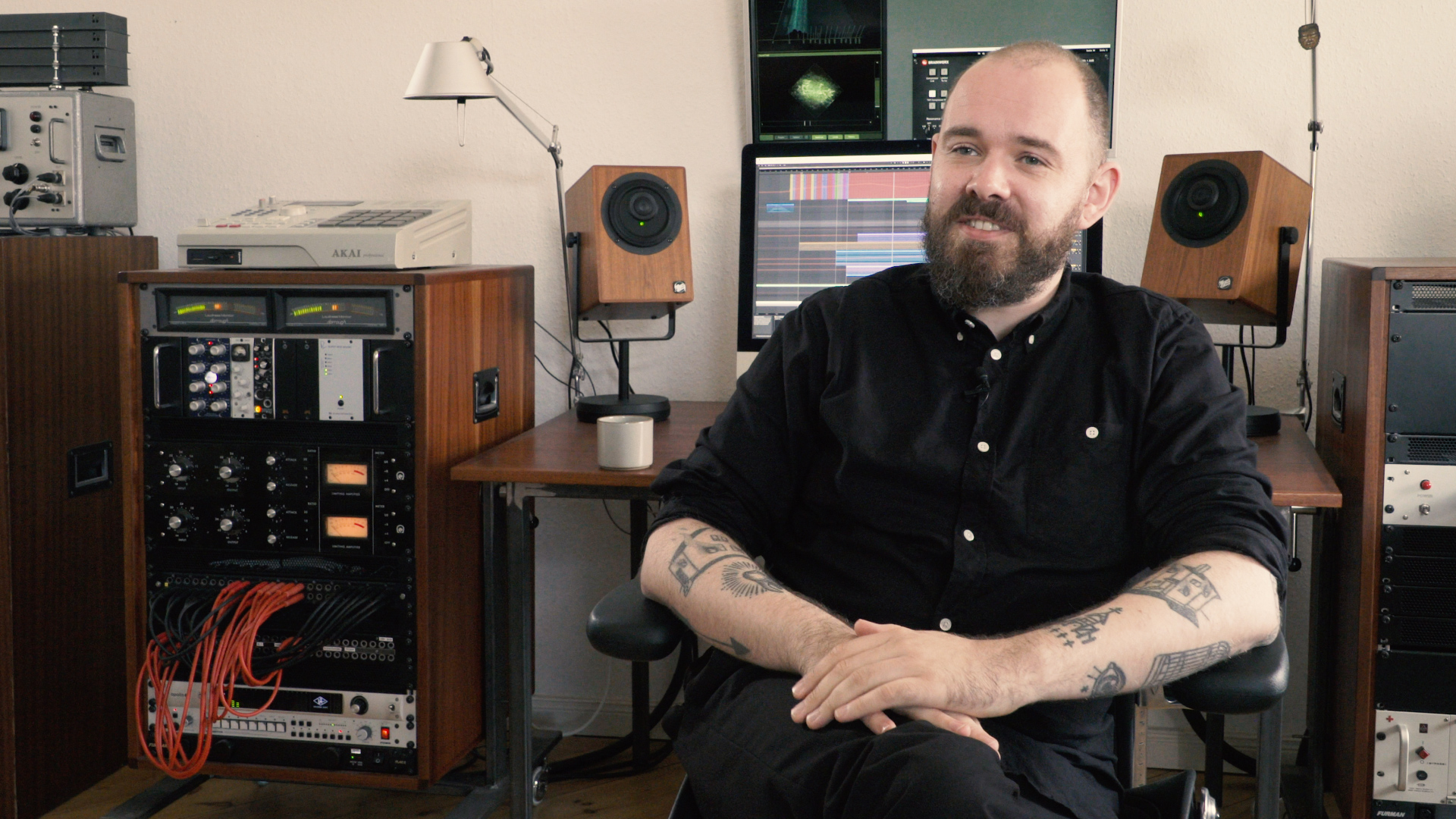
Ben Lukas BoysenMusician
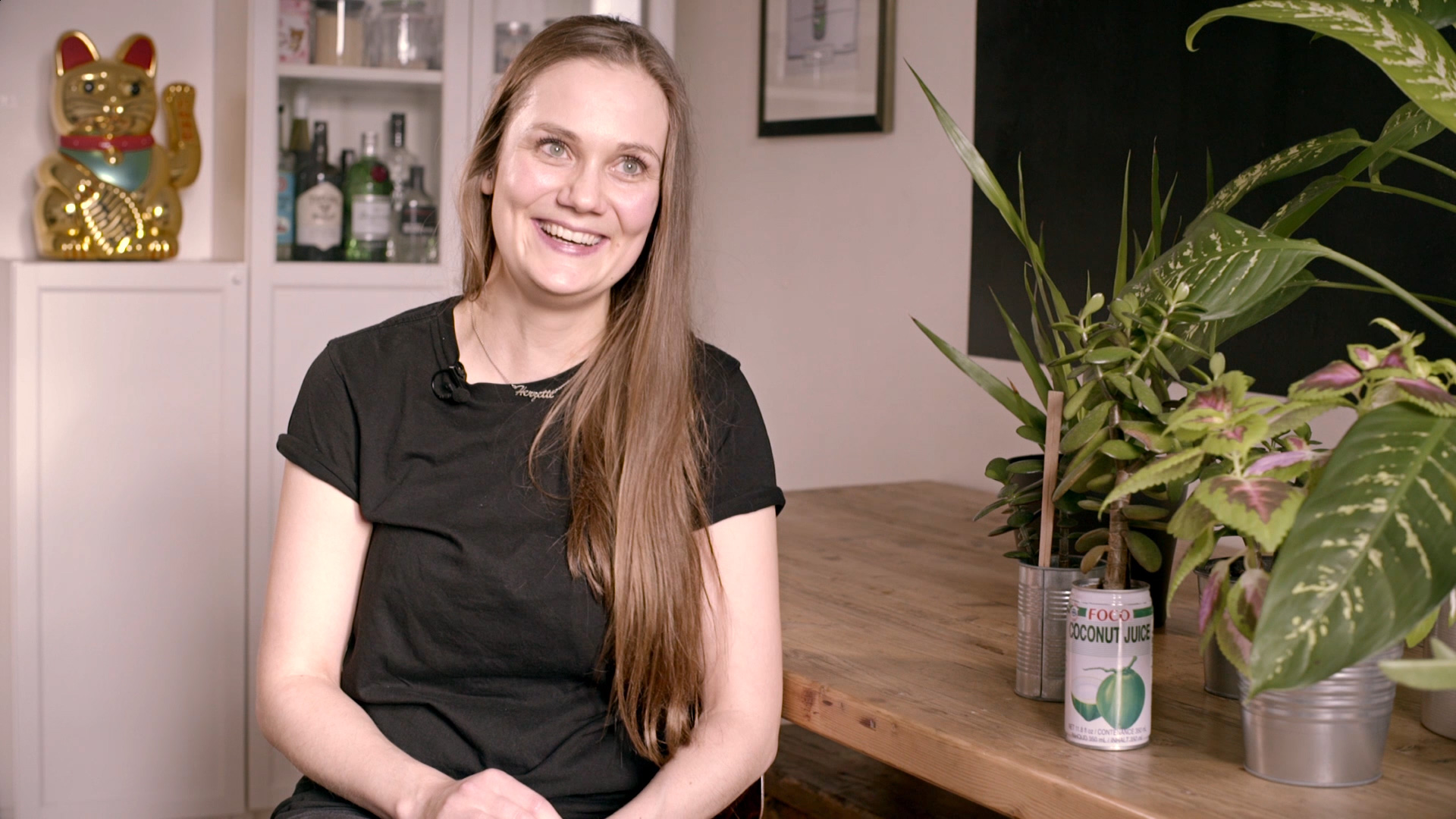
Henriette RietzVisual Storytellerin & Designerin
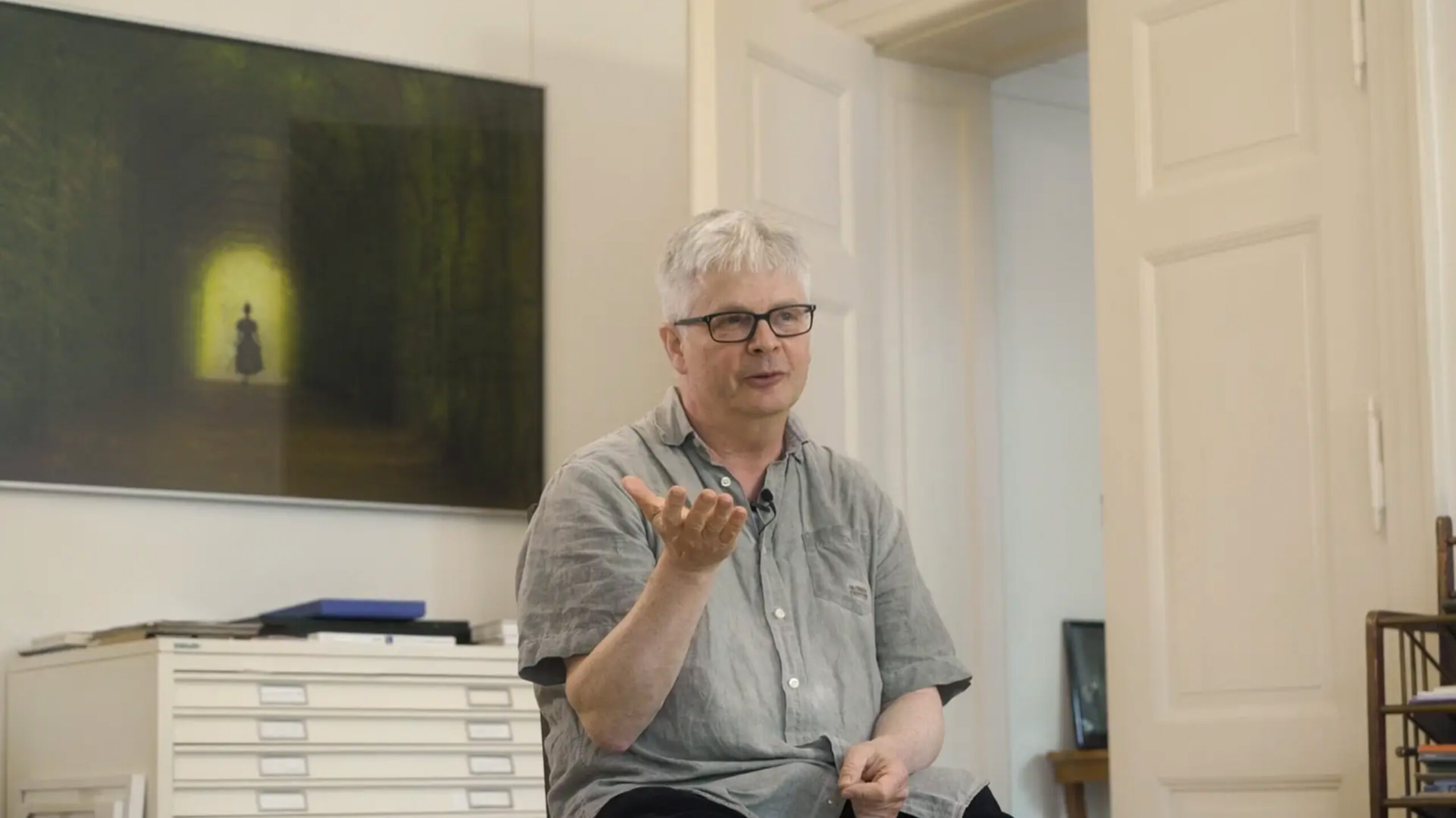
Prof. Matthias LeupoldFotograf
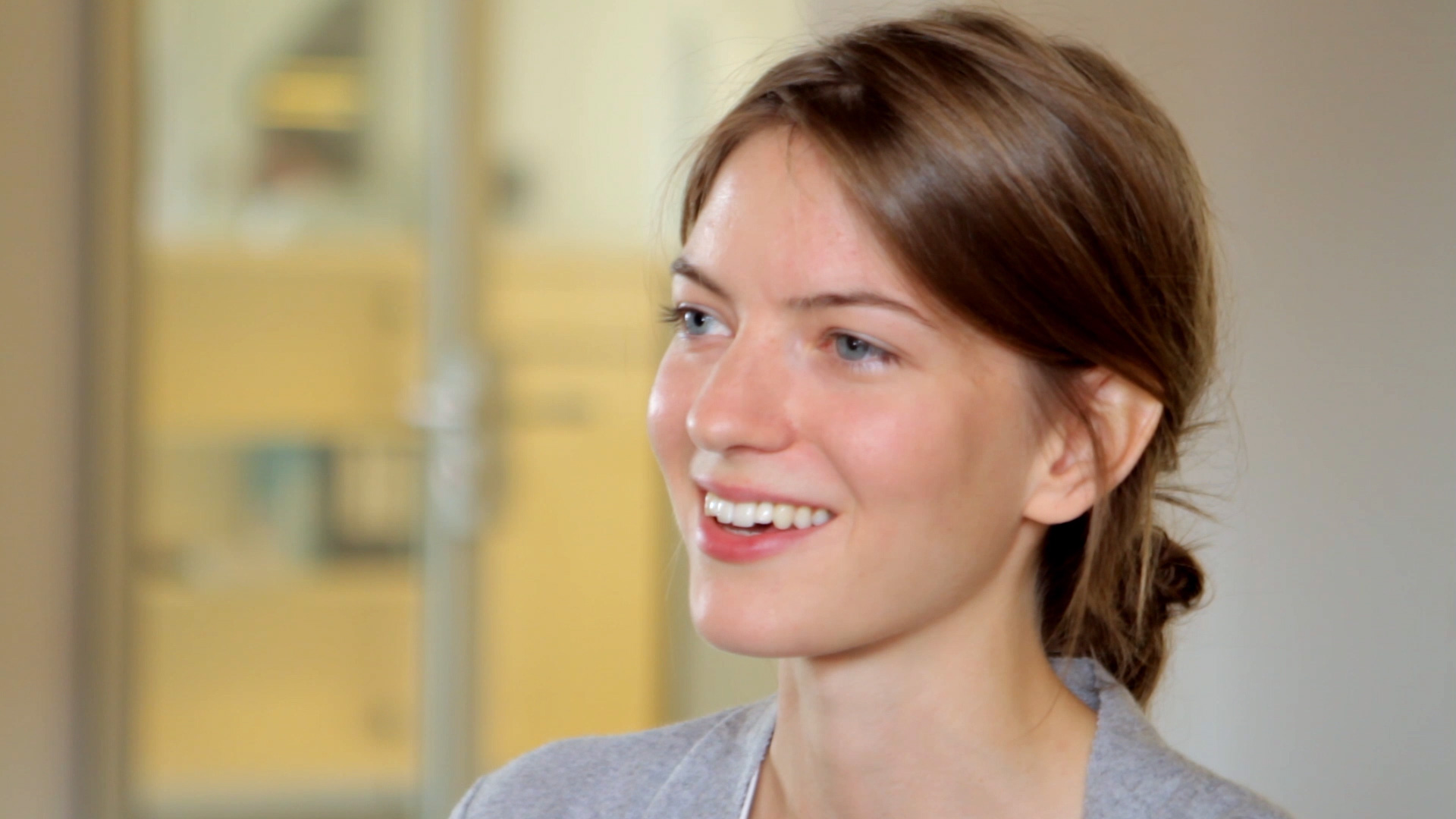
Maria GrejcIllustratorin
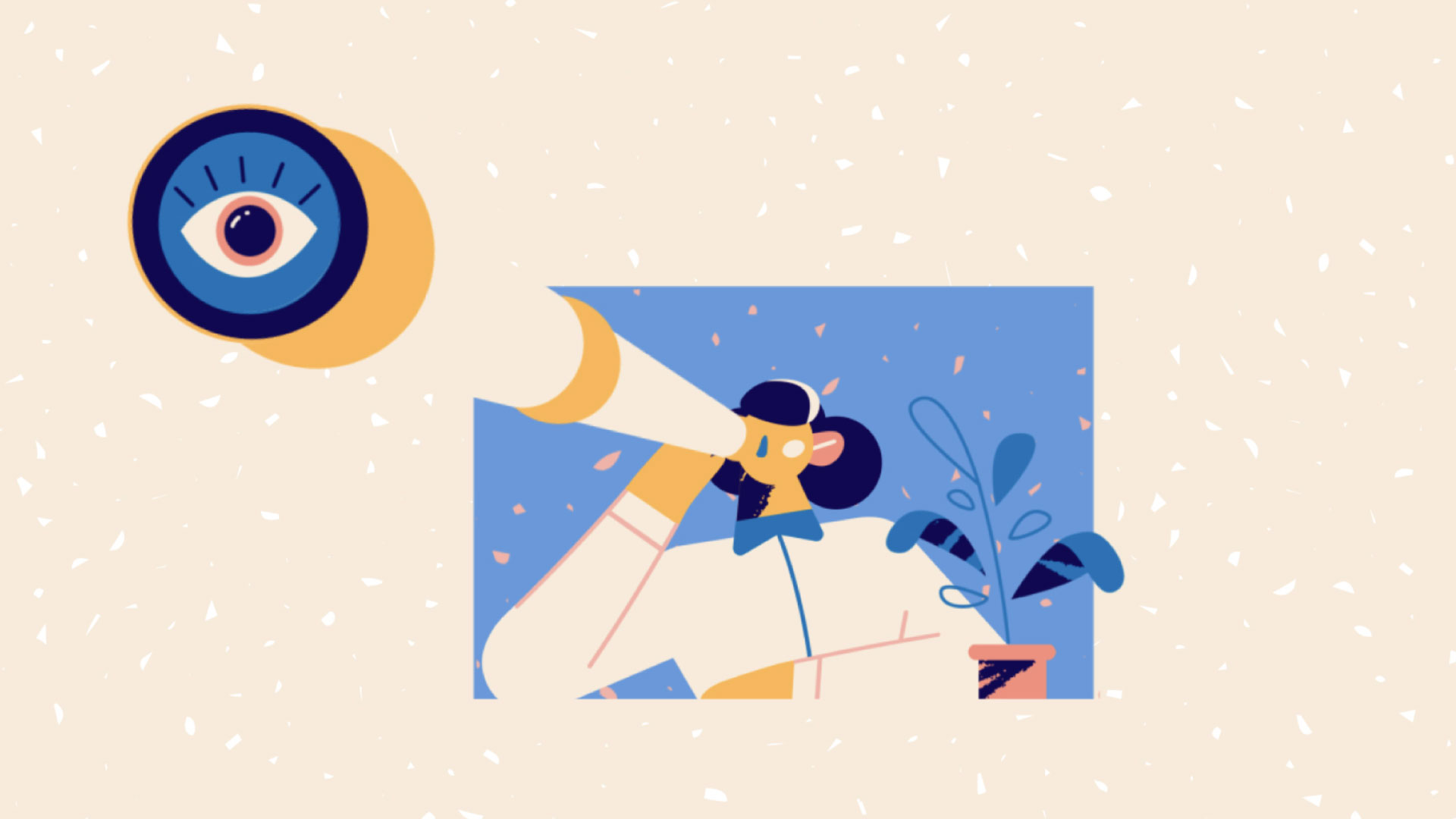
Dinos & TeacupsIllustration & Animation Studio
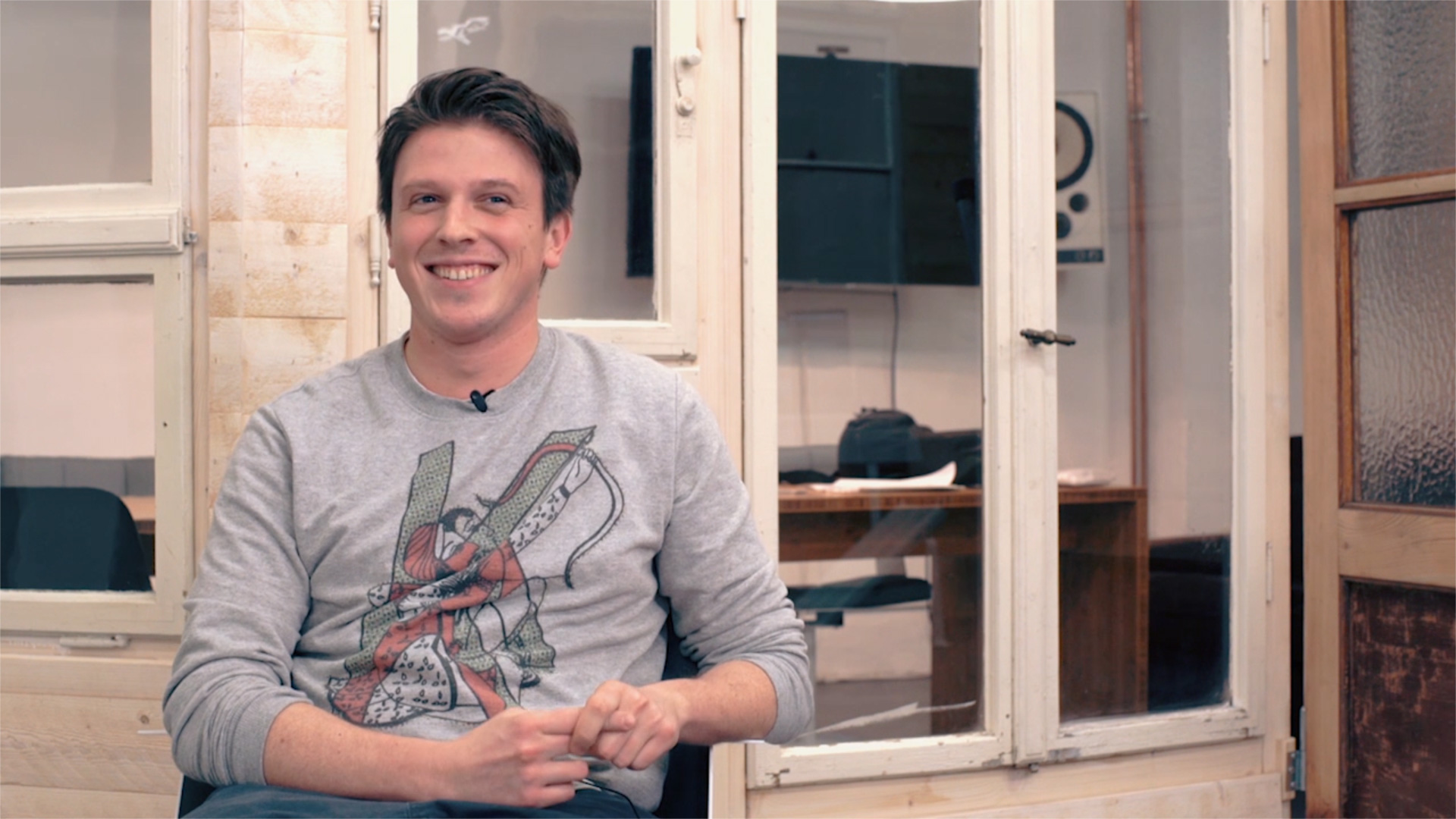
Sebastian von GumpertHead of Production
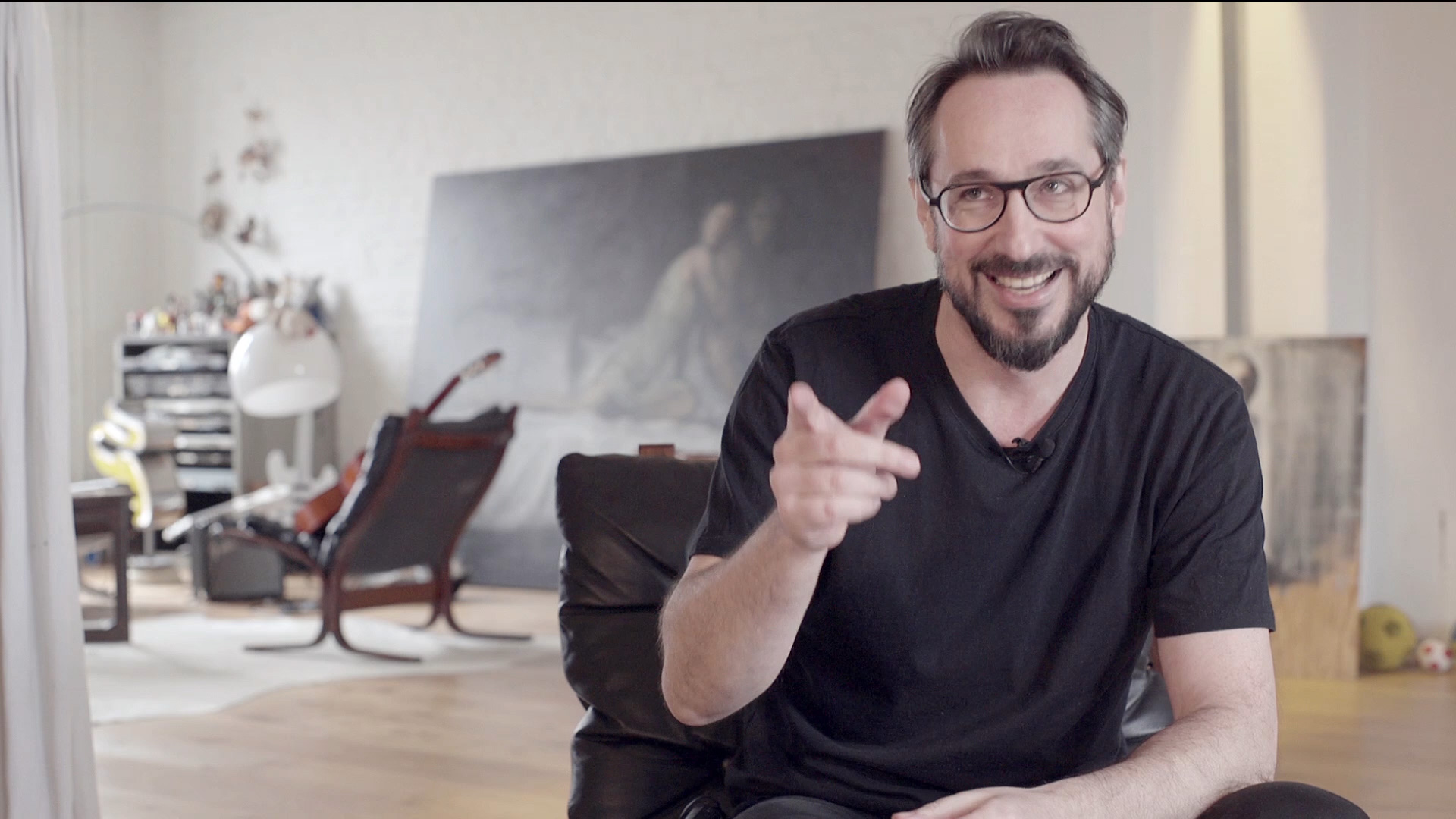
Fons HickmannGestalter & Autor
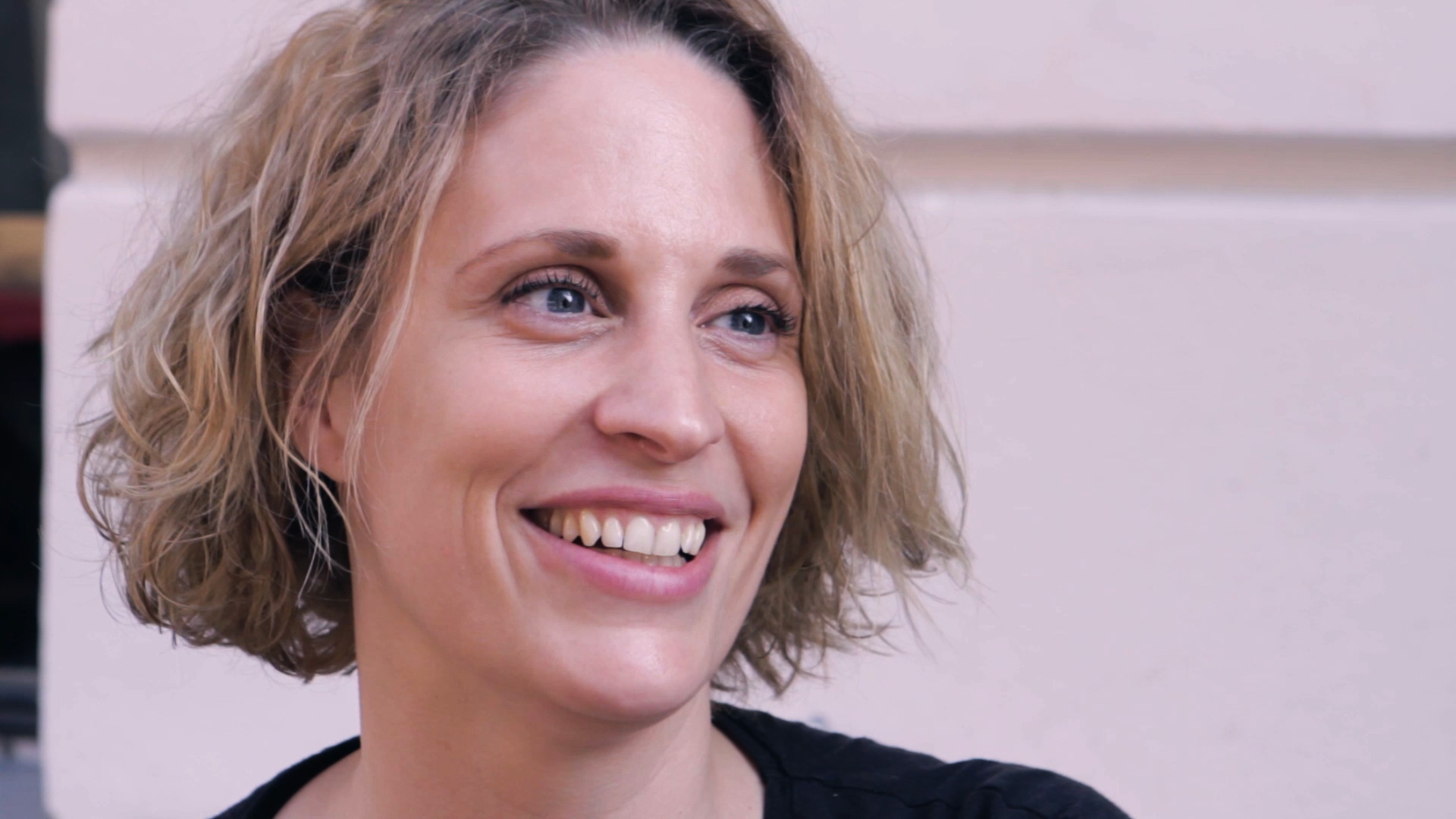
Pia DjukicFilmemacherin
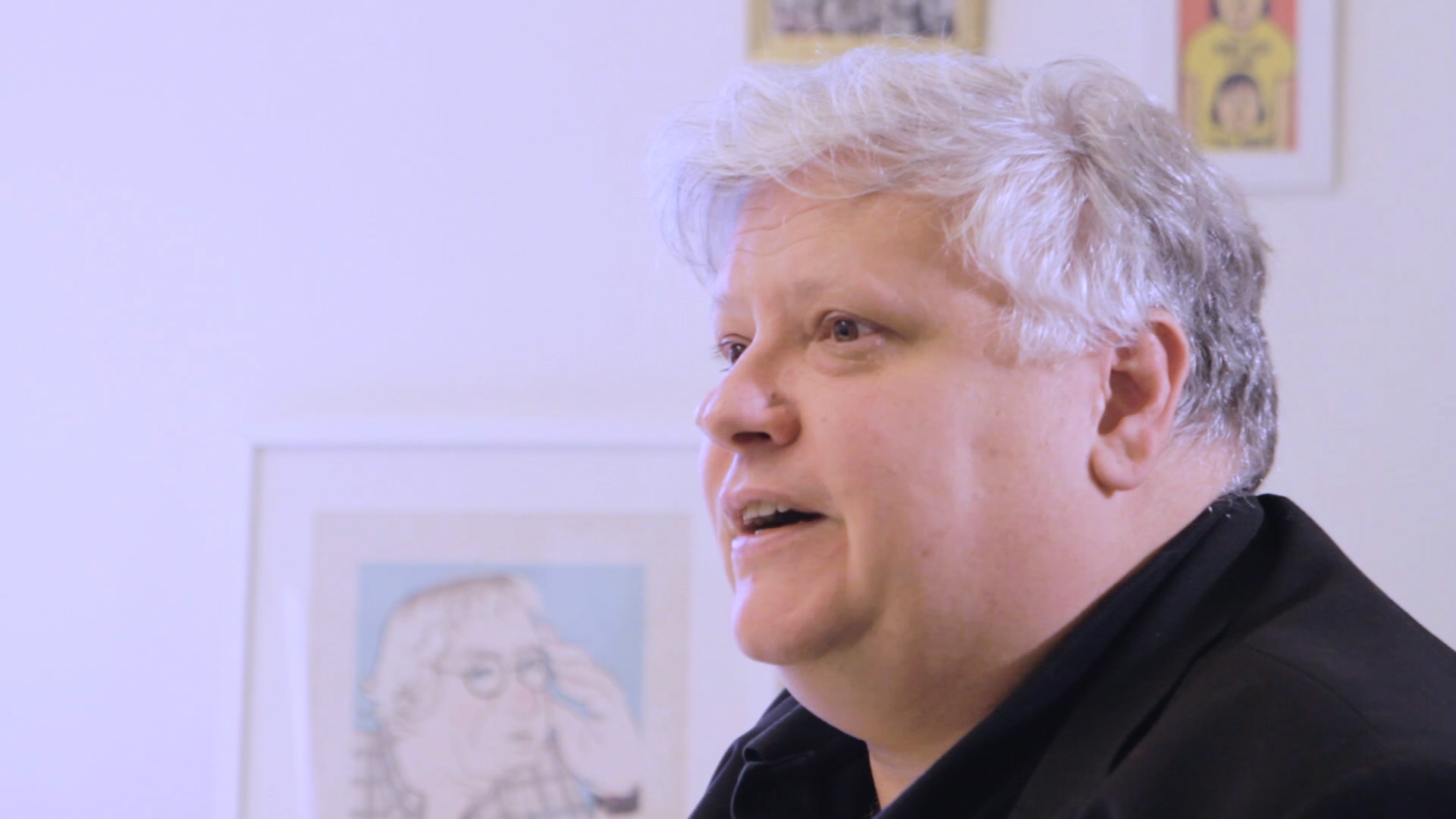
Zoran BihacFilmemacher
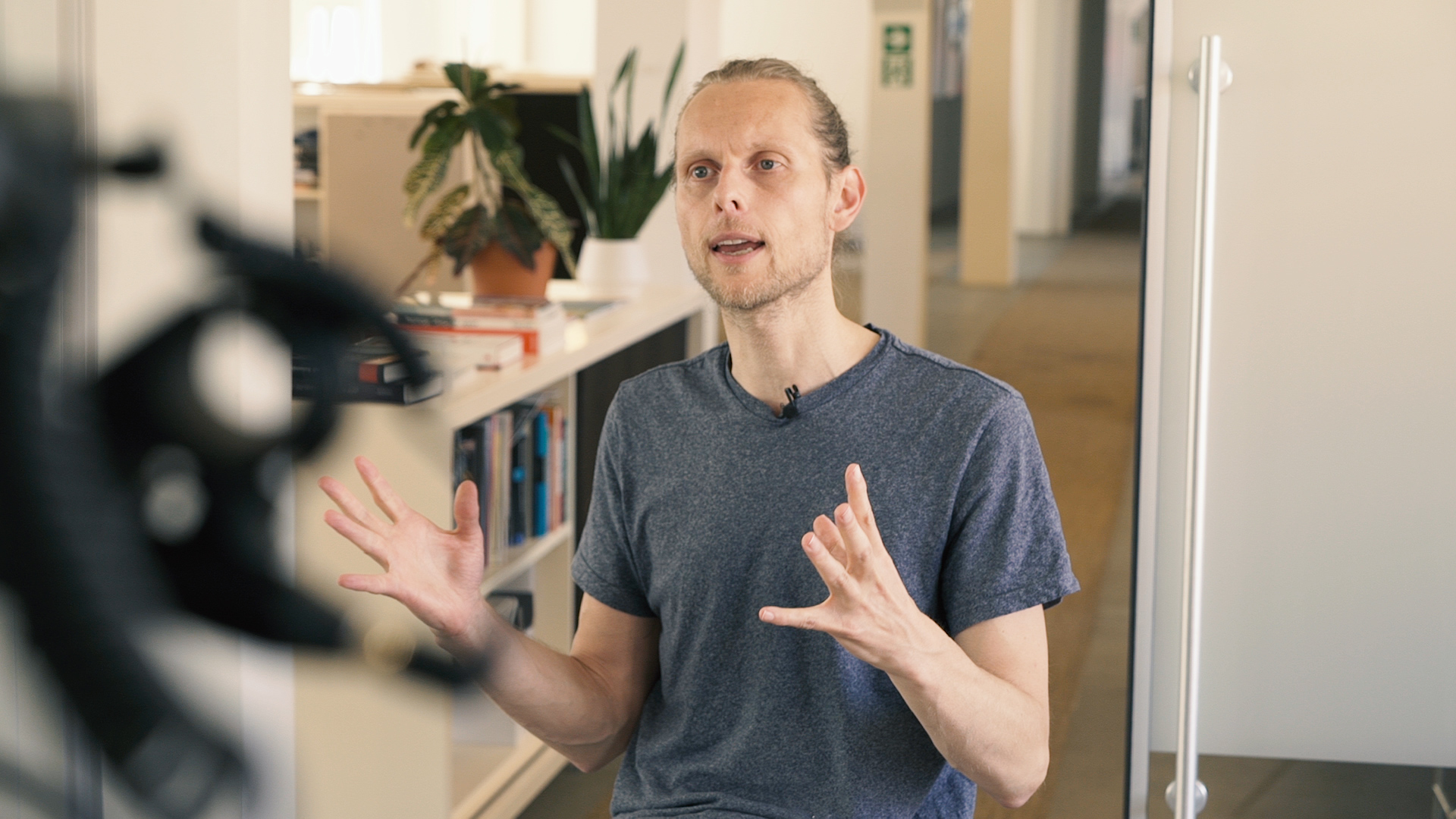
Christen BachAnimator
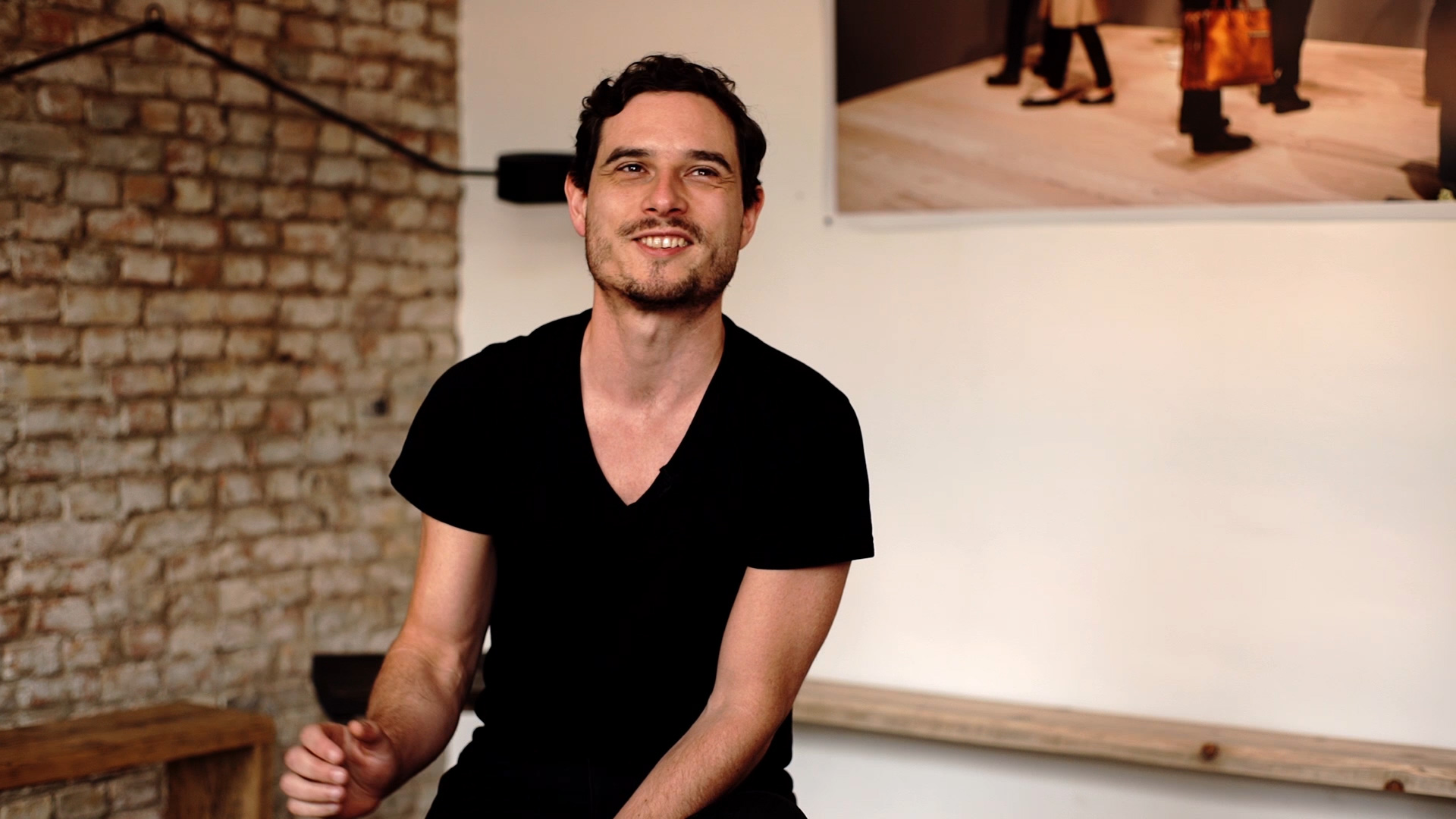
Jens BlankDirector & Designer
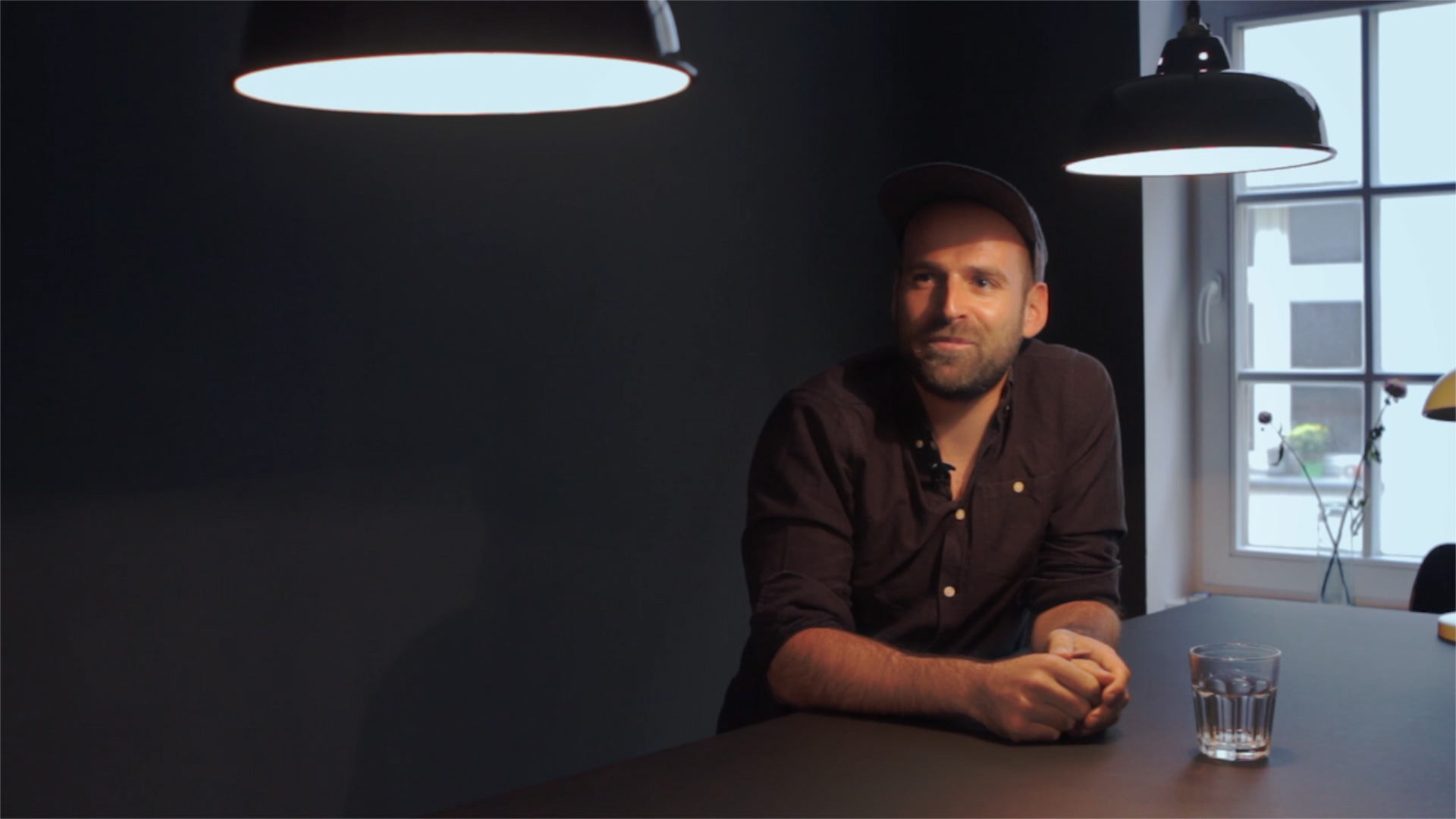
Thorsten Konradfreier Director & Creative Director

JR CanestAnimator & Creative Director
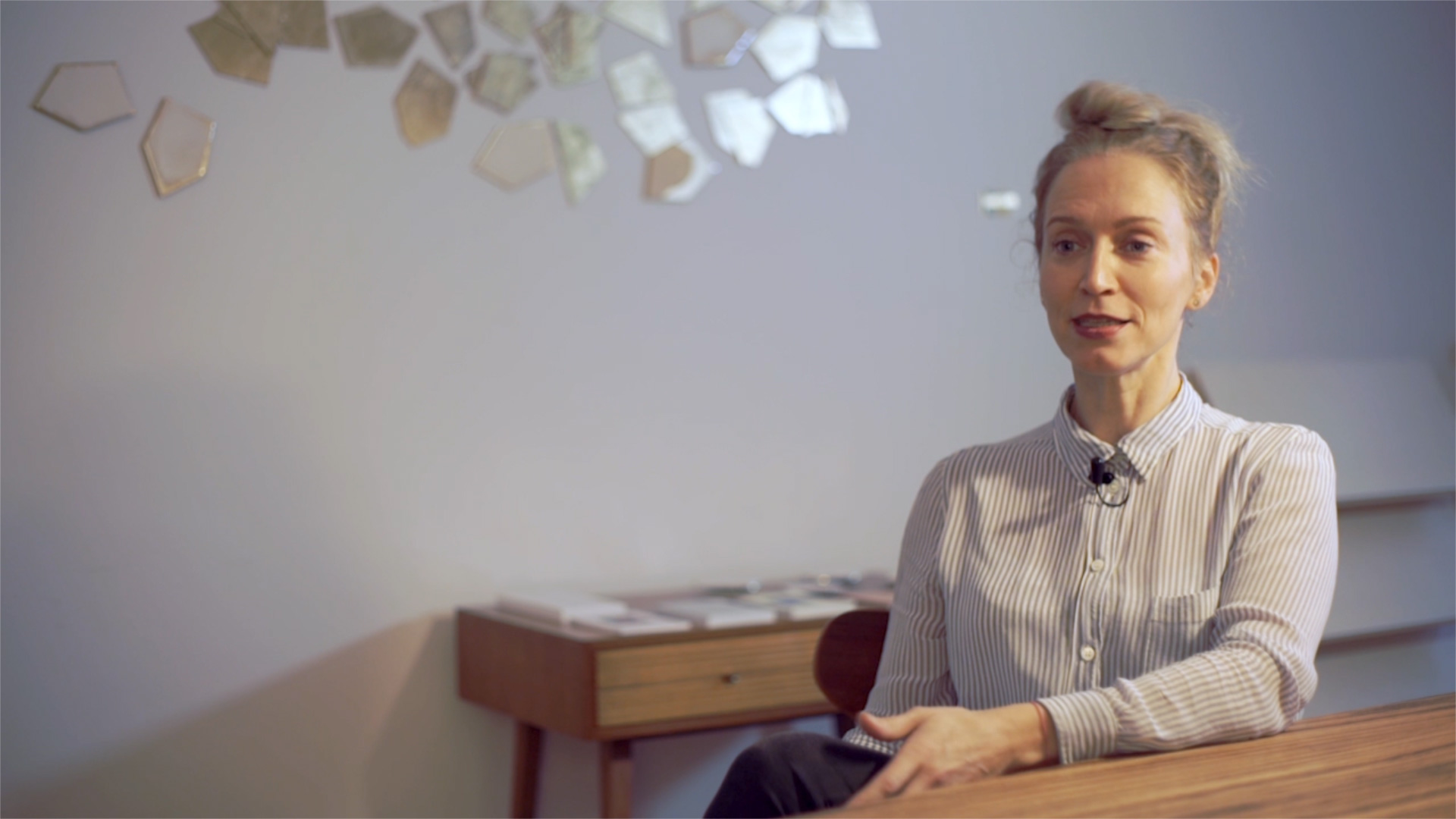
Prof. Sonja UmstätterFilmemacherin
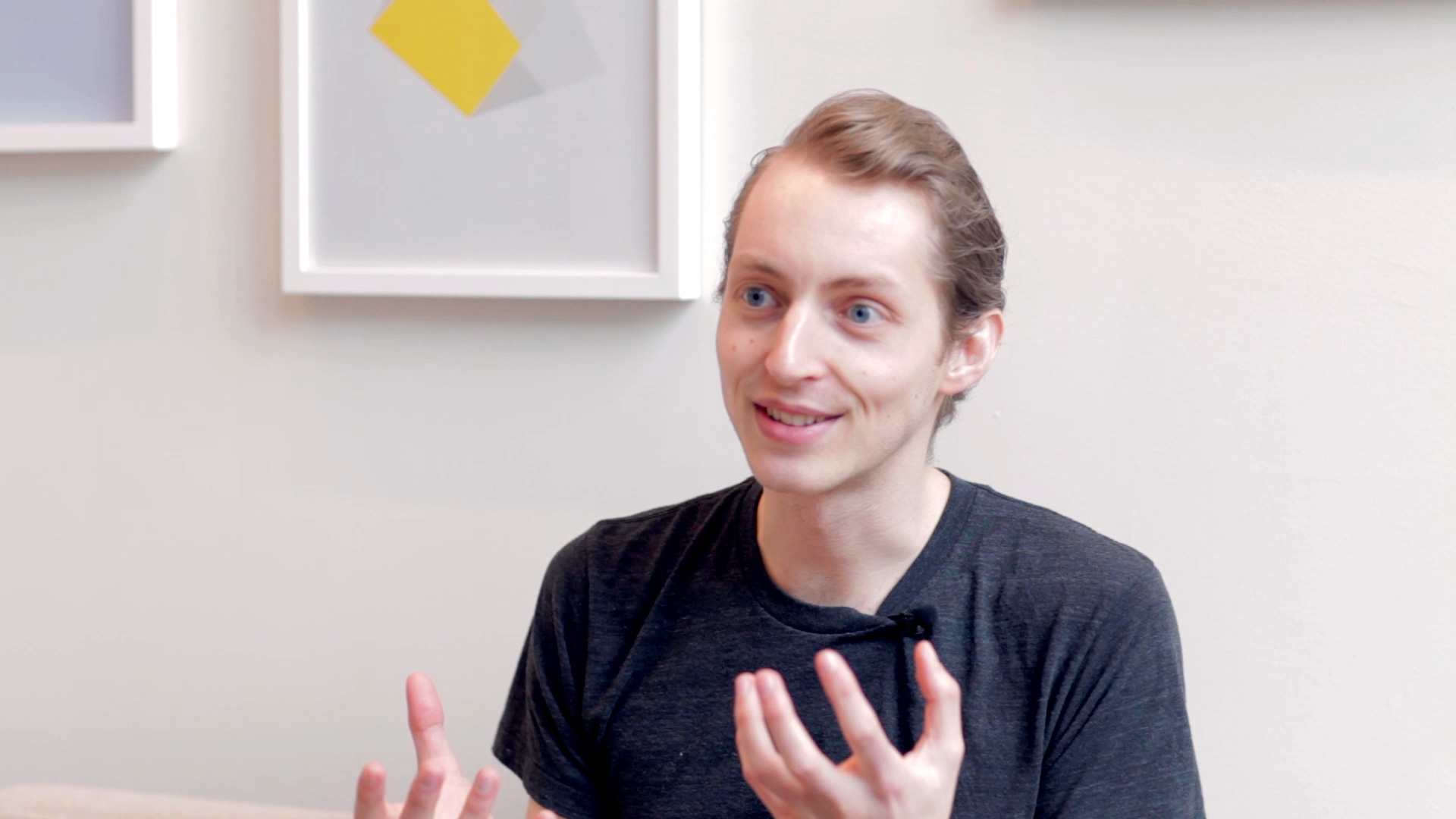
Sander van DijkDesigner & Animator
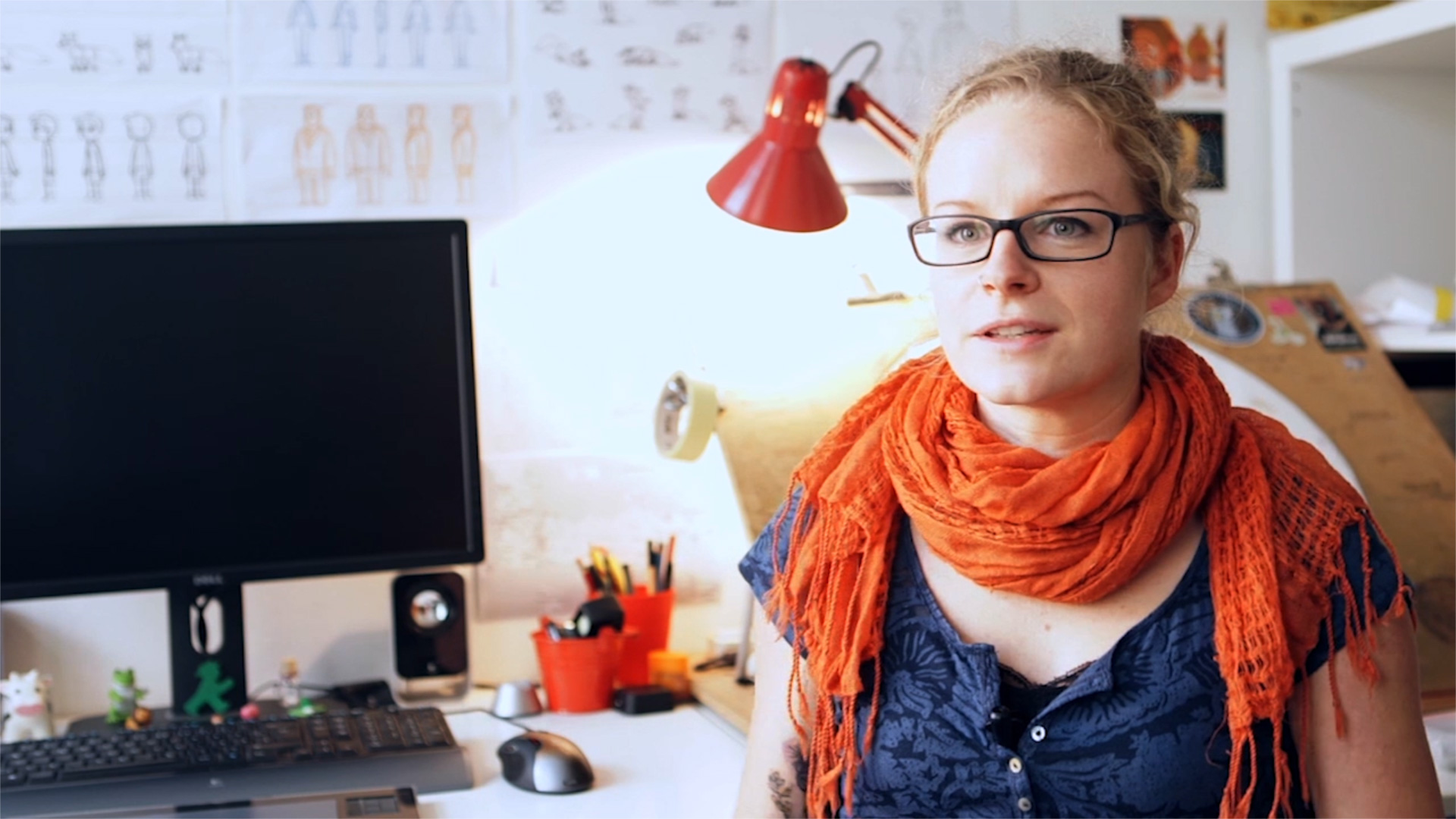
Pauline KortmannDirectorin & Animatorin
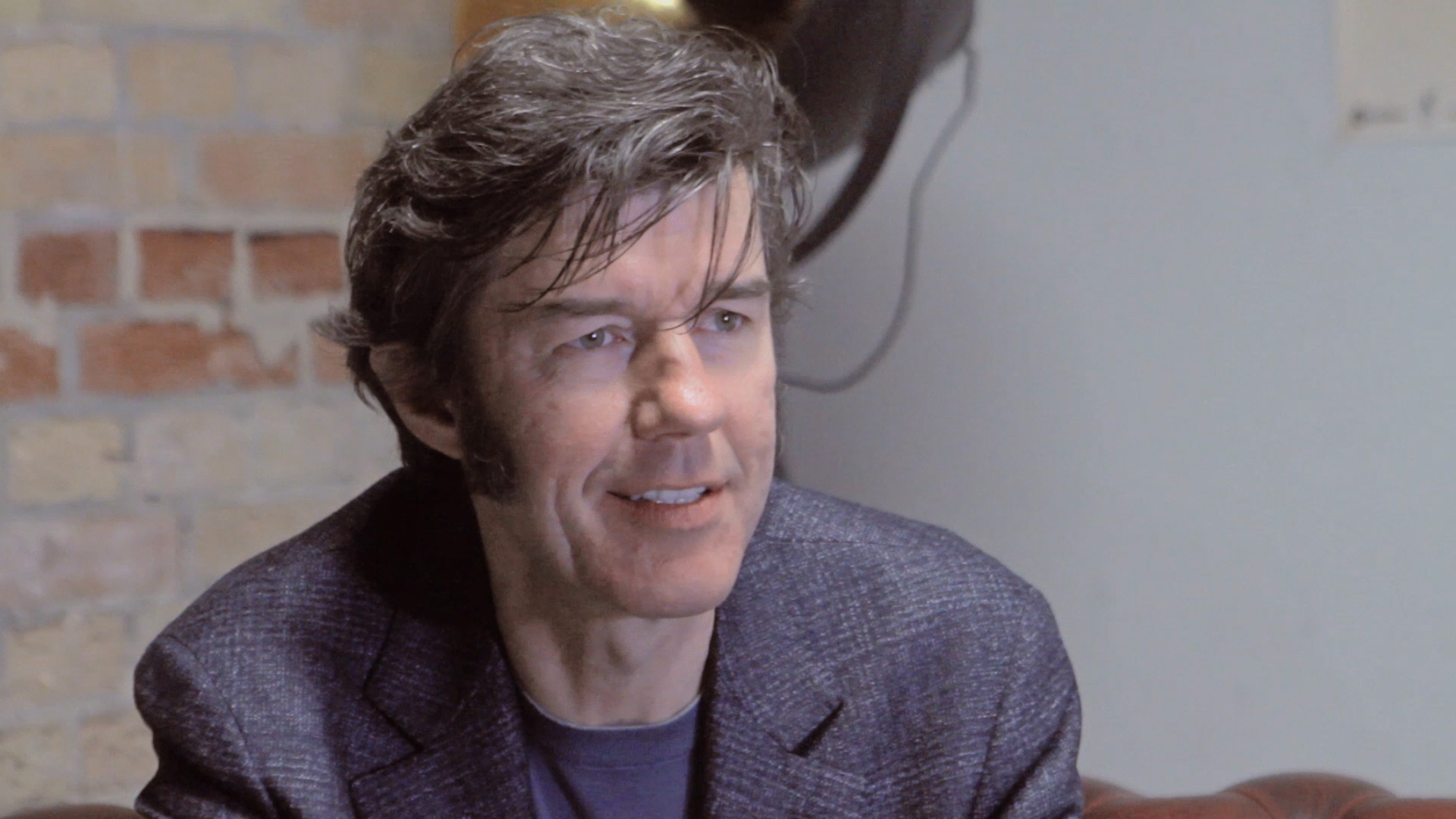
Stefan SagmeisterDesigner
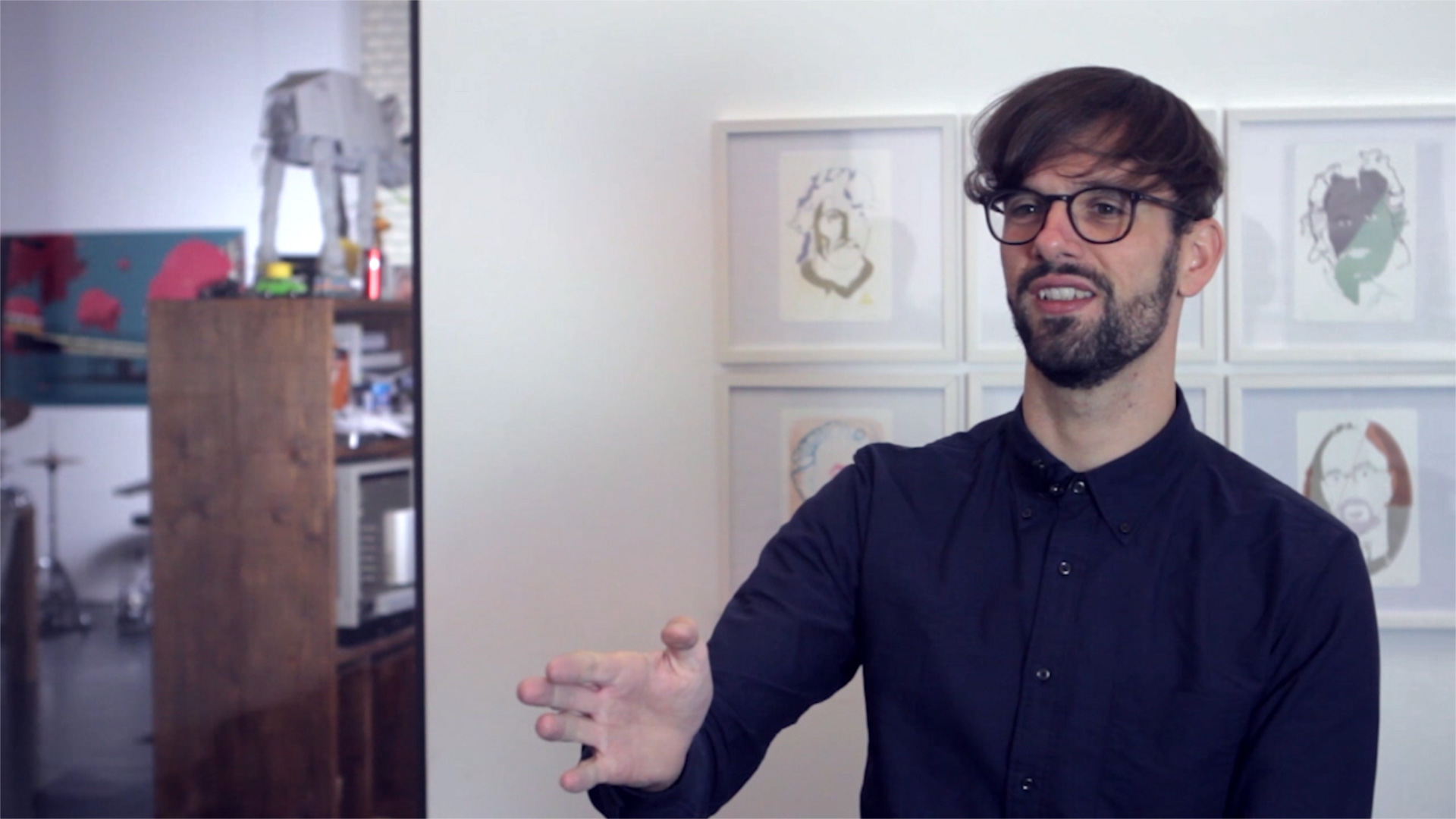
Mate SteinforthCreative Director
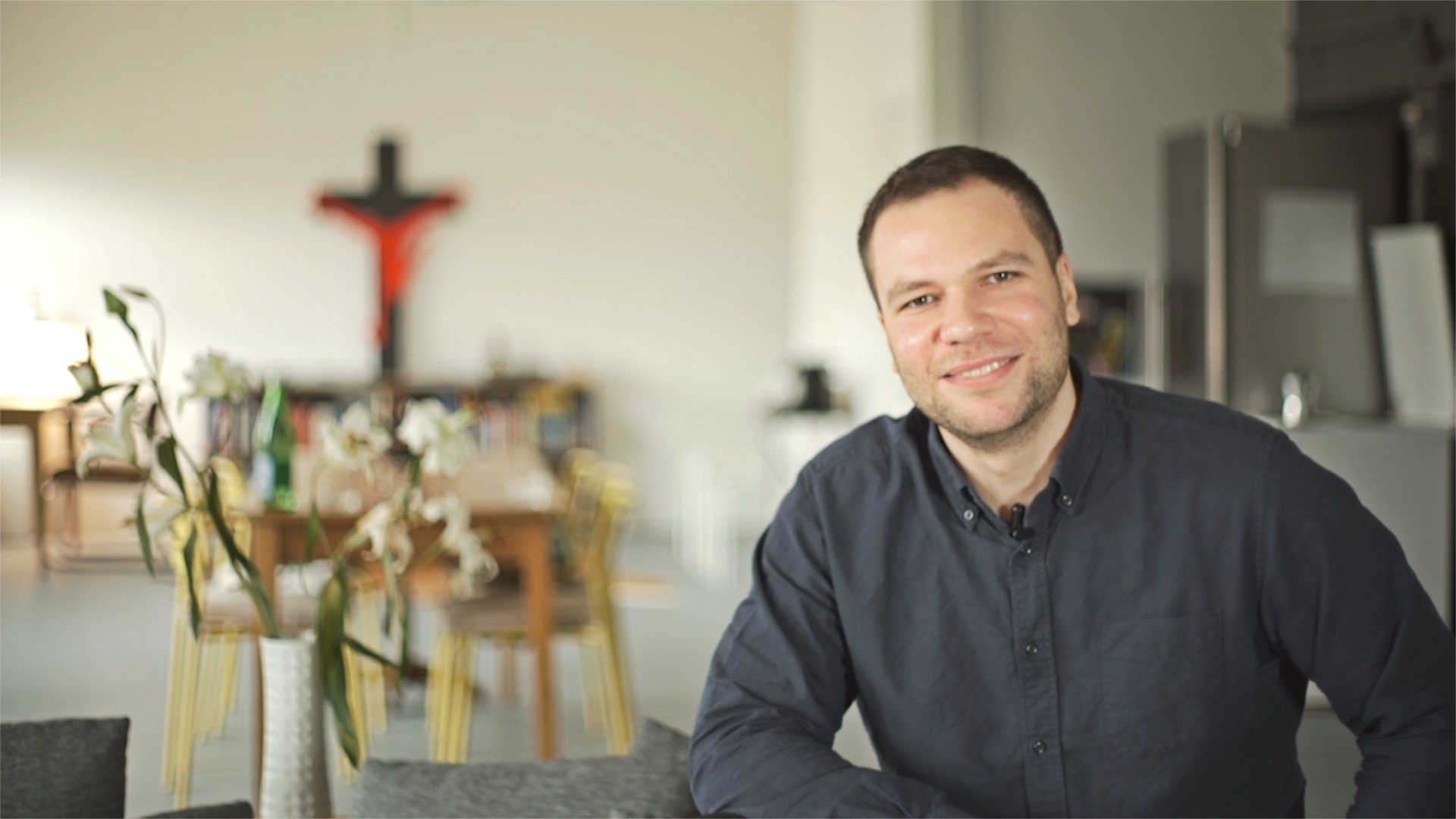
Chehad AbdallahDirector & Graphic Designer
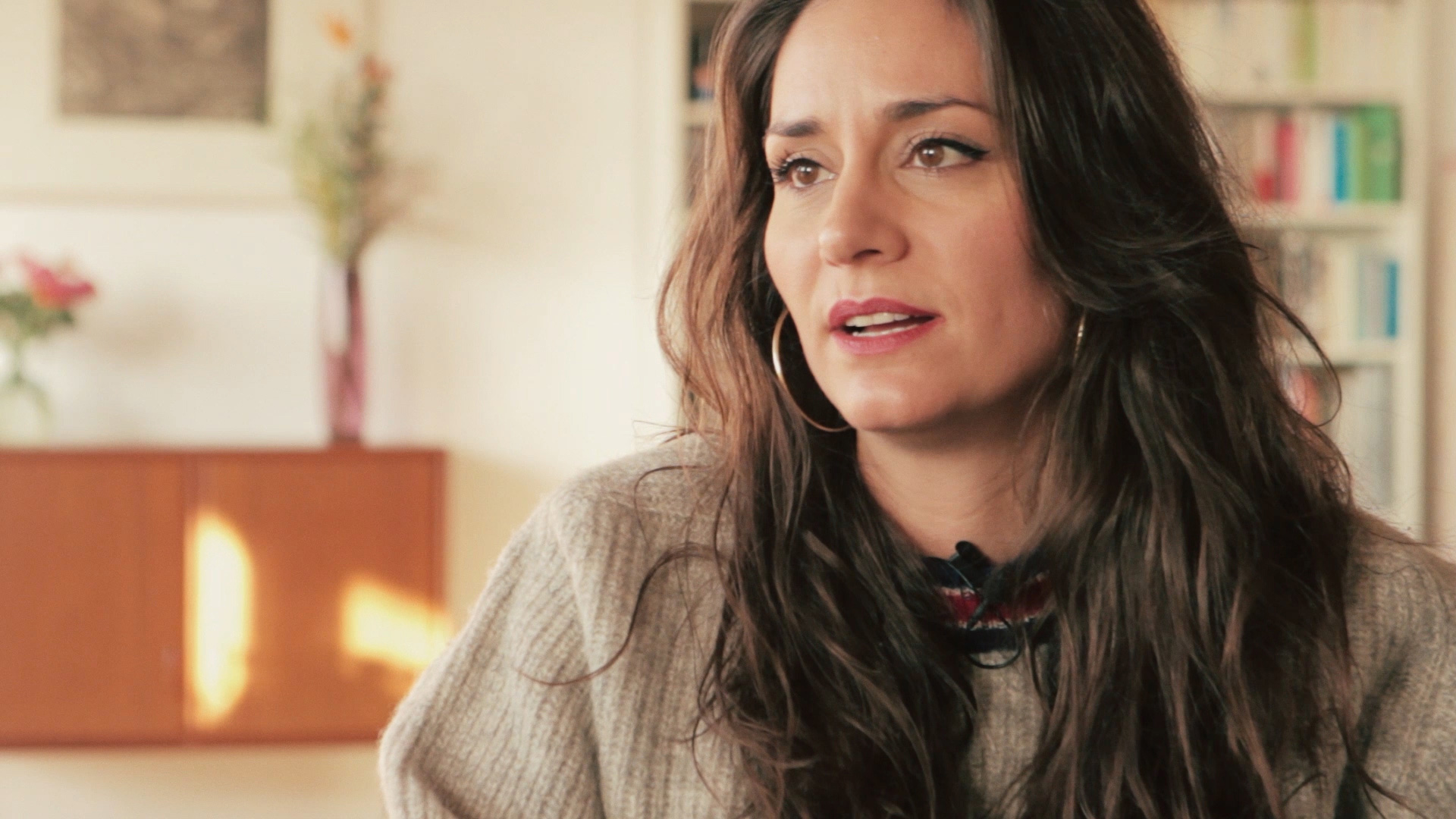
Sofia BavasRegisseurin & Filmemacherin
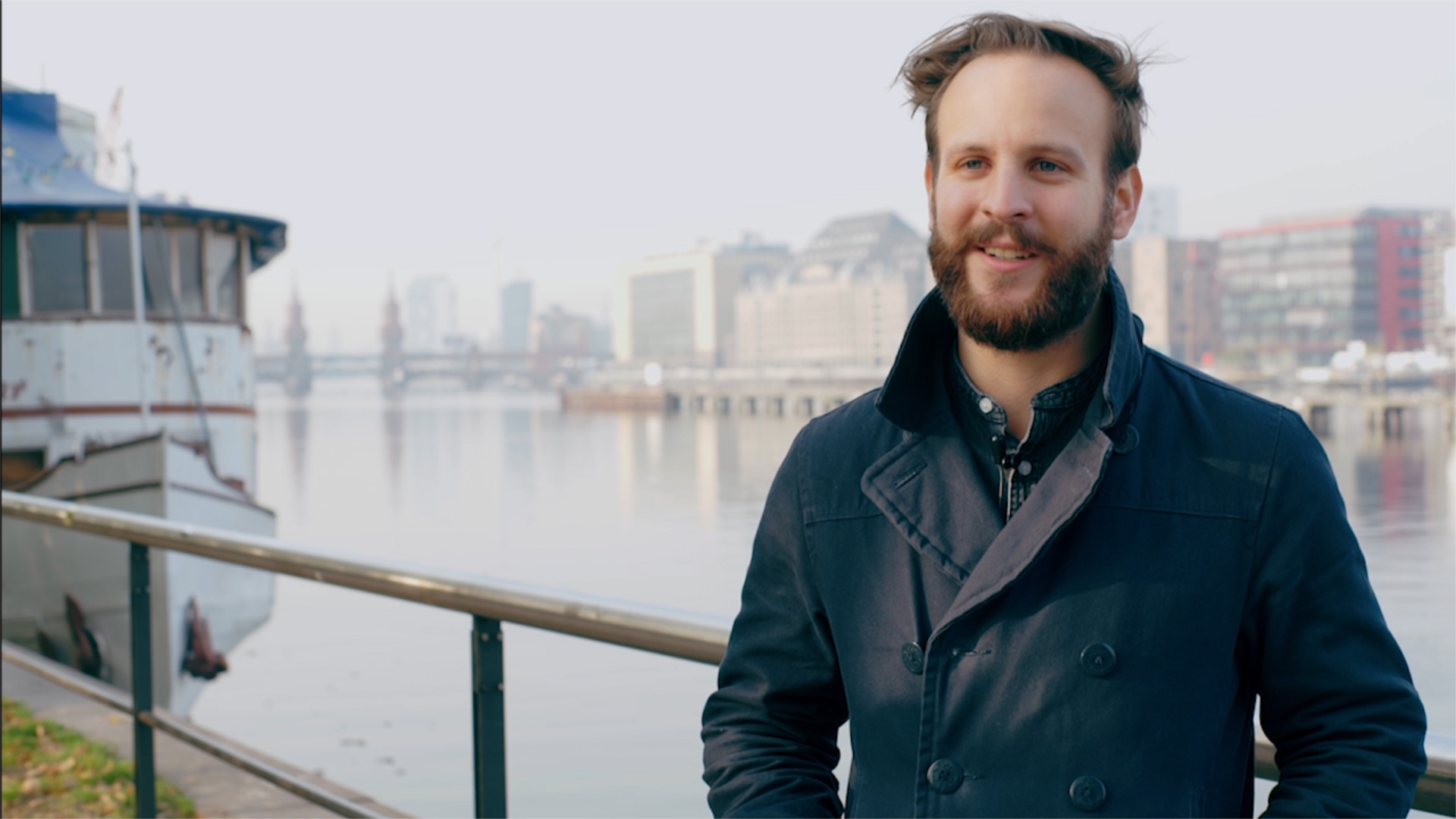
Daniel Rath3D Generalist
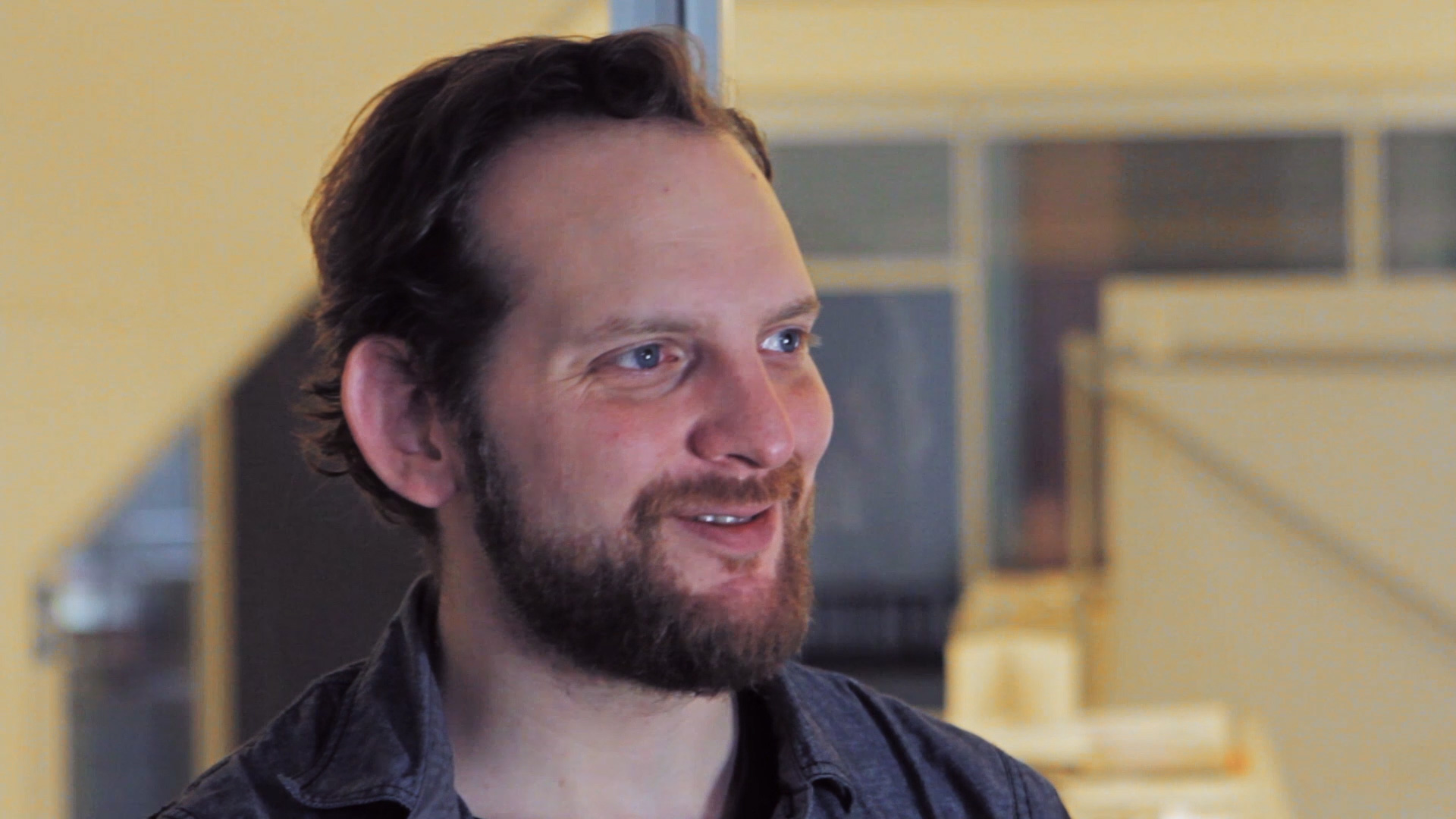
Tobias WüstefeldIllustrator & AnimatorTobias Wüstefeld
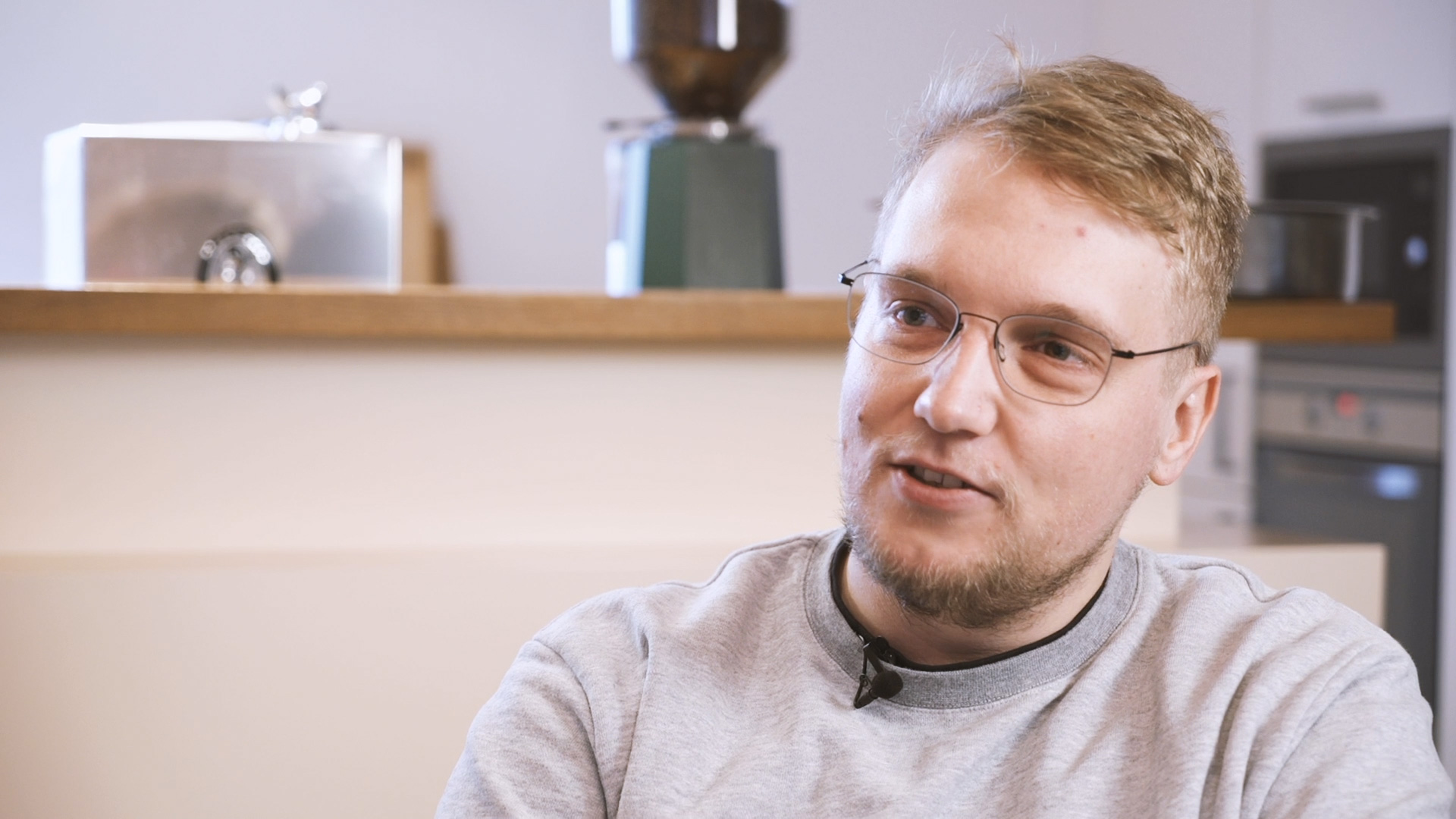
DOZ9Musiker
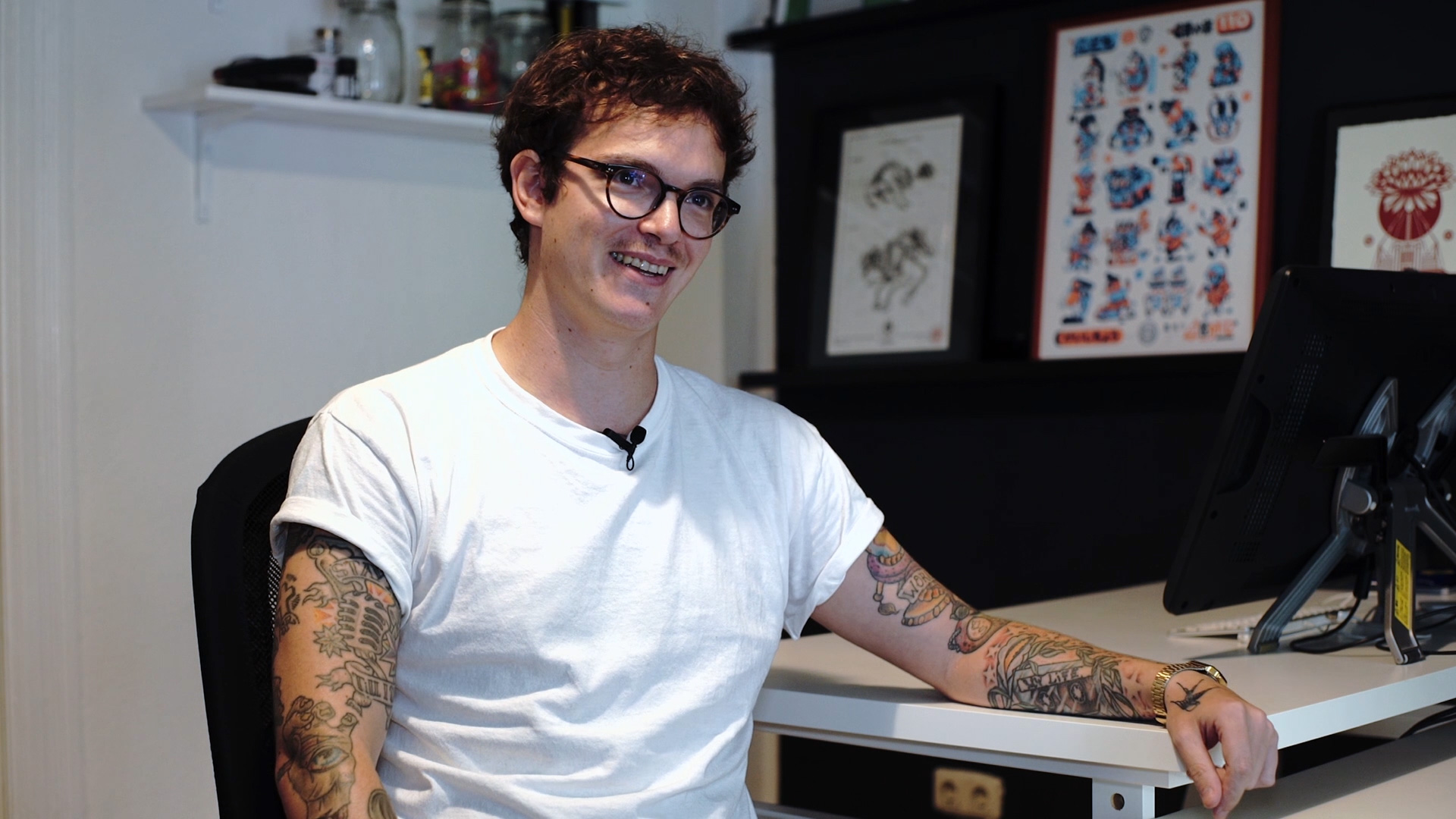
Florian SchommerIllustrator
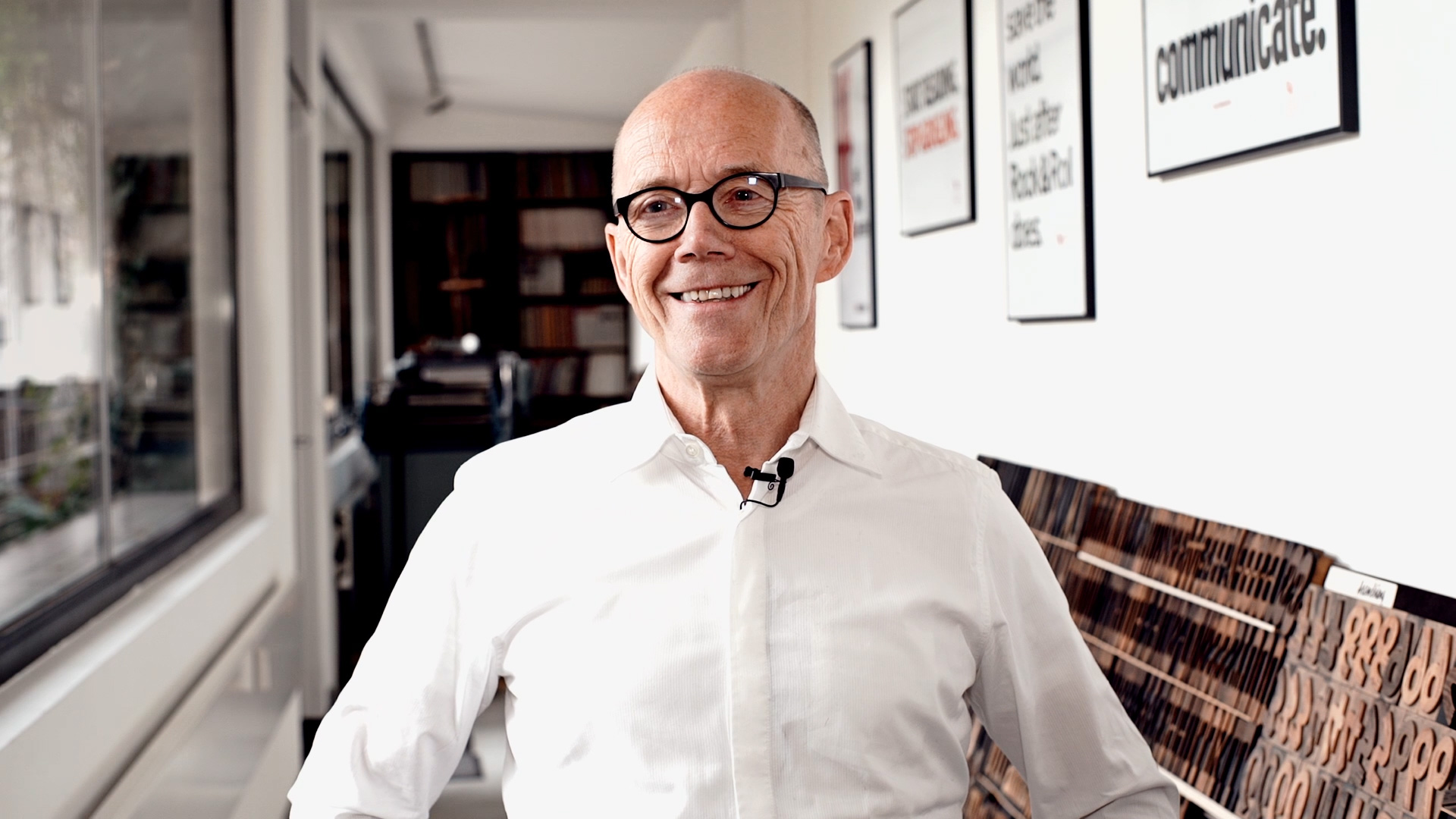
Erik SpiekermannGestalter
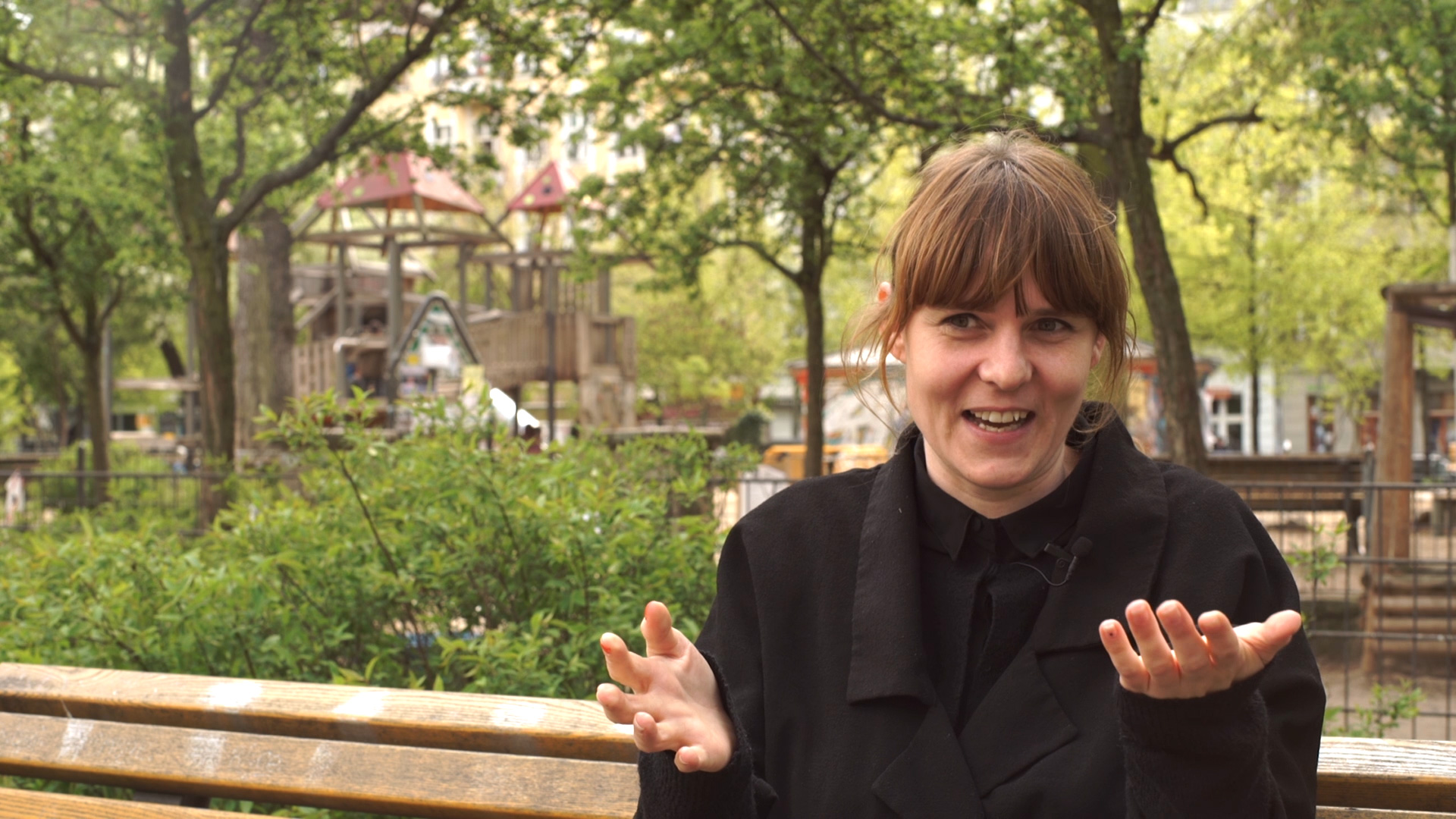
Larissa HonsekKreativdirektorin
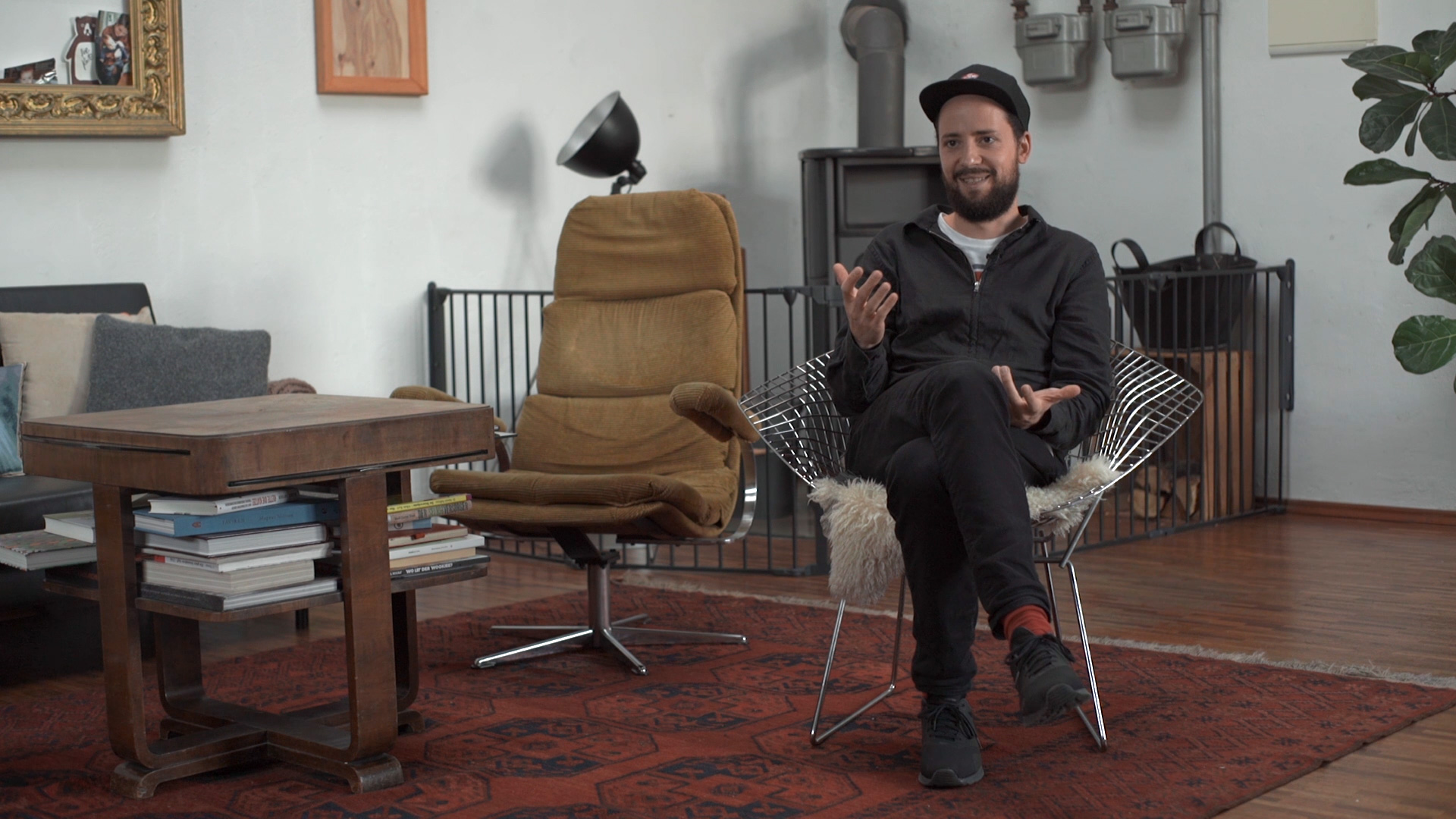
Philipp KässbohrerFilmemacher
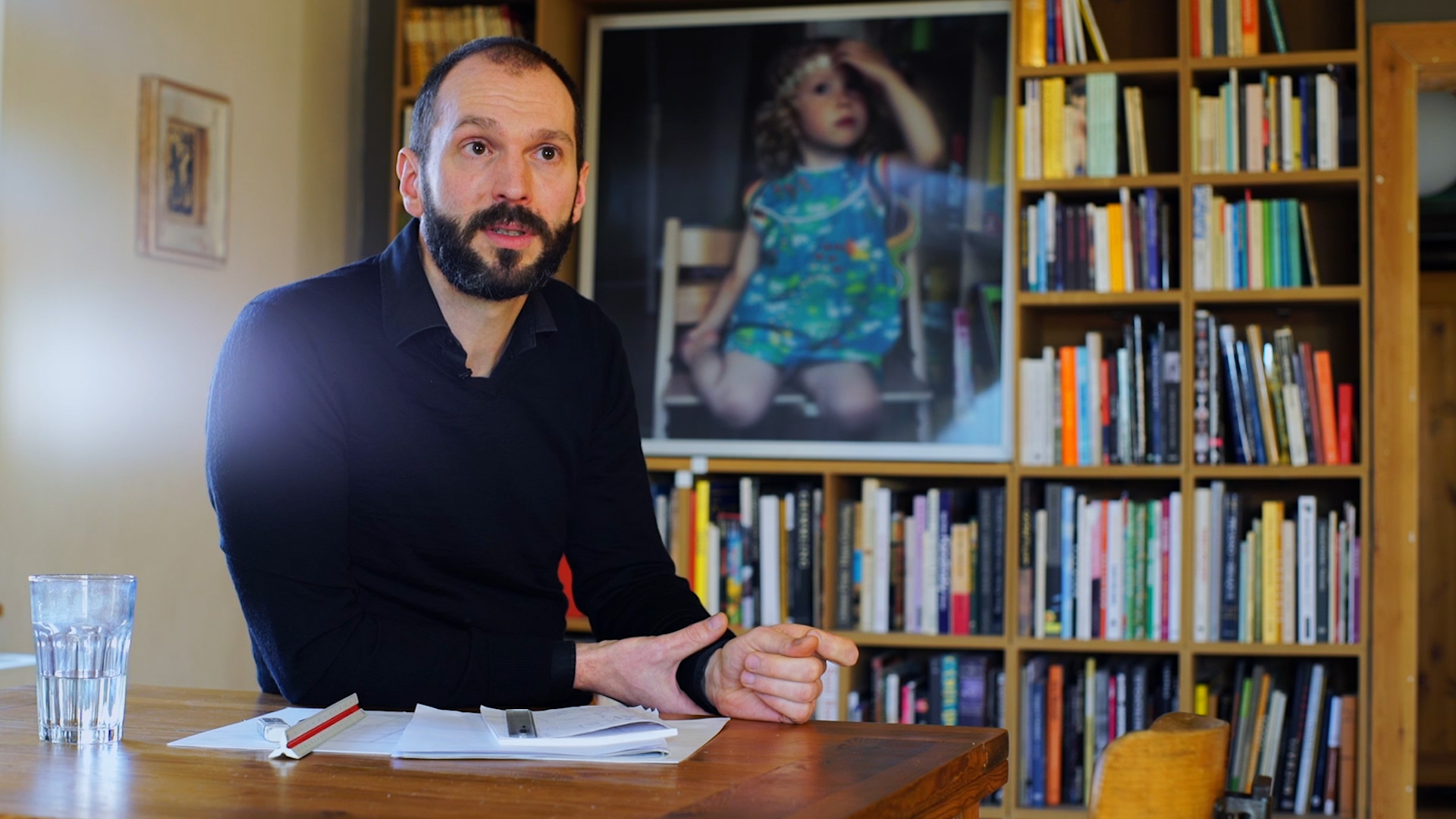
Prof. Christian MahlerProfessor für Motion Design
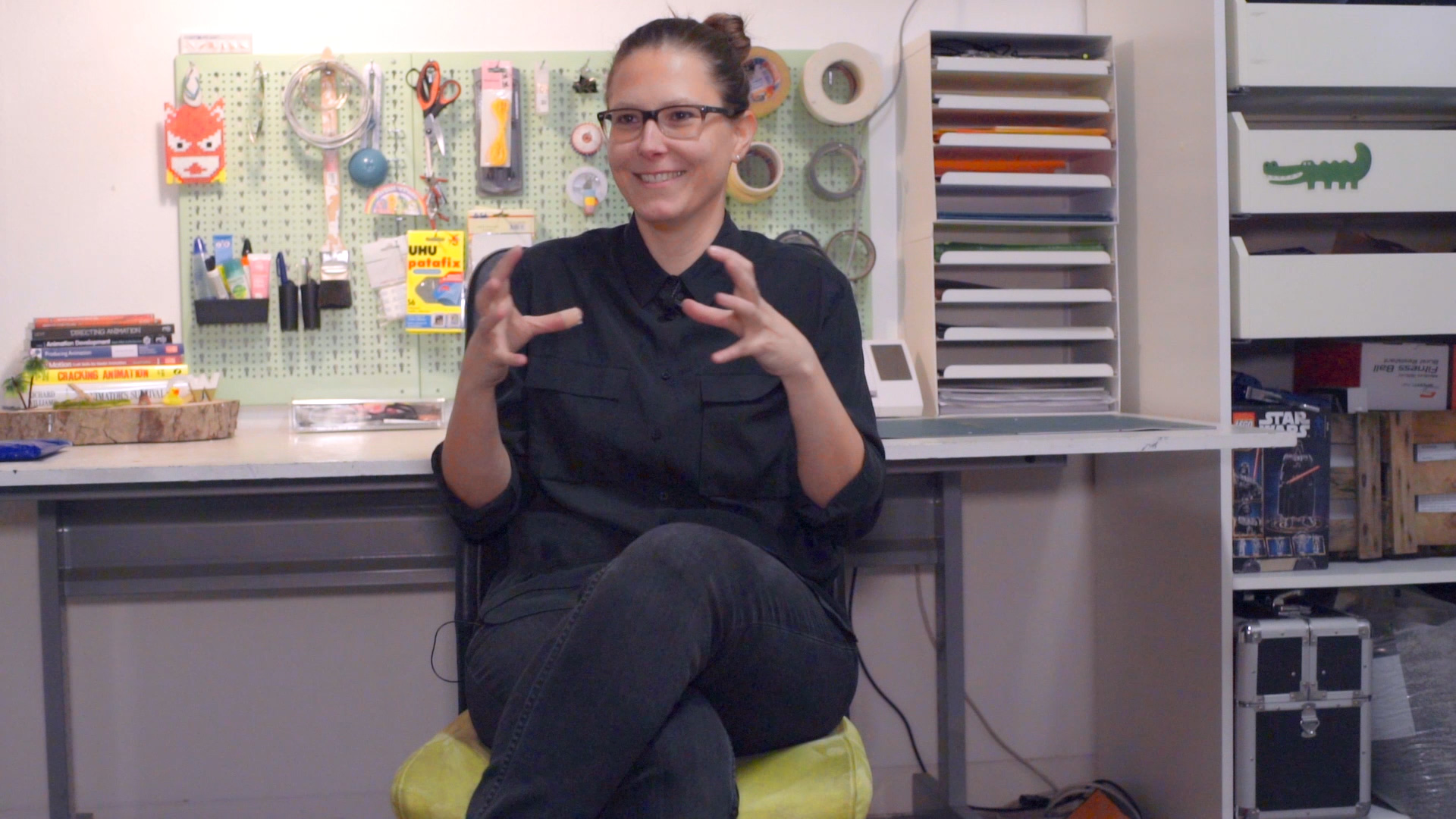
Cris WiegandtStop-Motion Animatorin
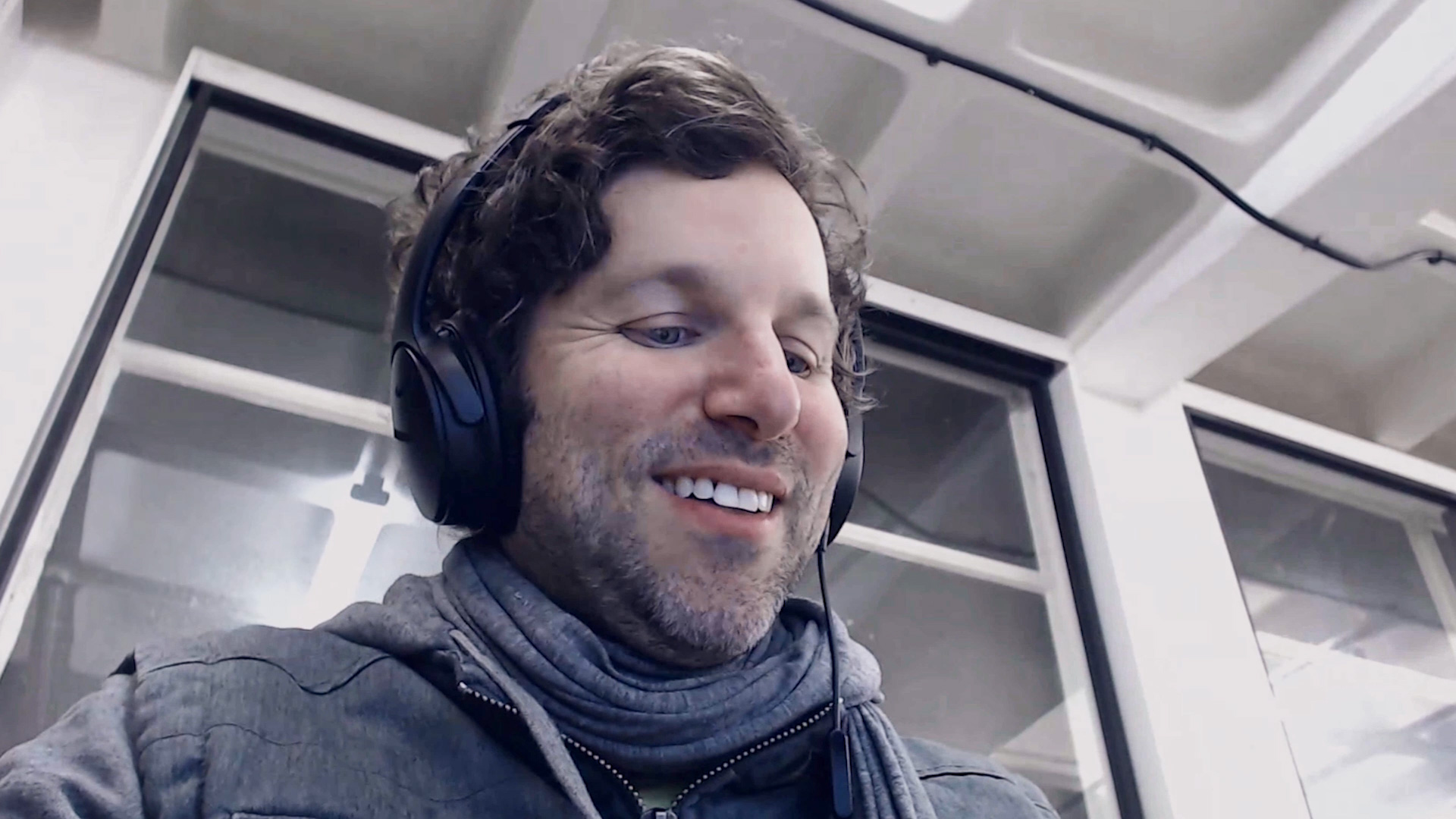
Bradley G. MunkowitzDesigner & Director
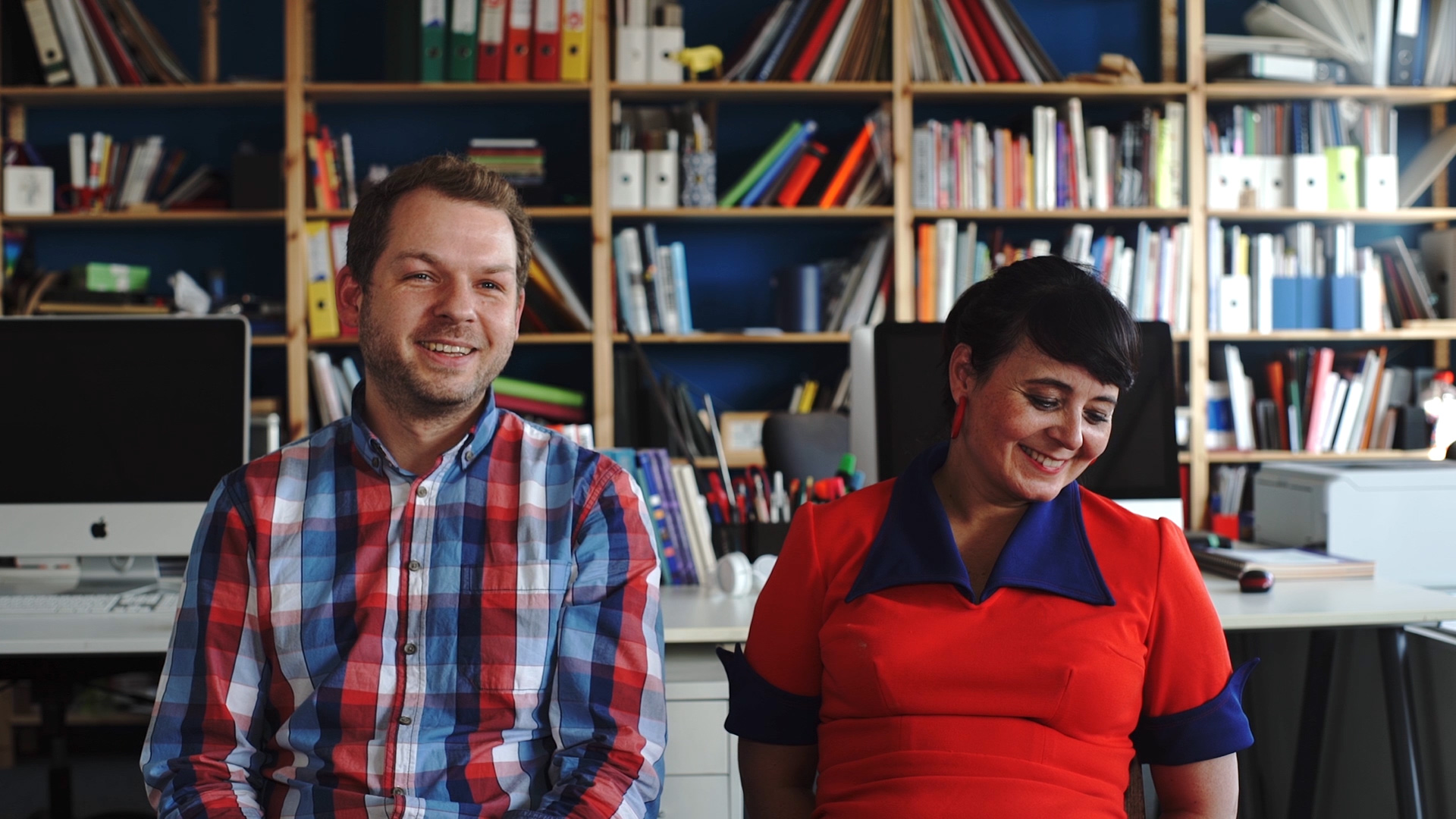
TwoPointsDesigner
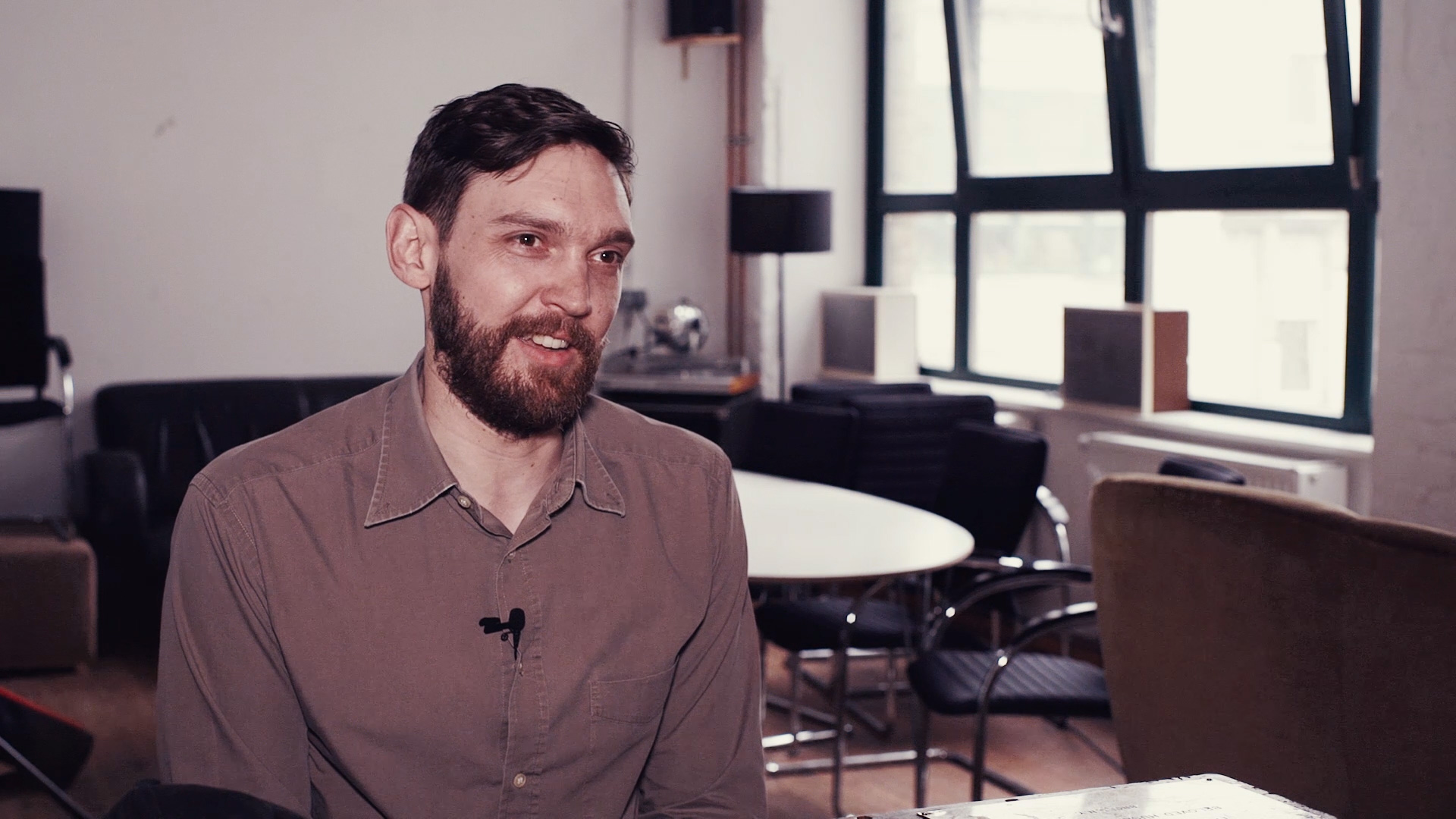
Andreas FischerKünstler
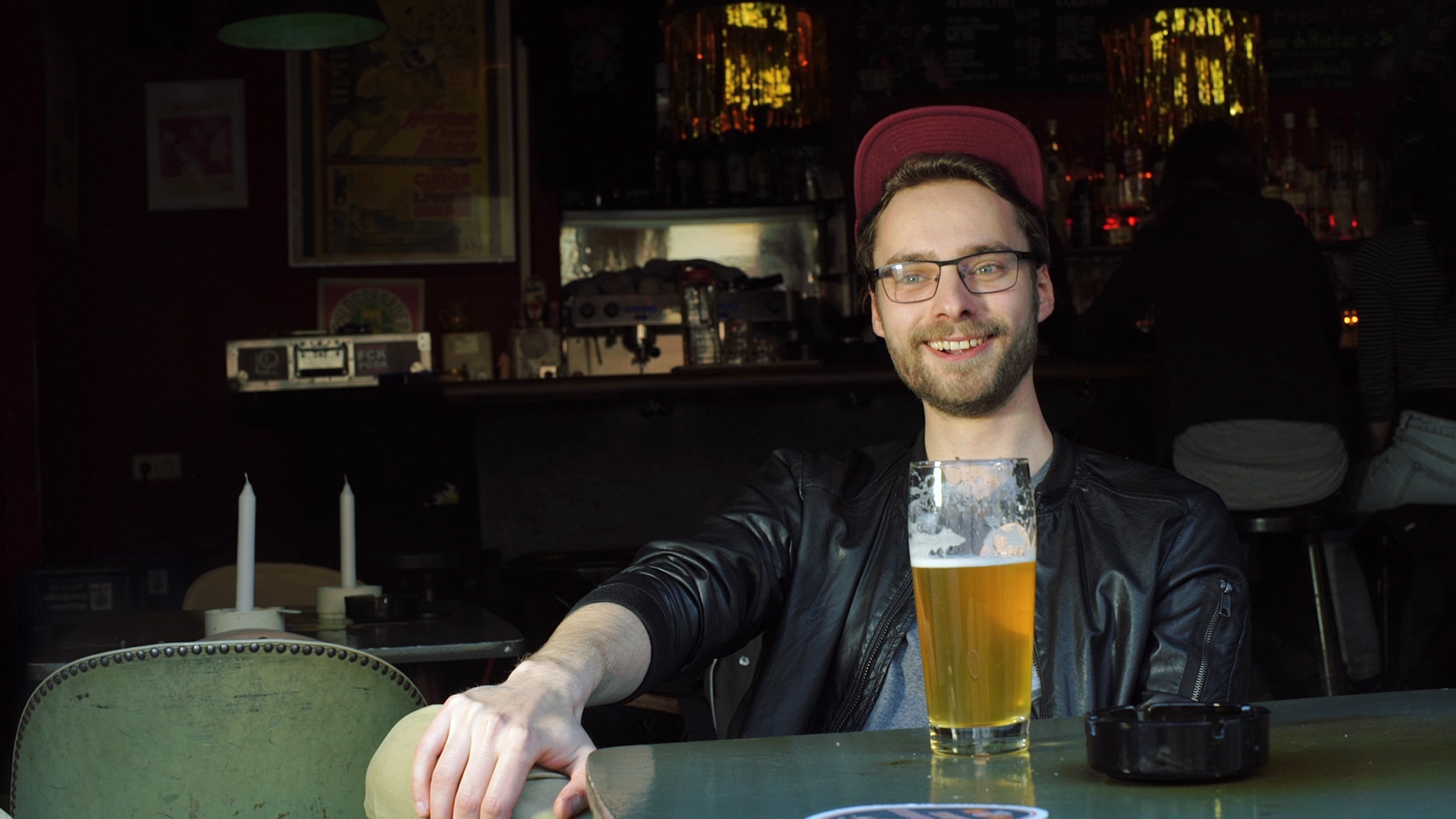
Bastian WieneckeIllustrator & Designer
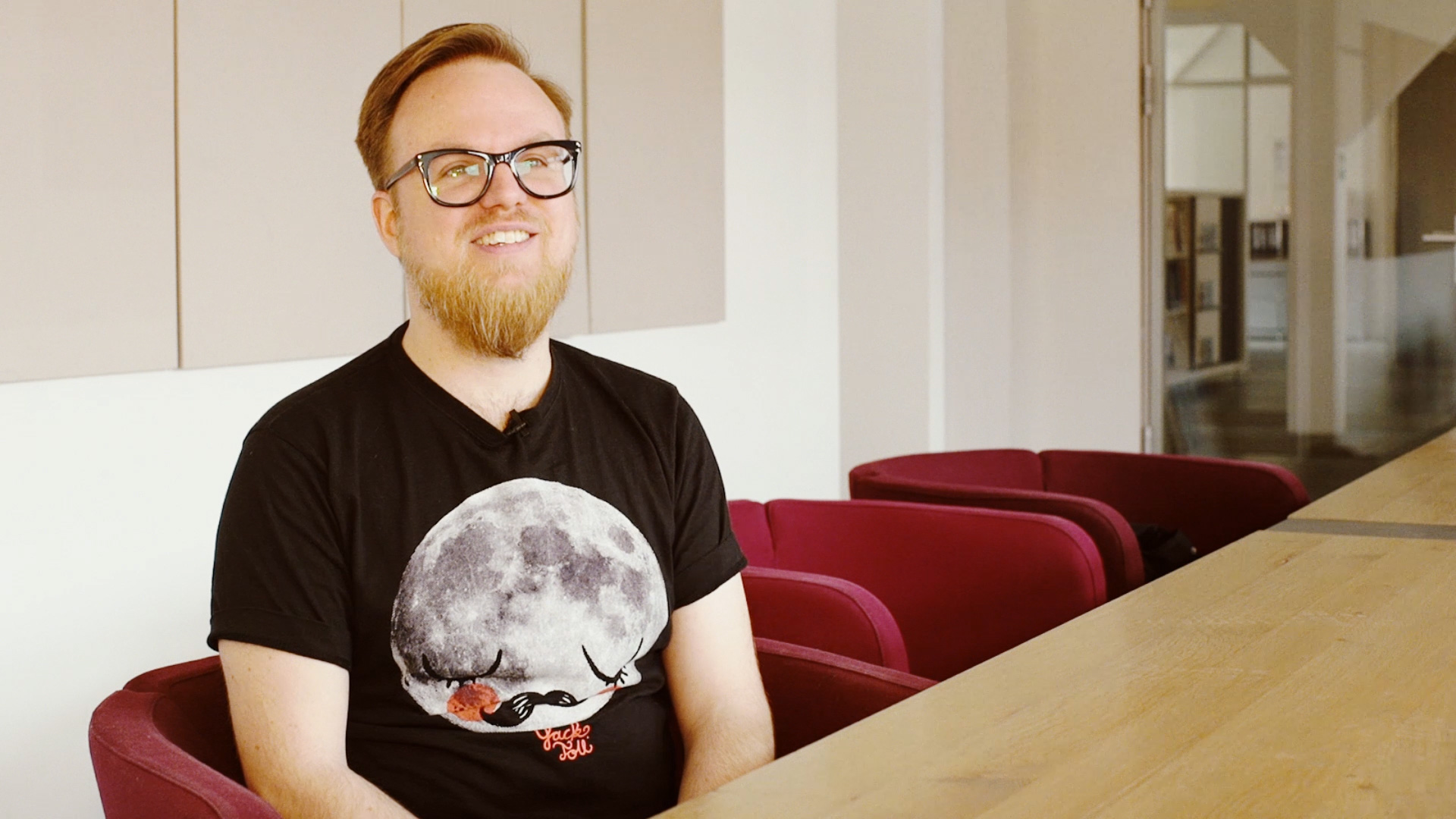
Chris SmallfieldVFX Supervisor & 3D Generalist
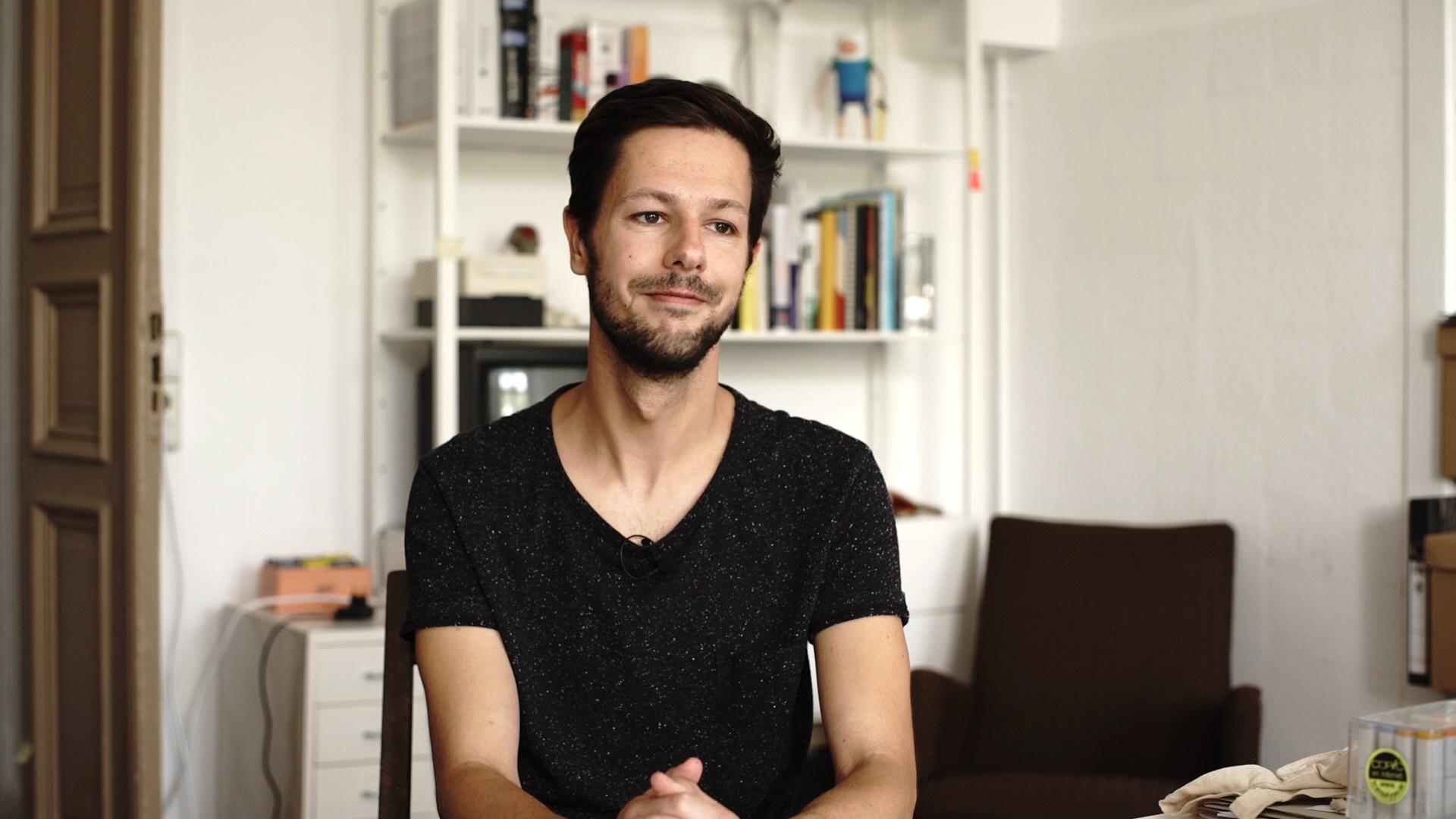
Ronny Schmidt3D Artist & Designer
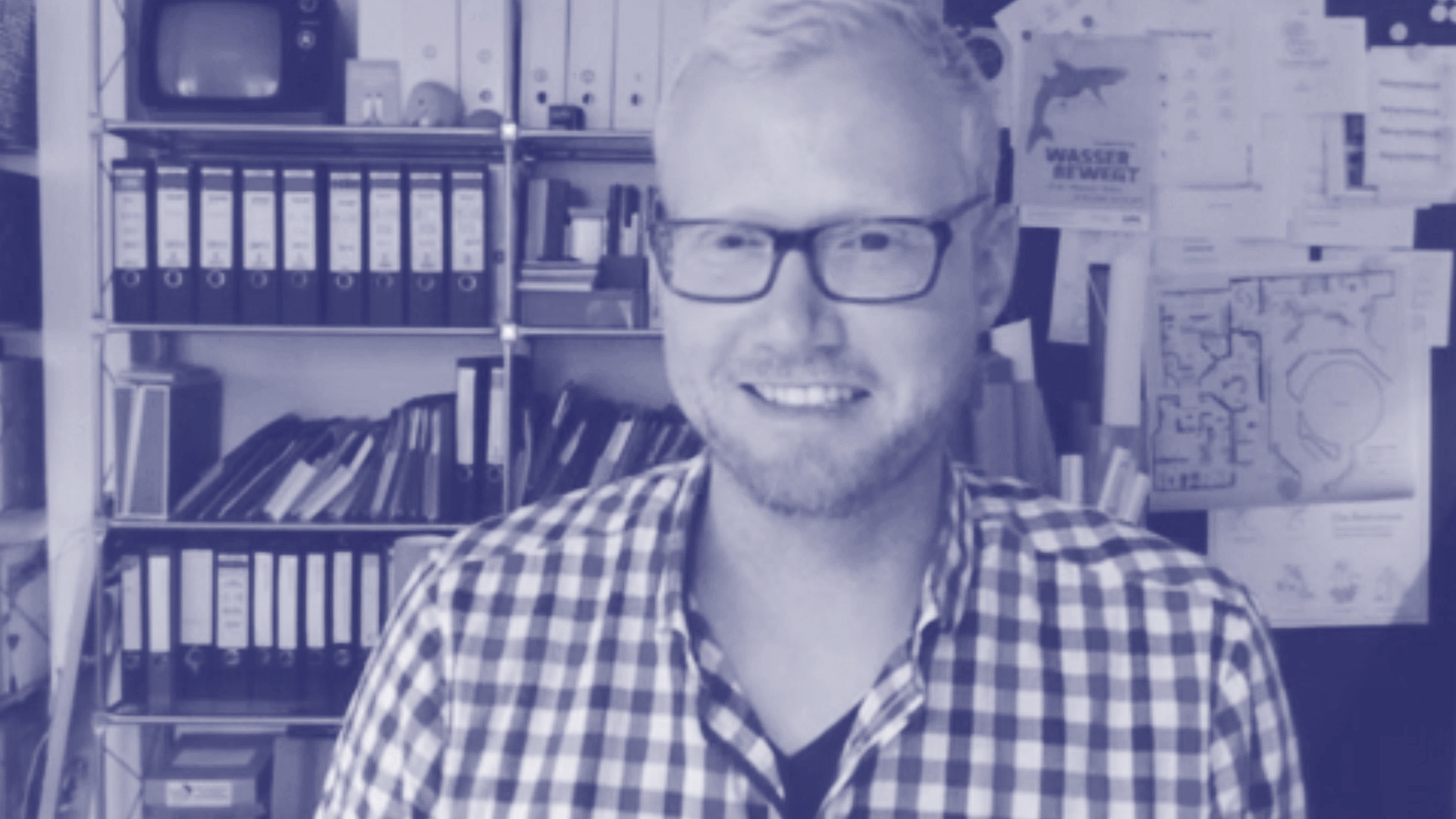
Christian BüningInformationsgestalter
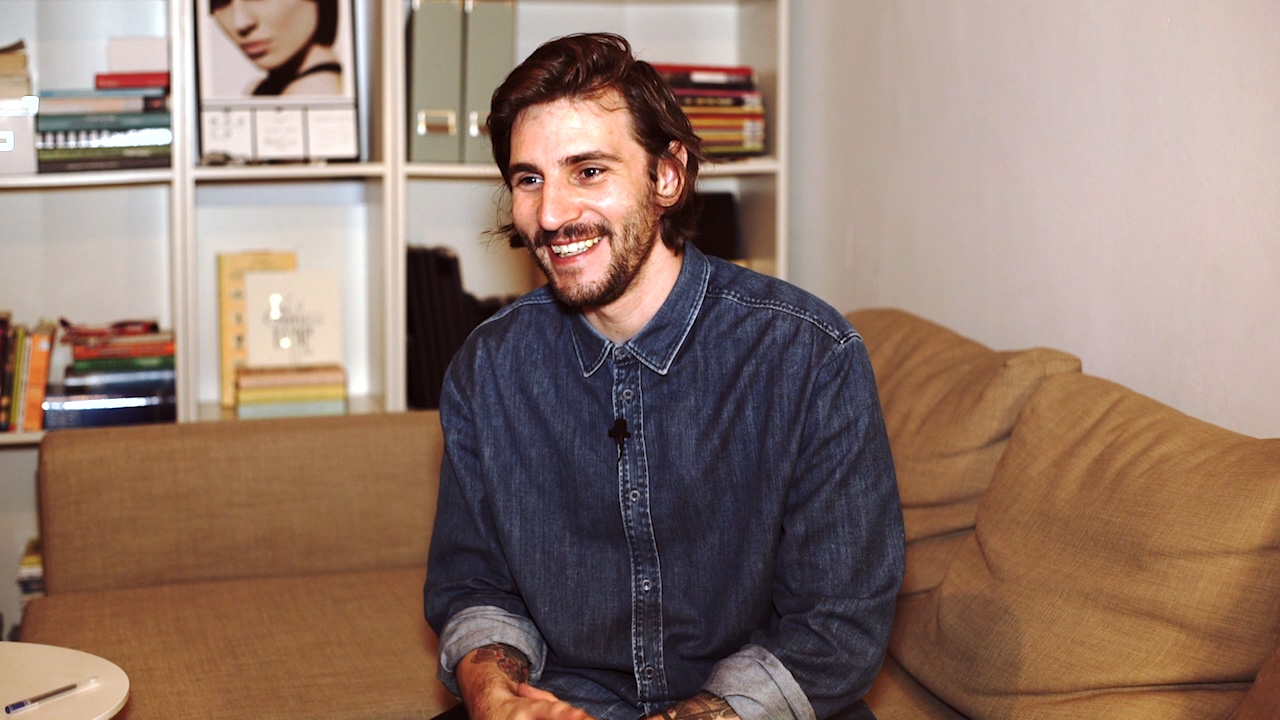
Hassan HaiderArt Director & Designer
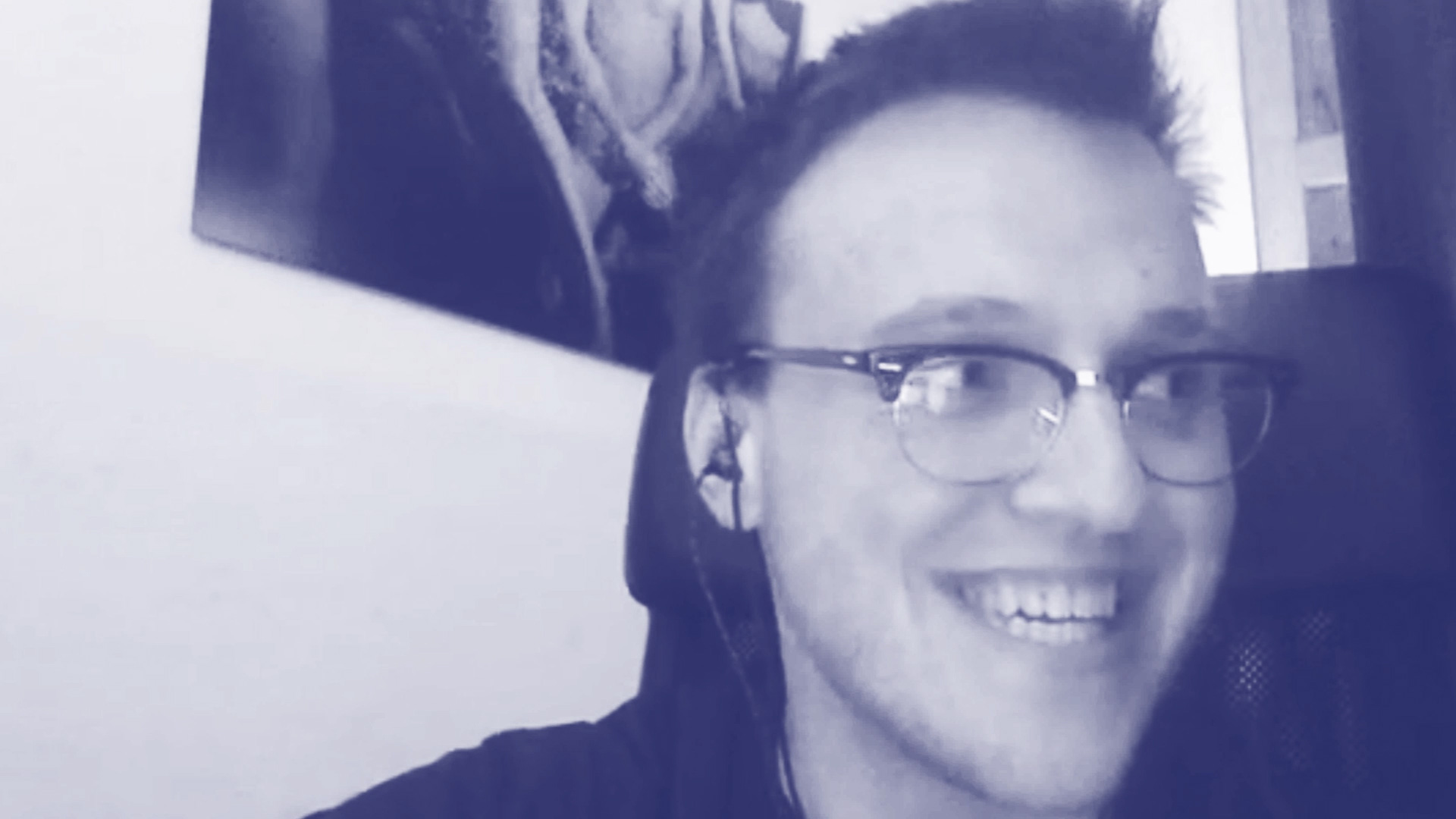
Andreas HofstetterJunior Creative & Filmemacher
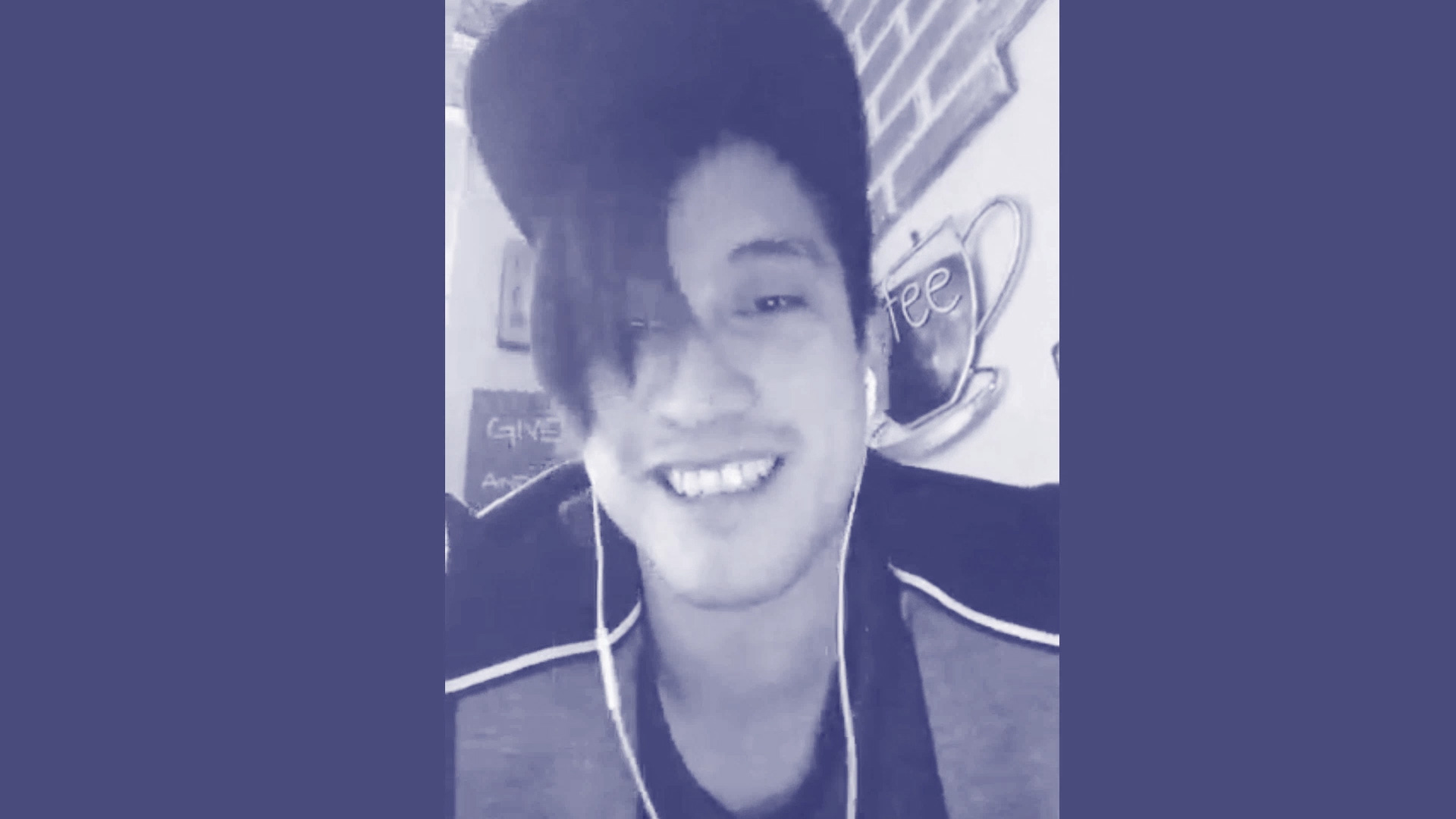
Vi-Dan TranRegisseur & Stuntman
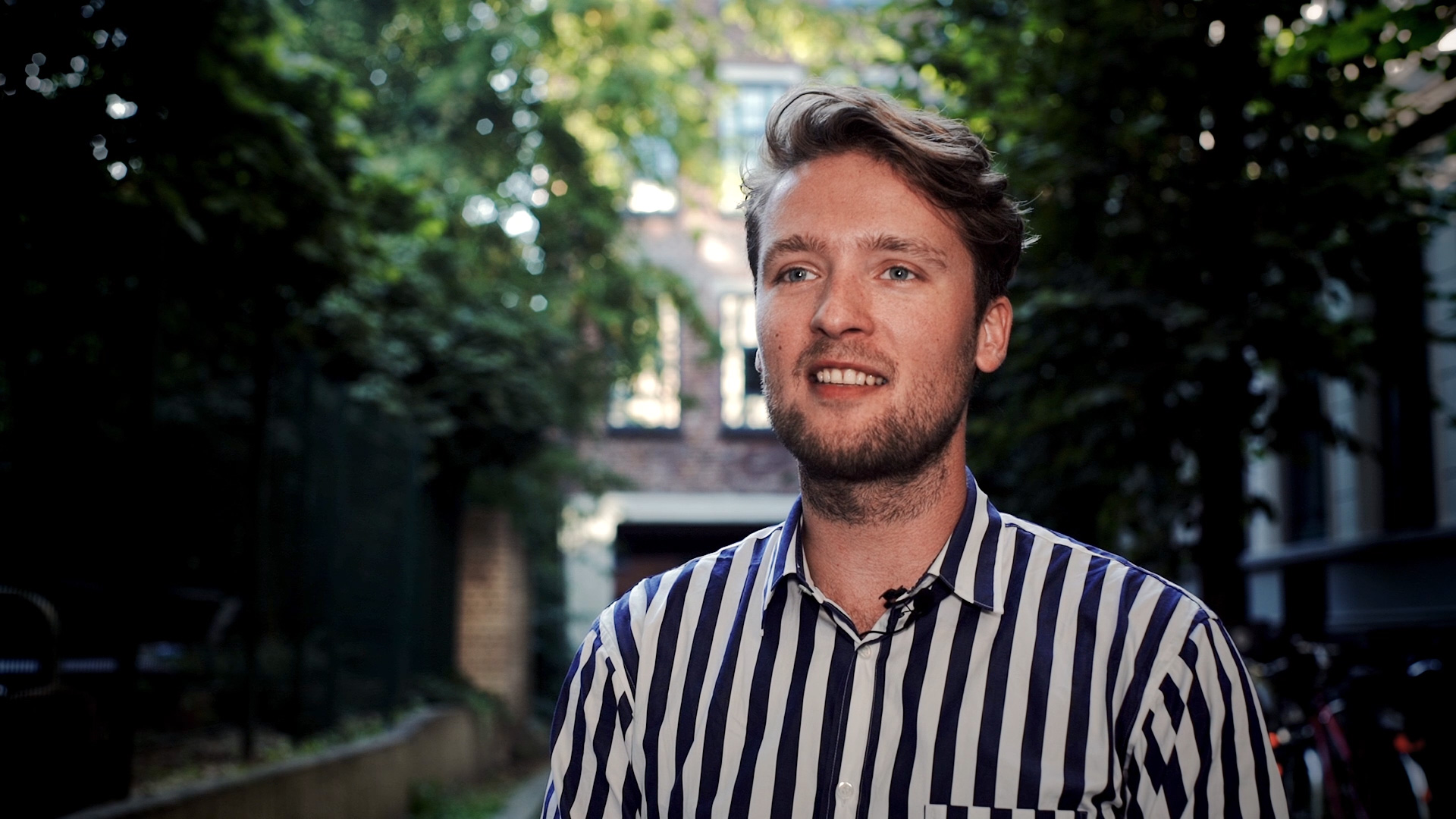
Dominic RepenningDesigner & Regisseur
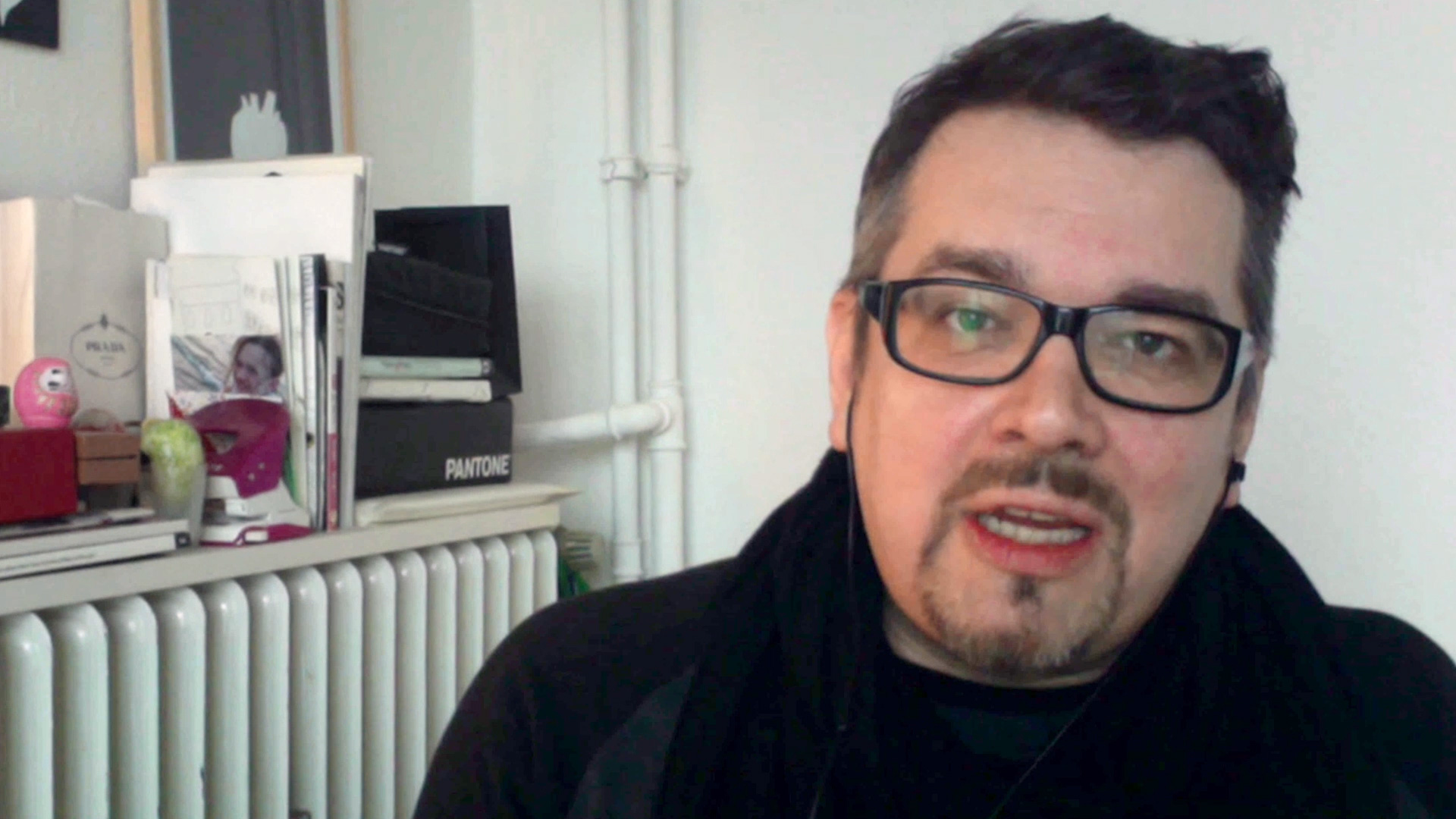
Kay TennemannAnimation Director & Designer
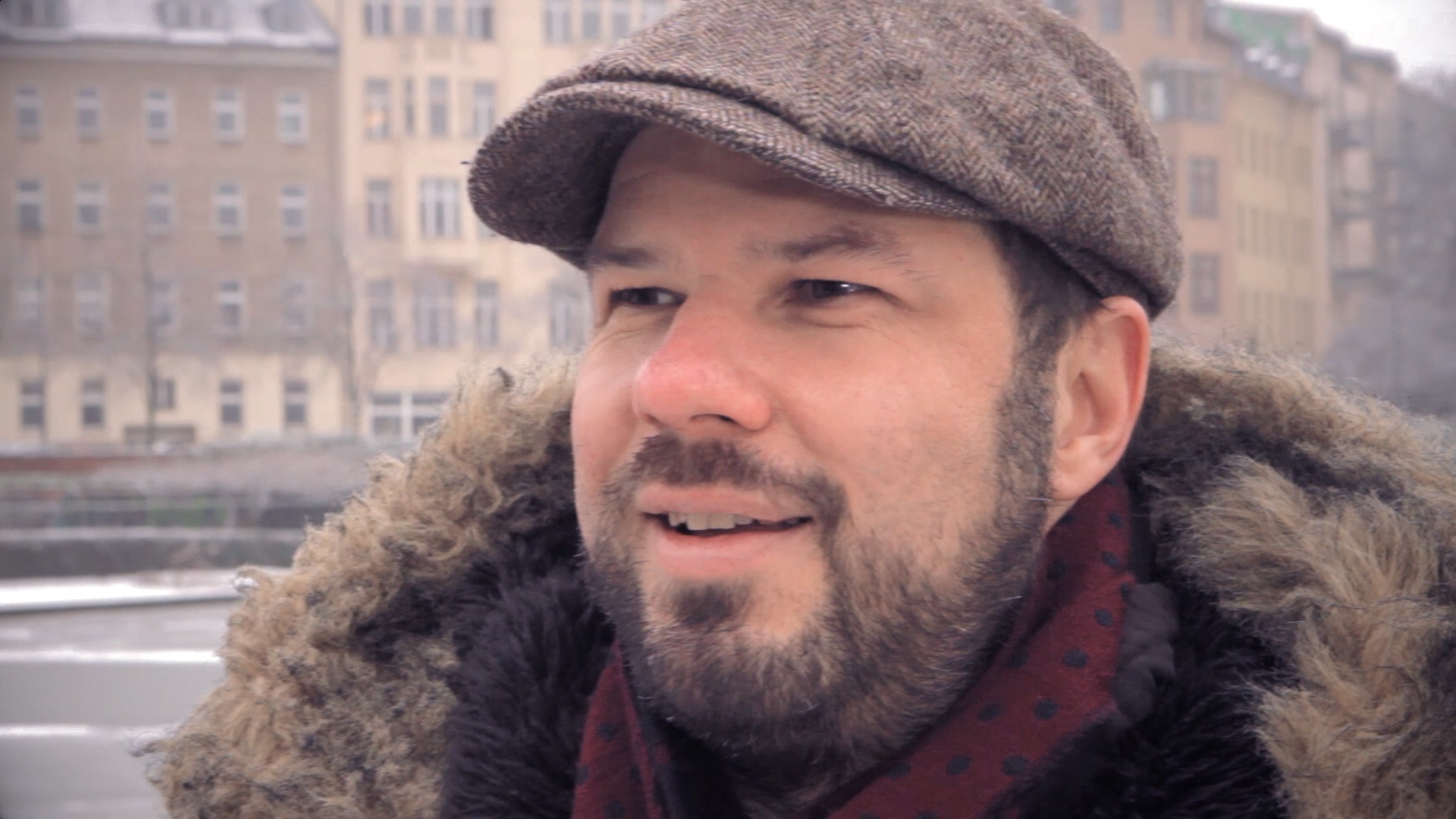
Uwe FladeRegisseur
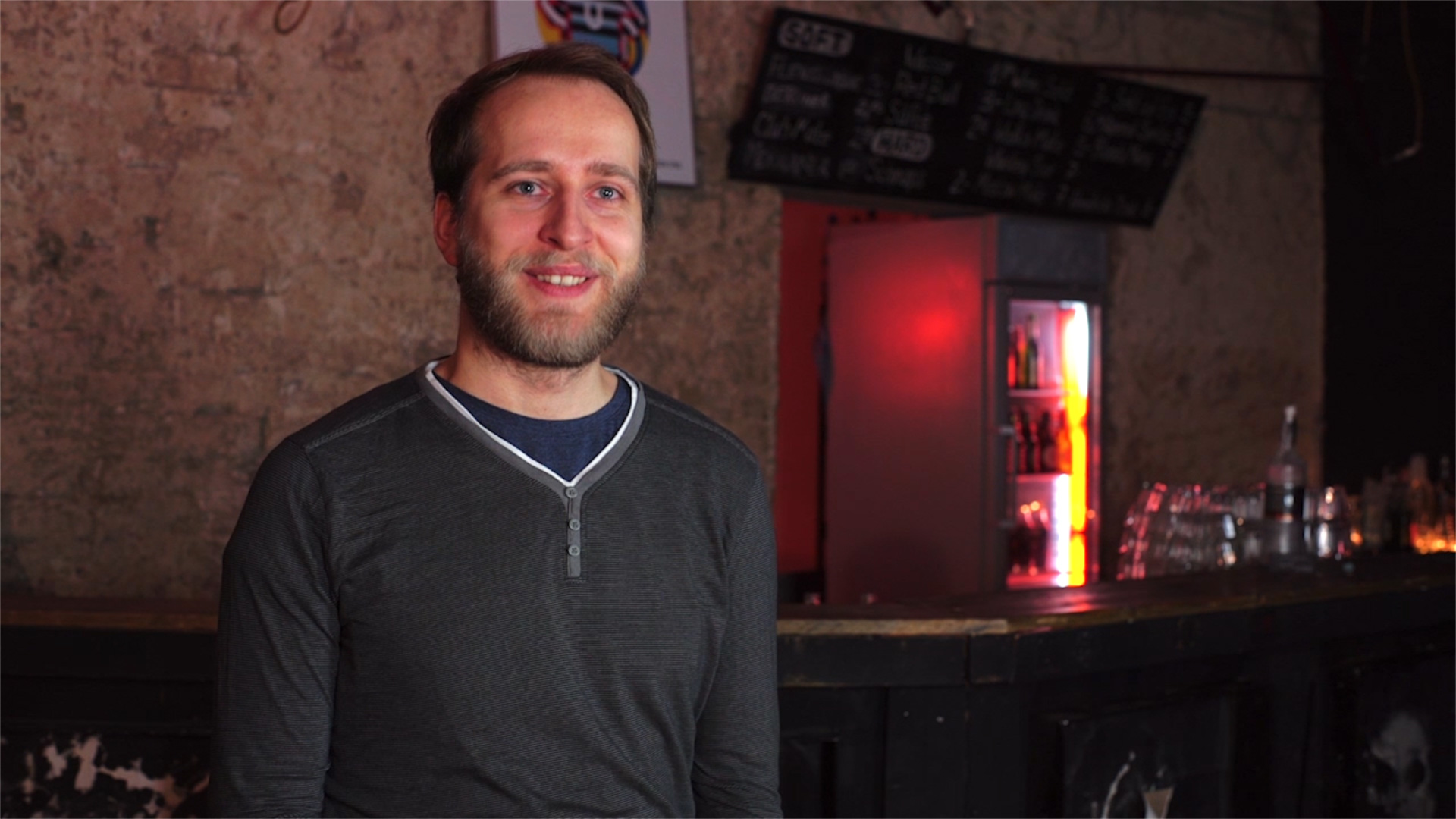
Johannes FiglhuberConcept Designer
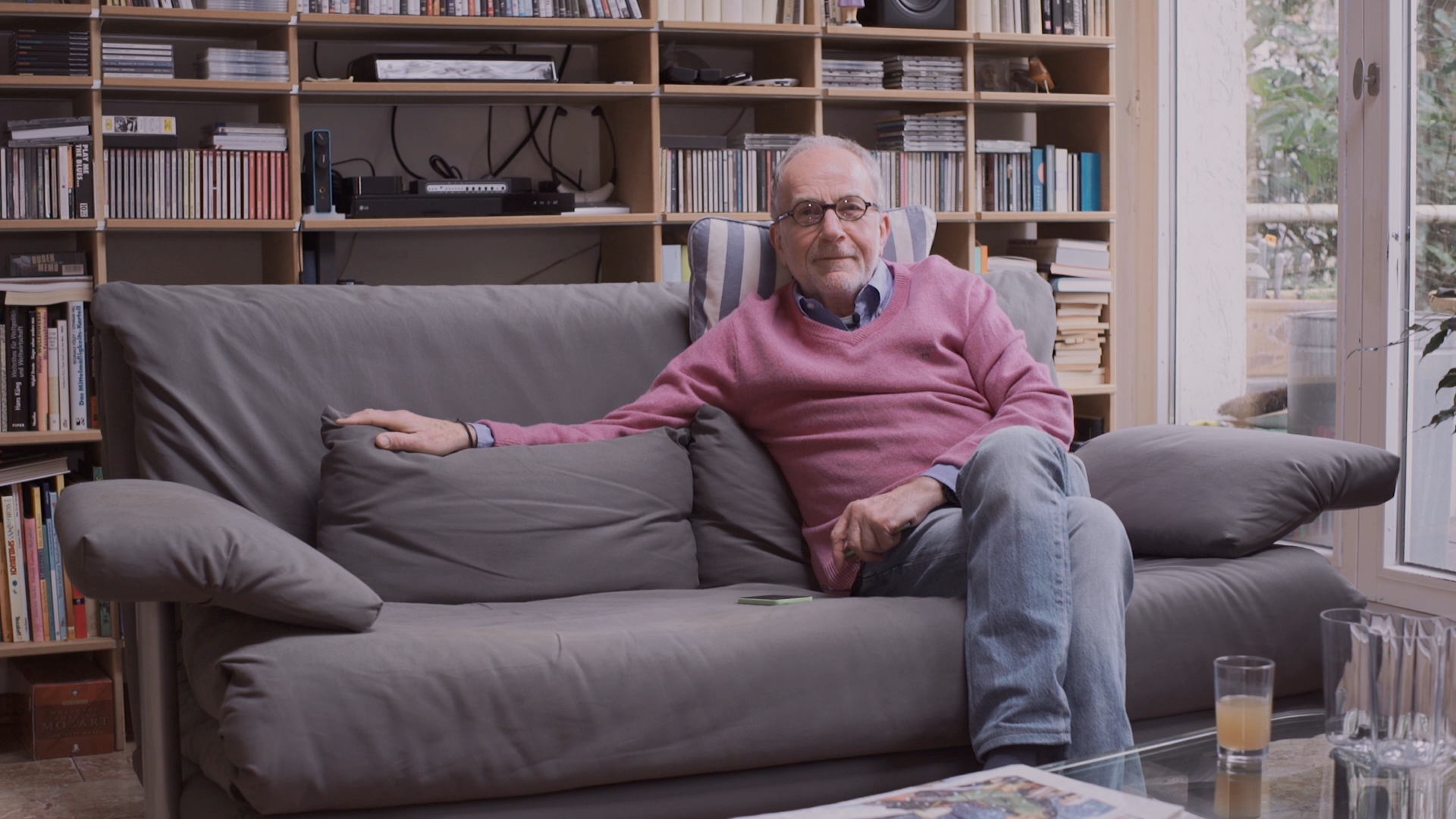
Helmut M. Schmitt-SiegelGestalter
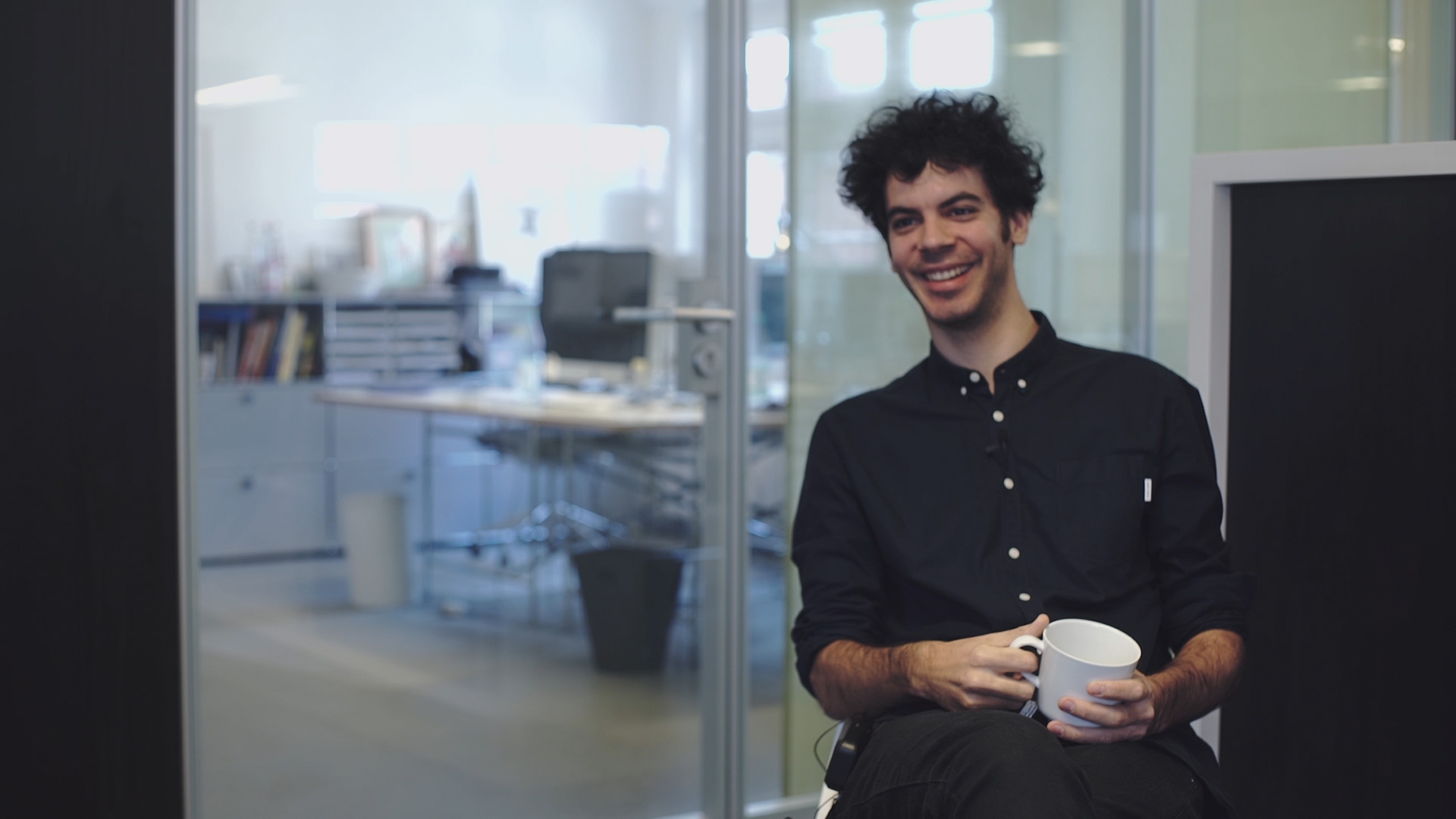
Dante ZaballaAnimator
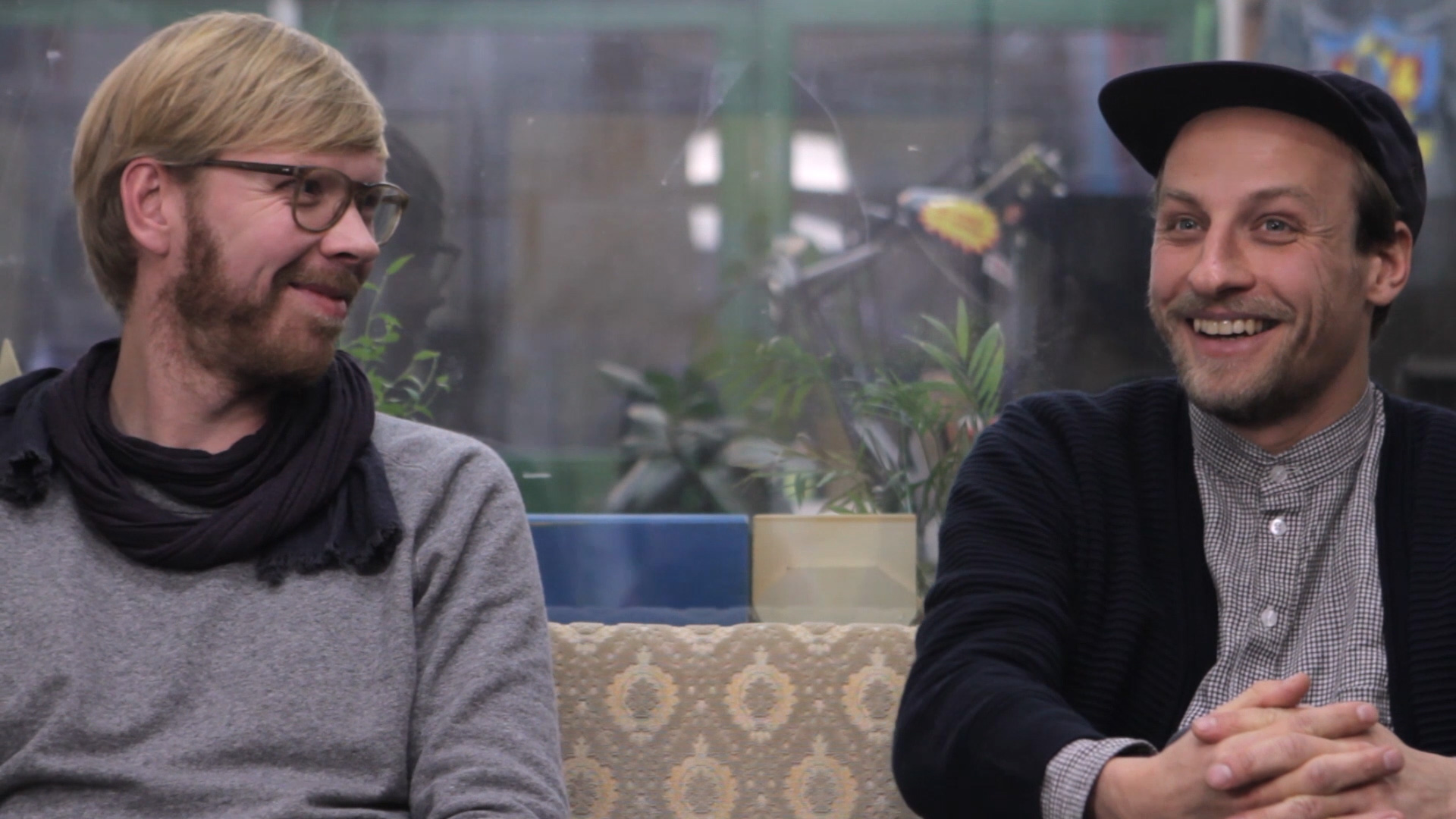
44FLAVOURSKünstler
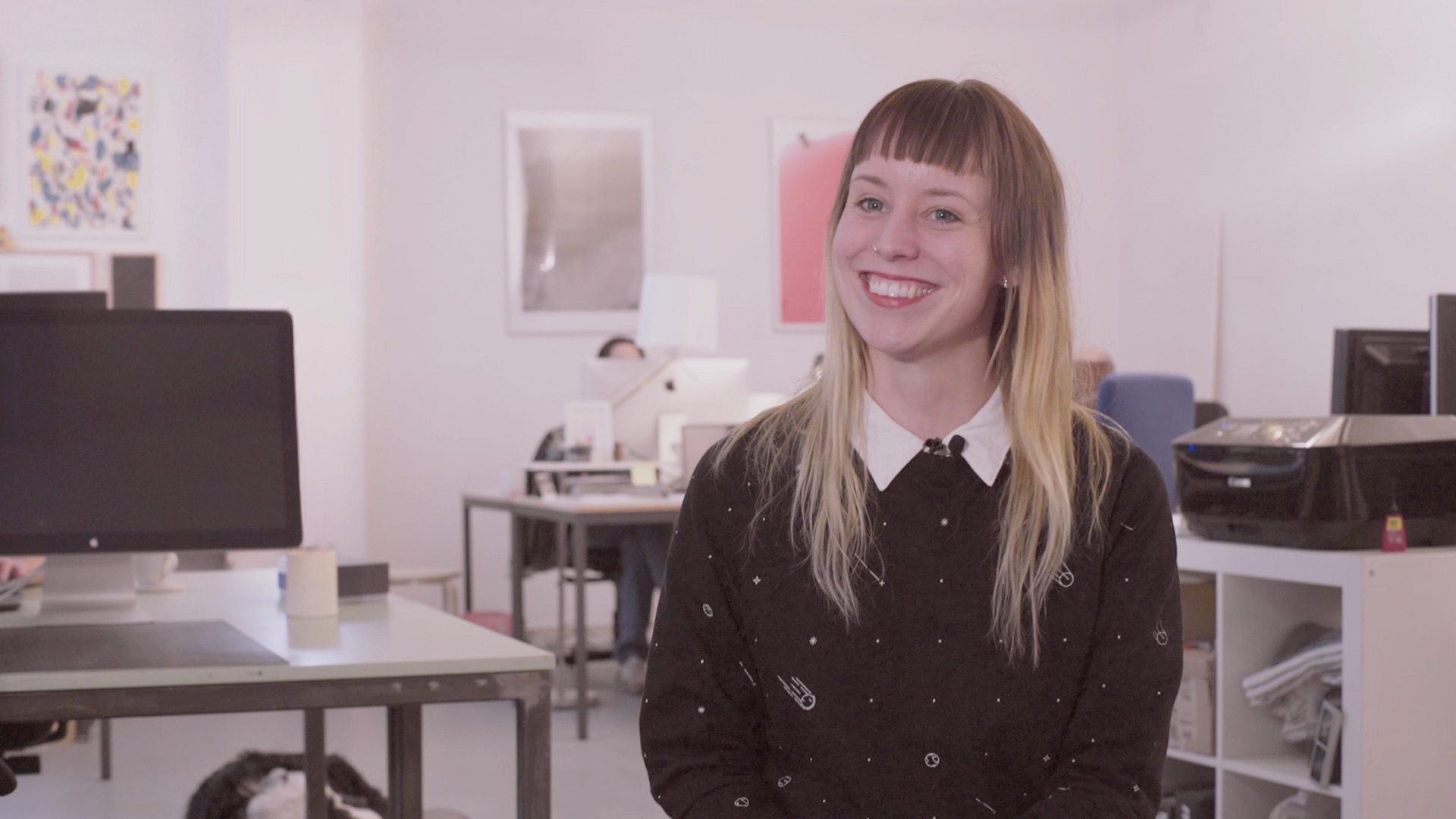
Mette Ilene HolmriisIllustratorin & Animatorin
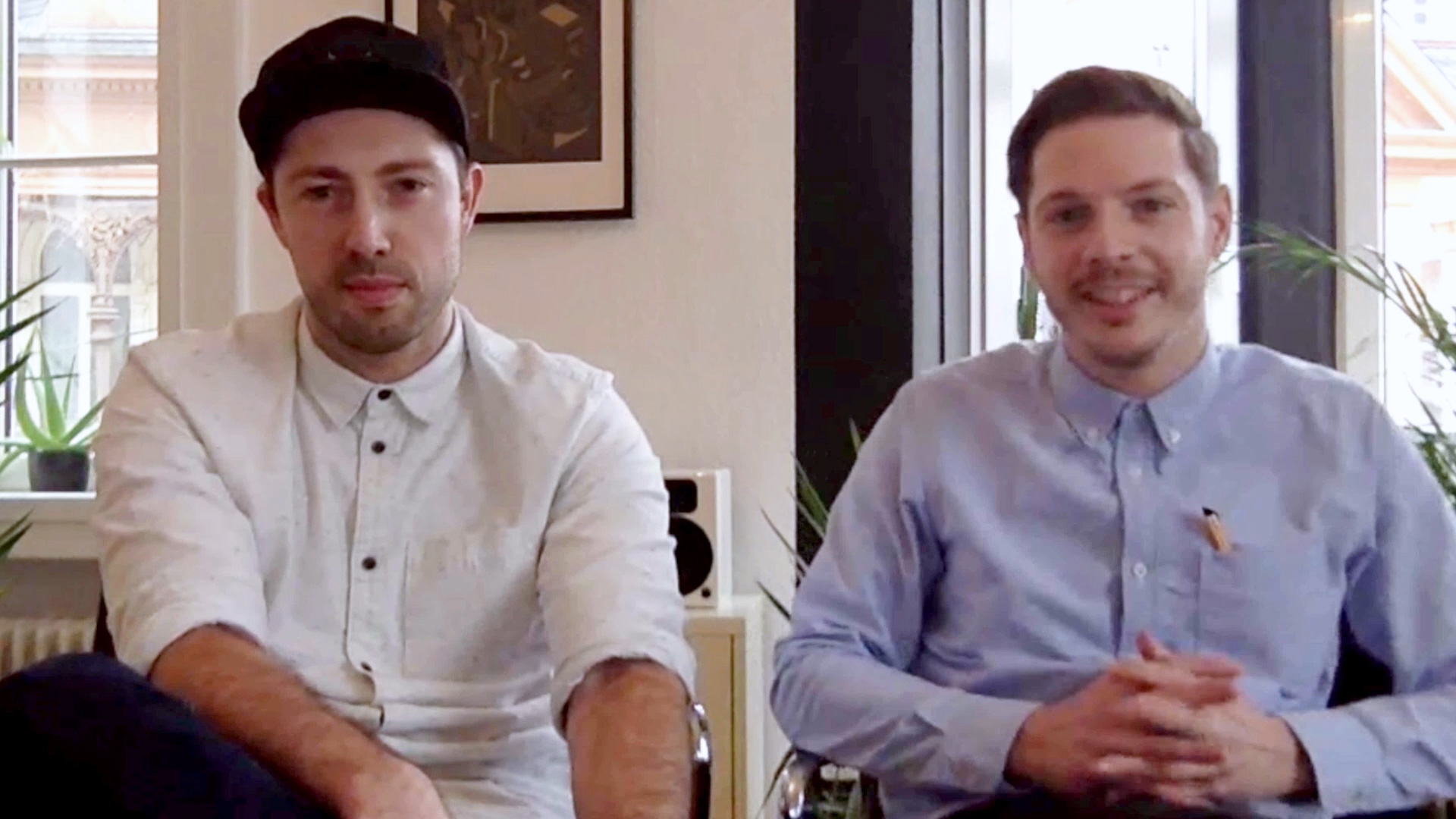
FOREALDesigner
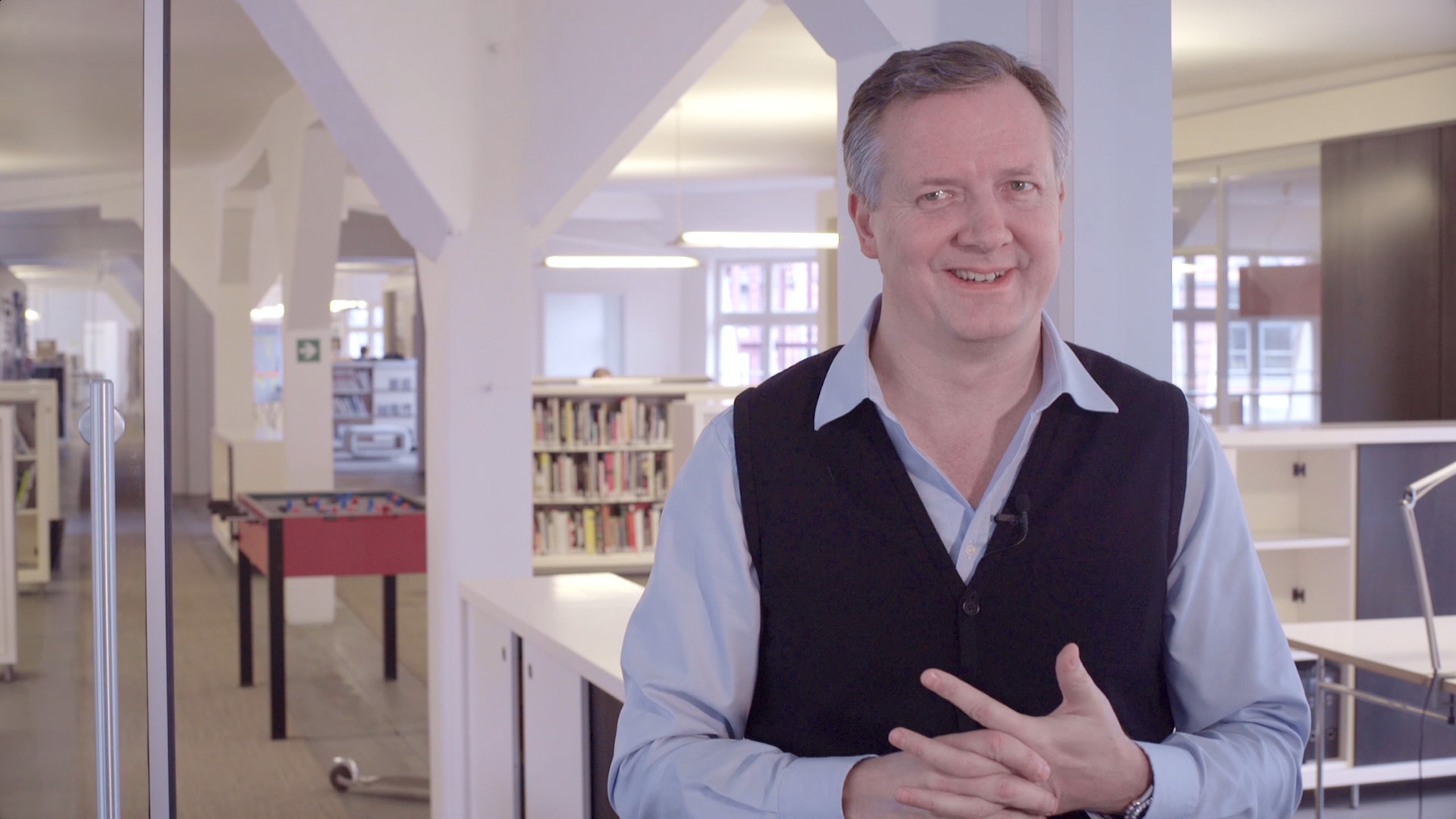
Tammo F. BrunsDesigner & Geschäftsführer
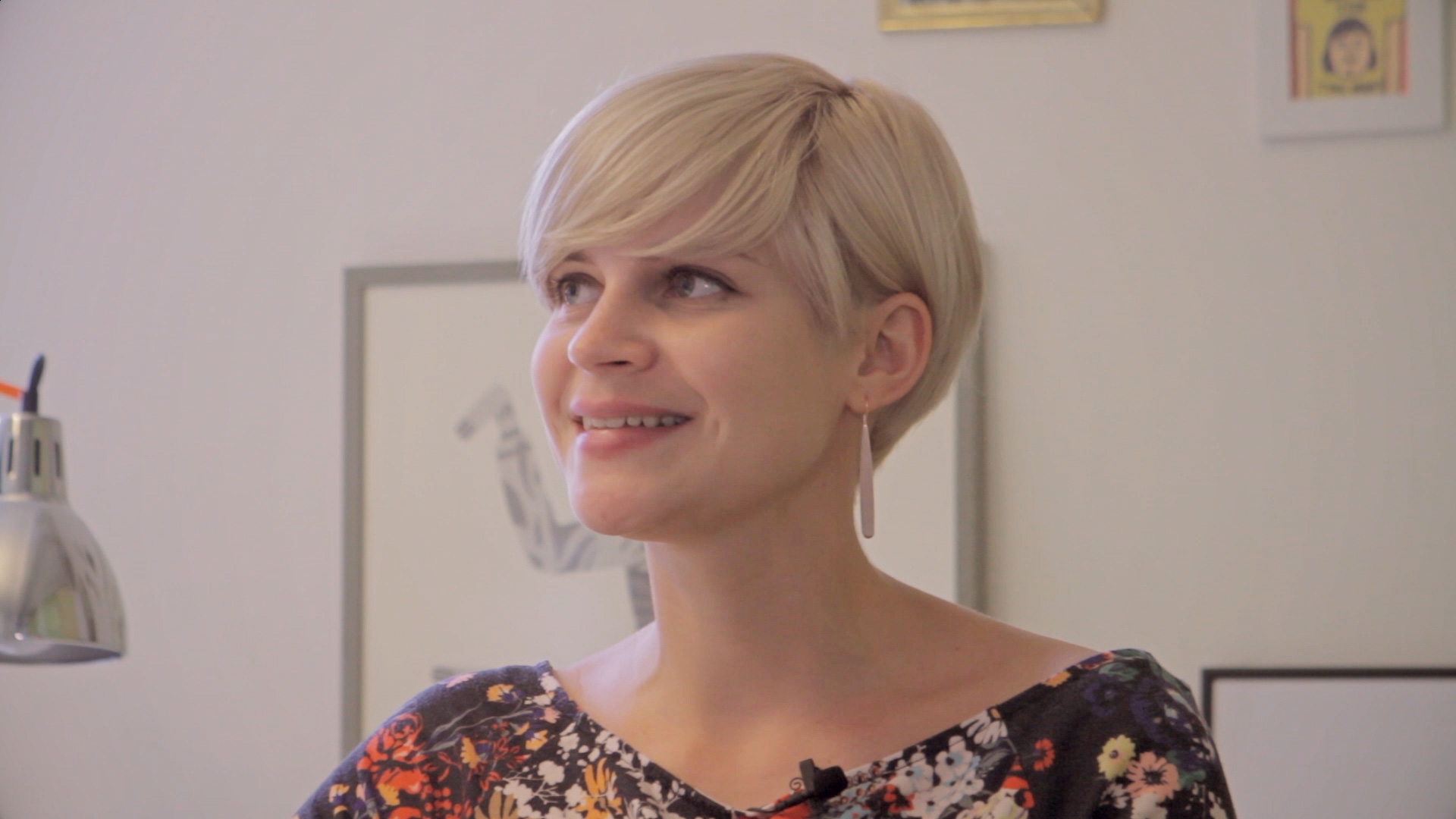
Susann Stötzner2D-Animatorin
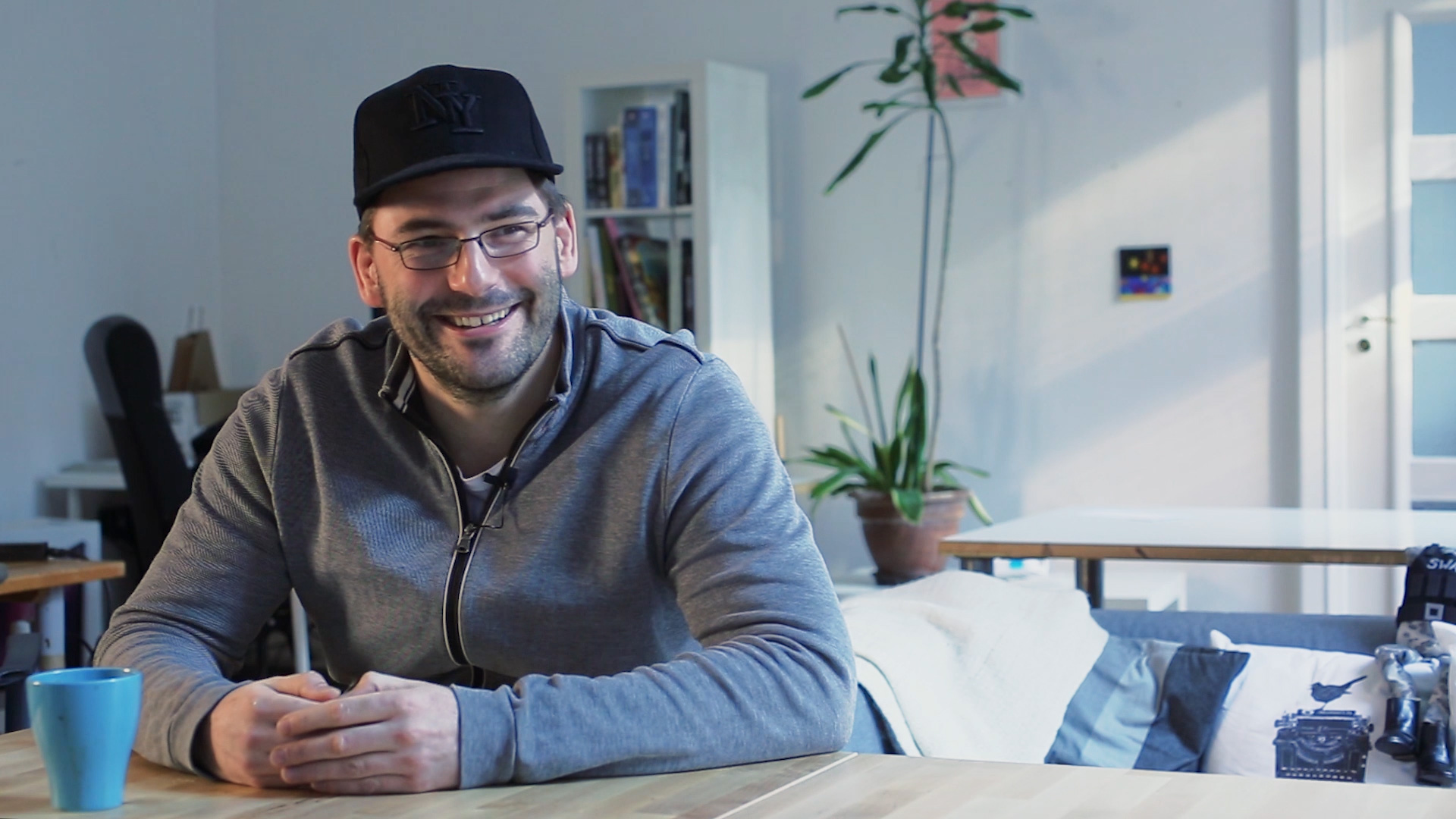
Alexander GellnerZeichner & Filmemacher
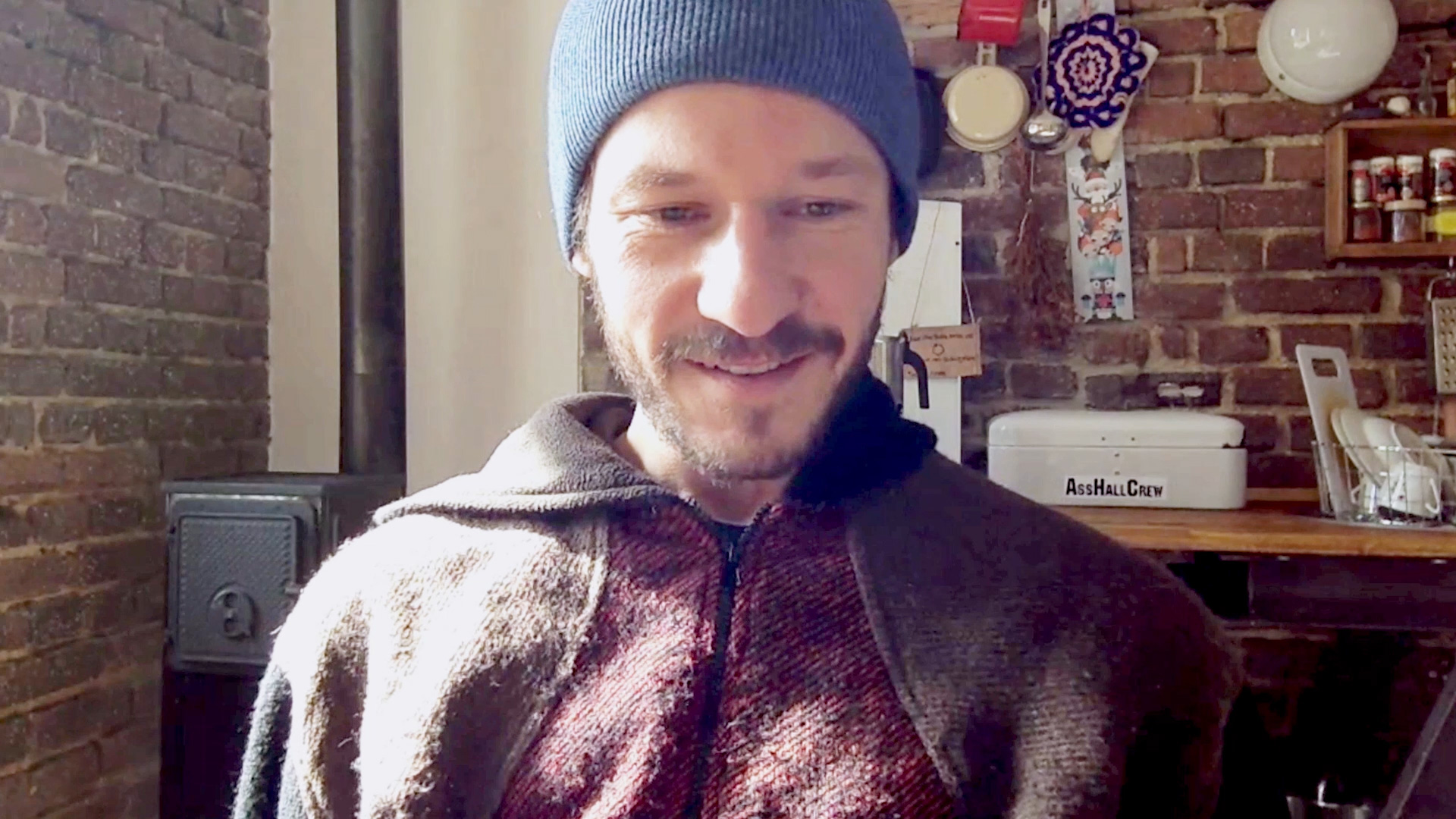
René EckertFilmemacher & Fotograf
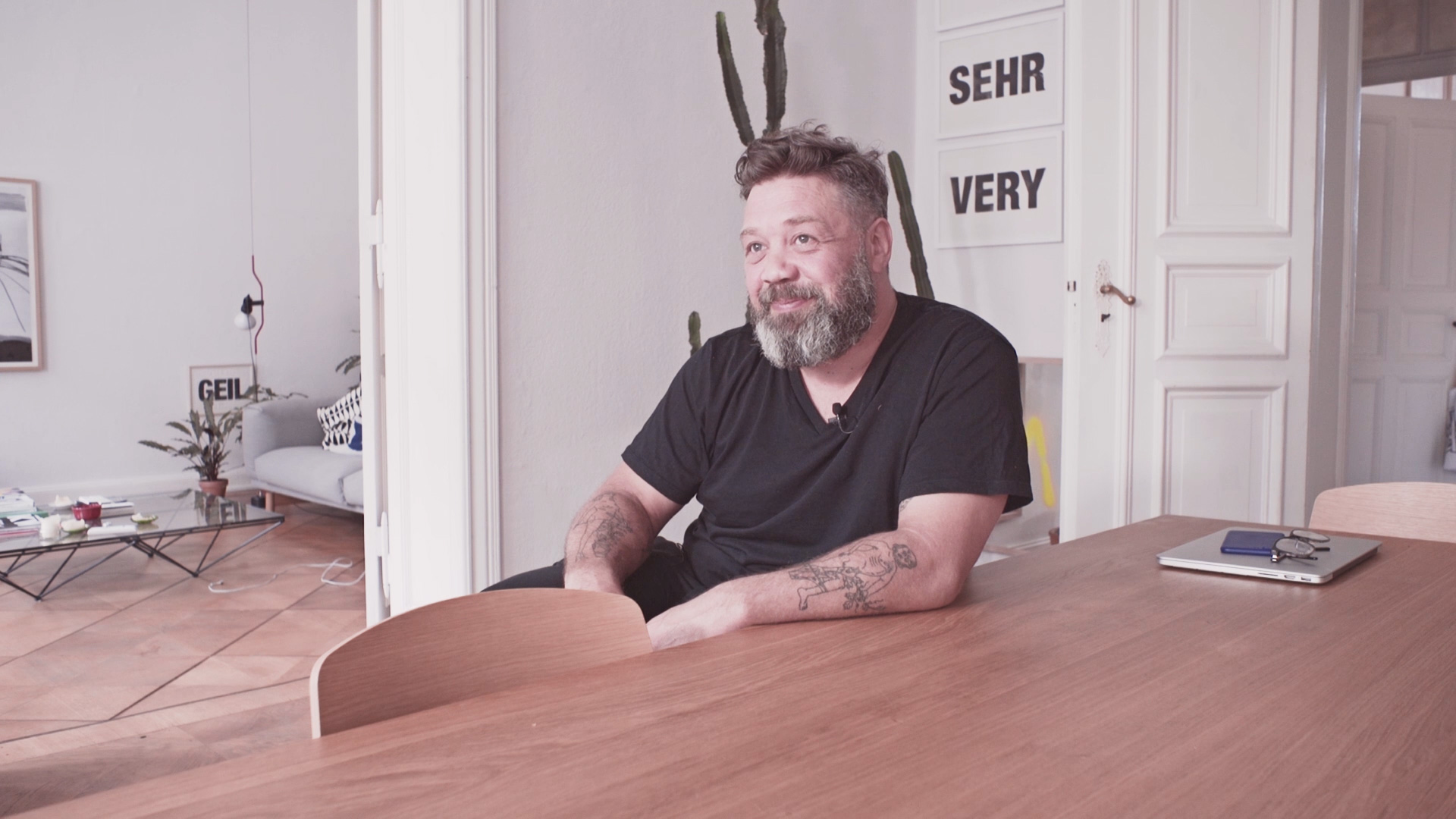
Eike KönigGestalter
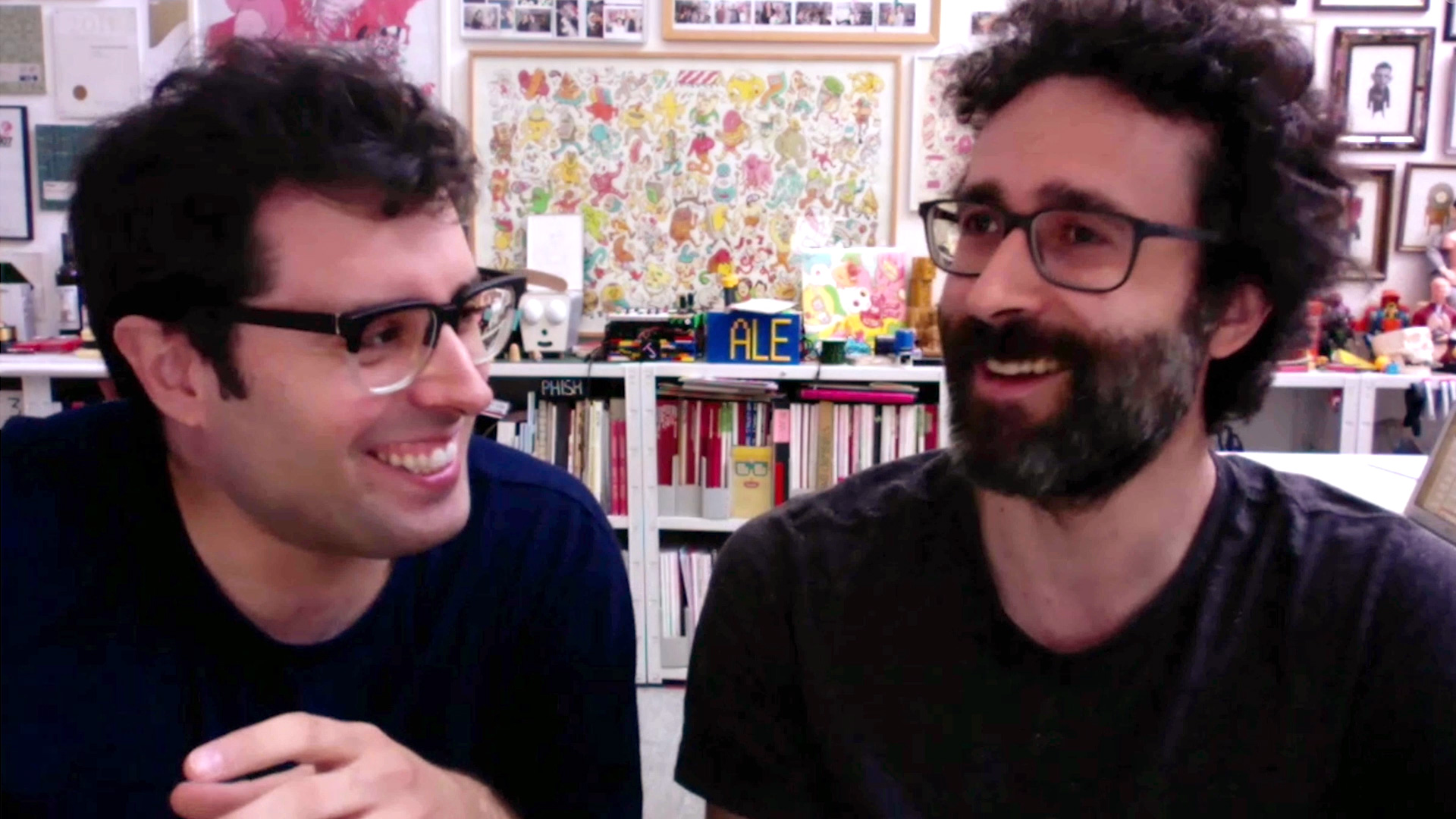
BrosmindIllustratoren & Künstler
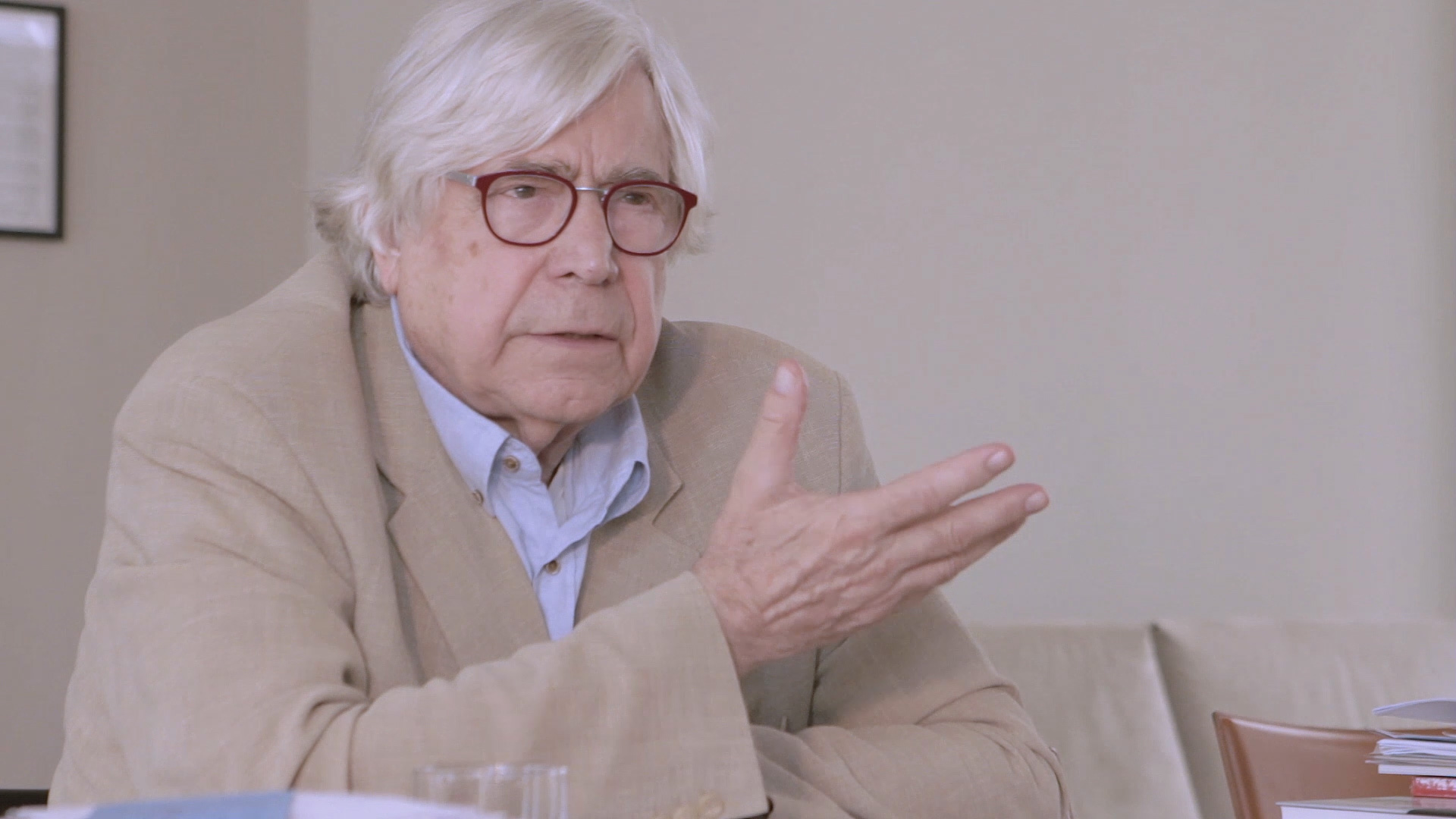
Bazon BrockKünstler & Kulturkritiker
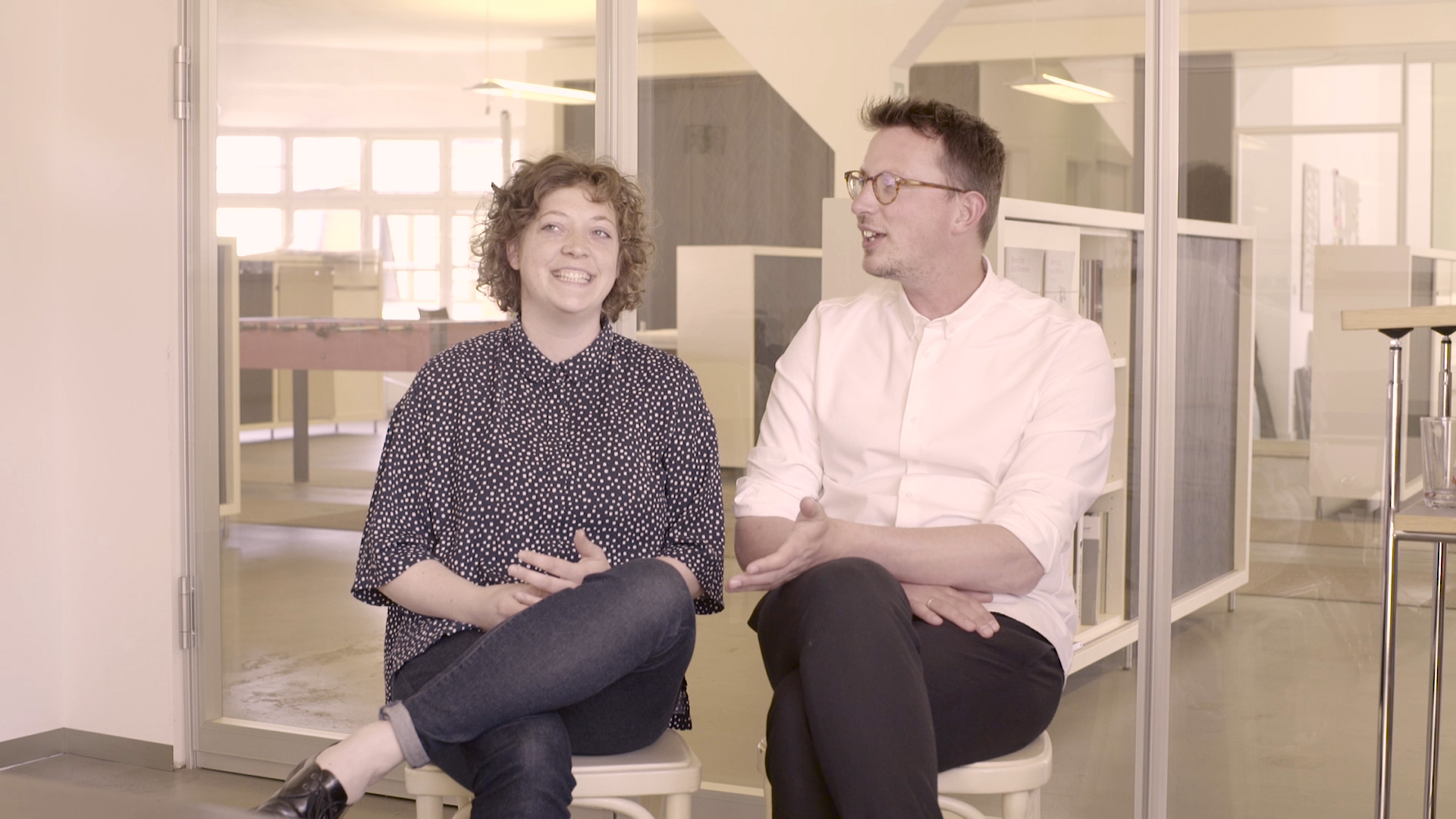
From FormDesigner & Filmmacher
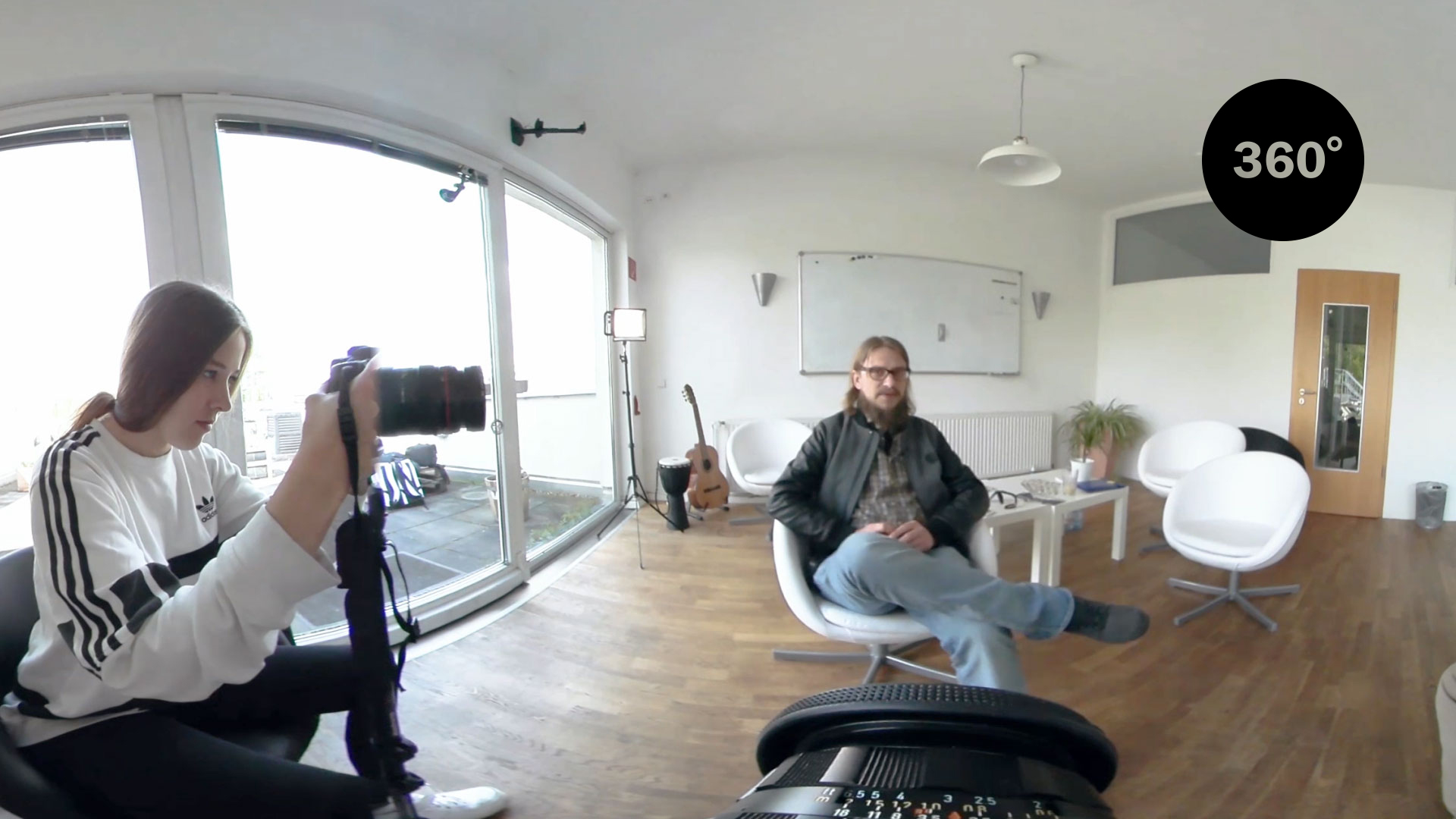
Sönke KirchhoffFilmemacher
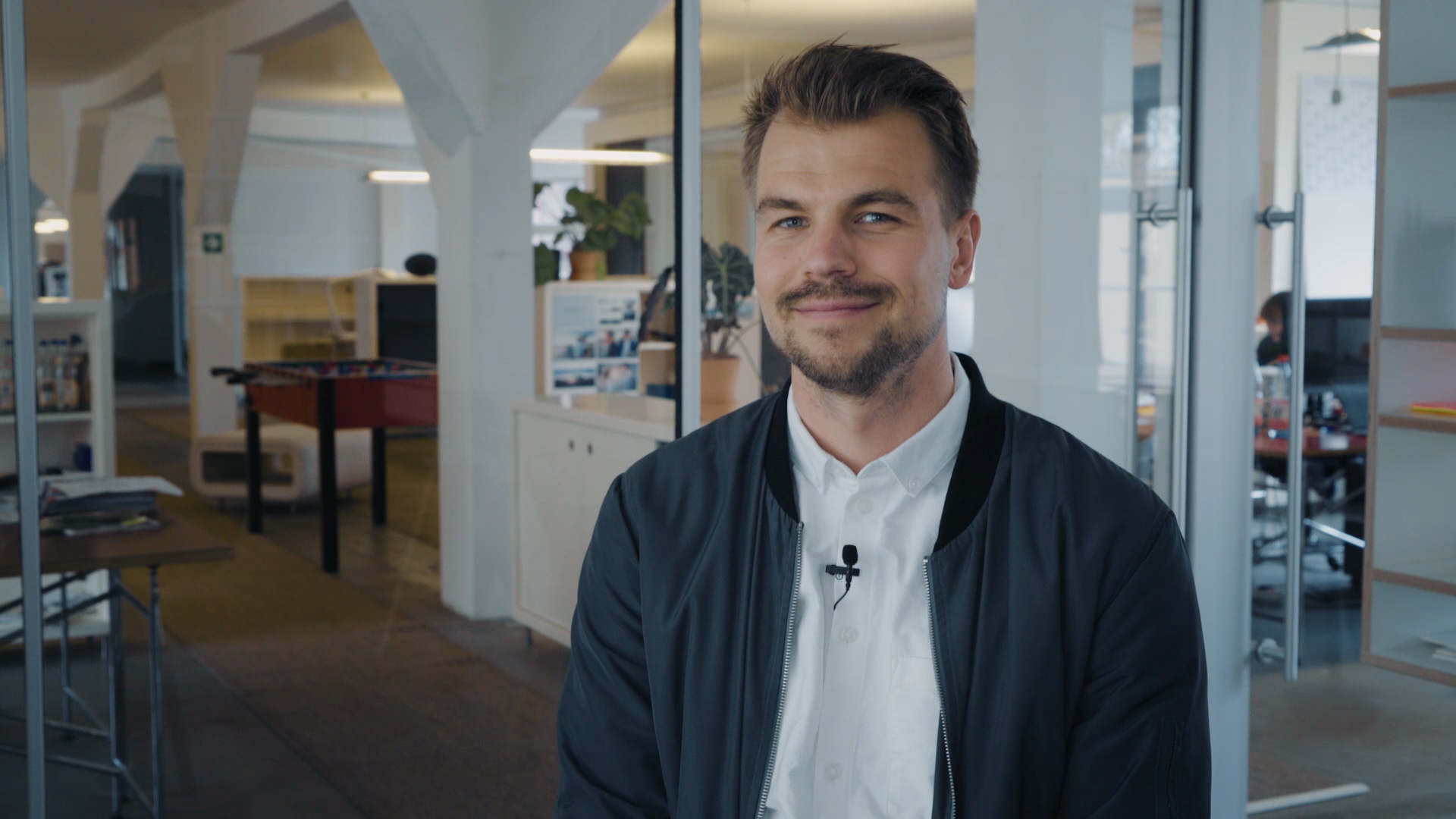
Holger JungnickelKameramann
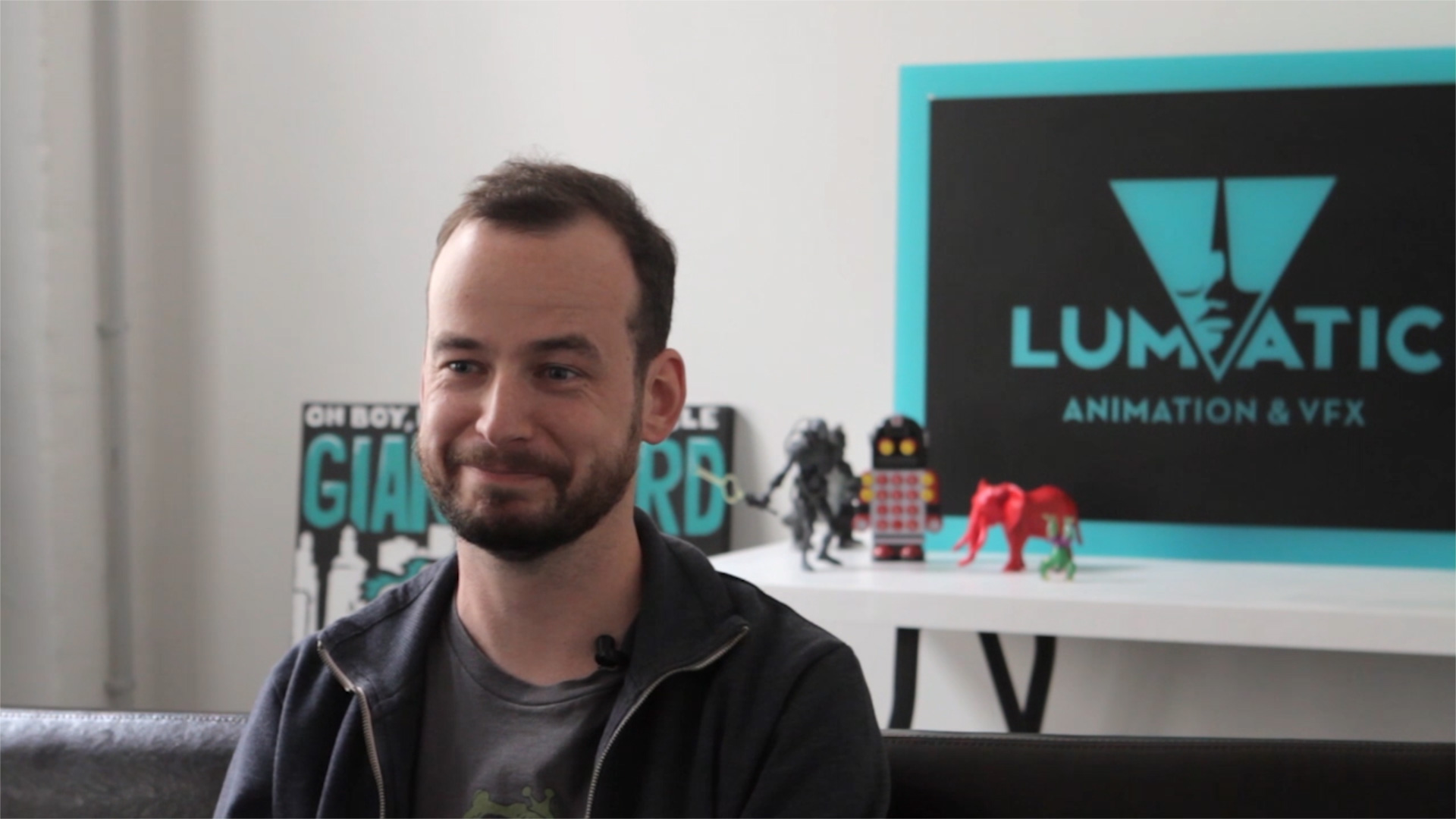
Lars KrügerAnimator & Co-Founder Lumatic
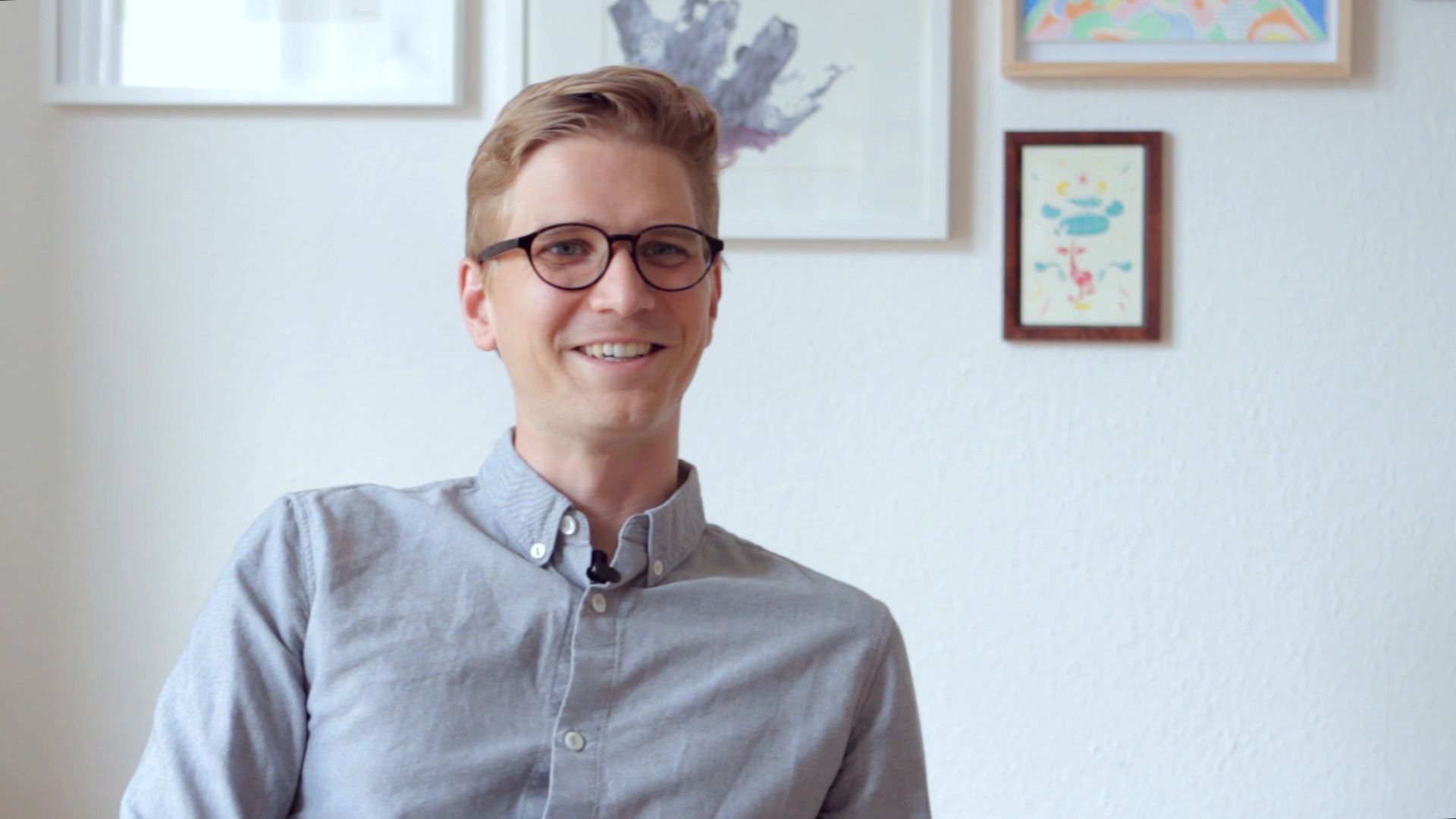
Conrad OstwaldAnimator & Compositor
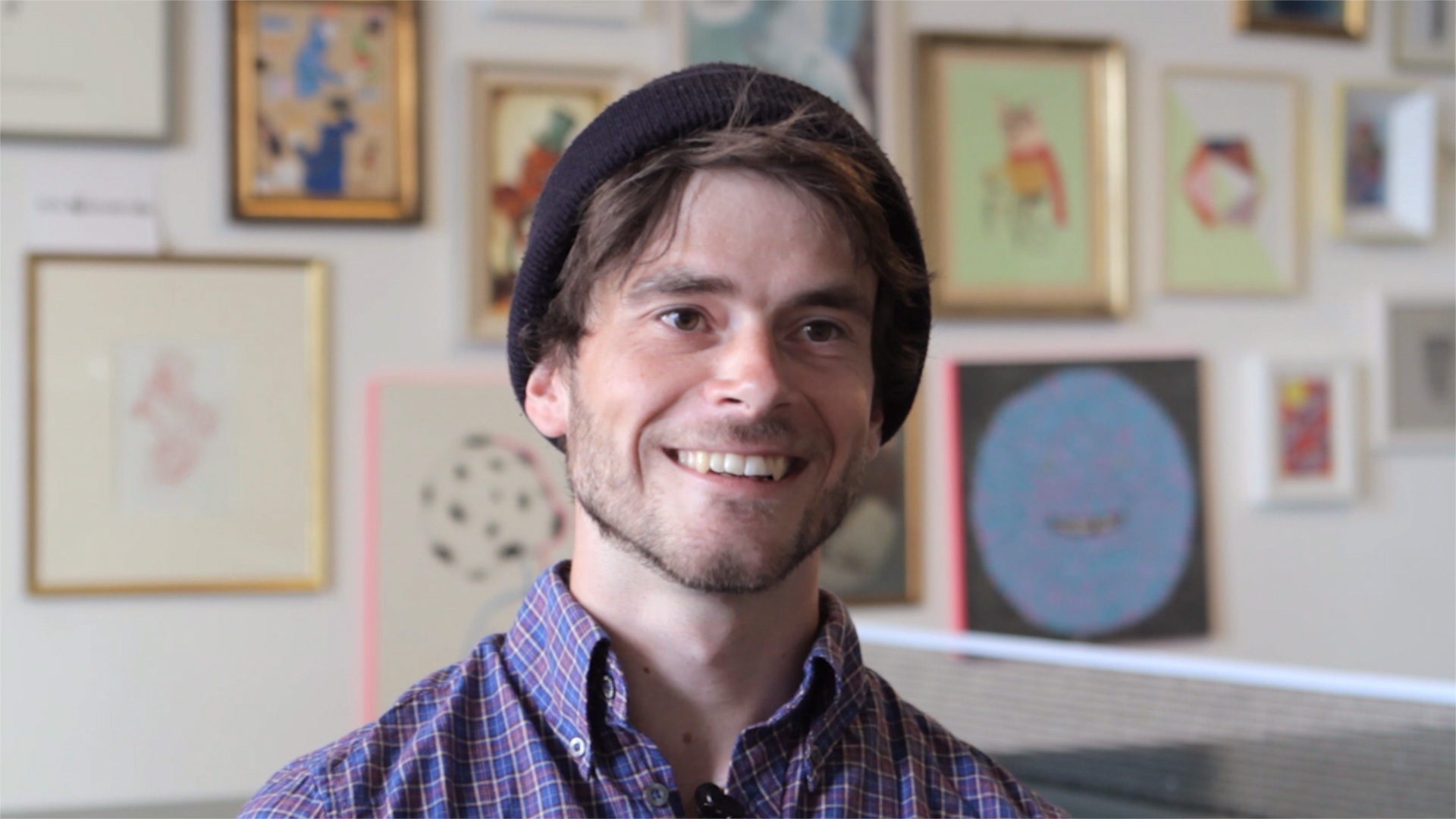
Kristian BarthenFotograf
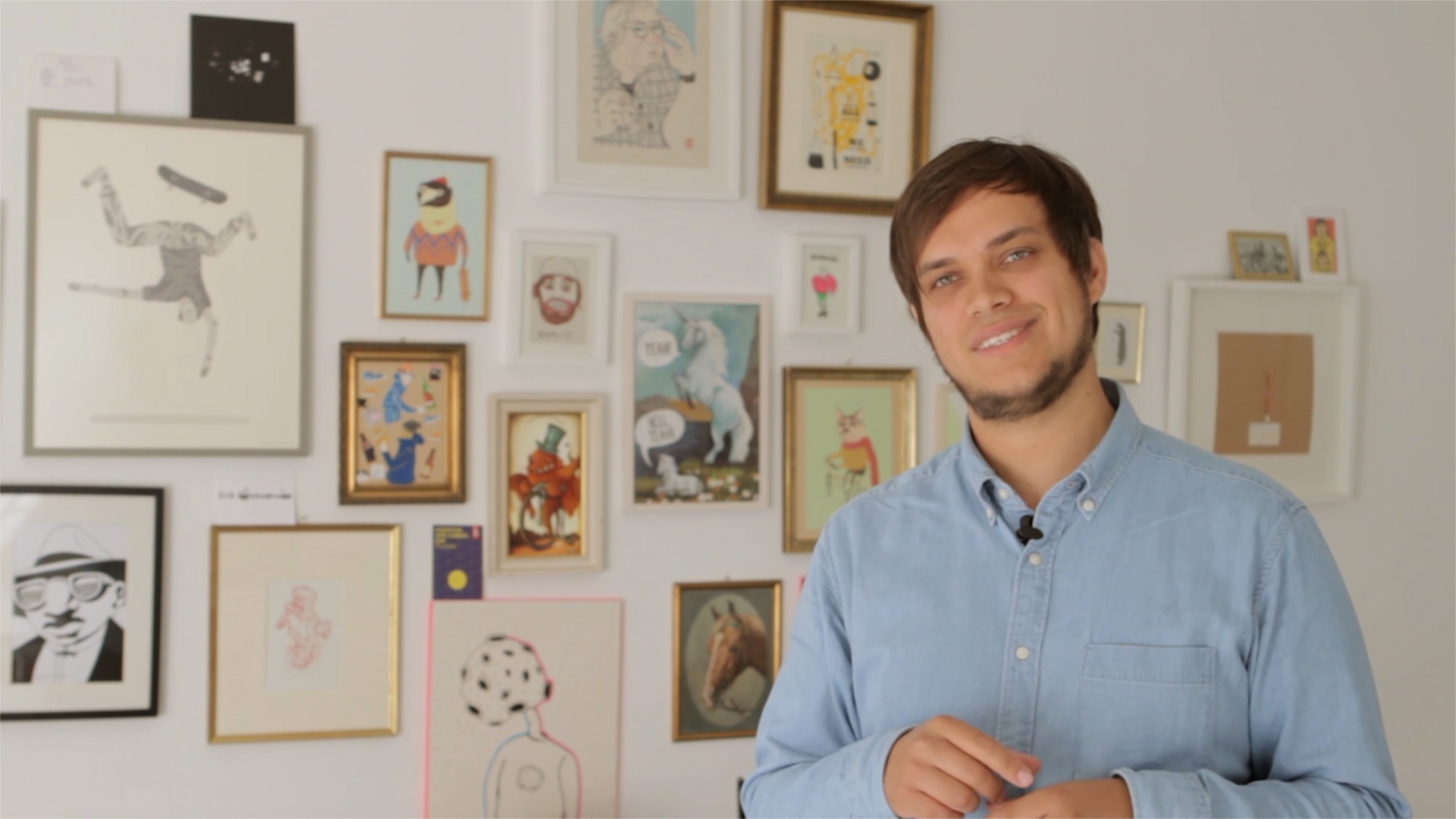
Mario GorniokArt Director, Motion Designer & Founder KEENLY
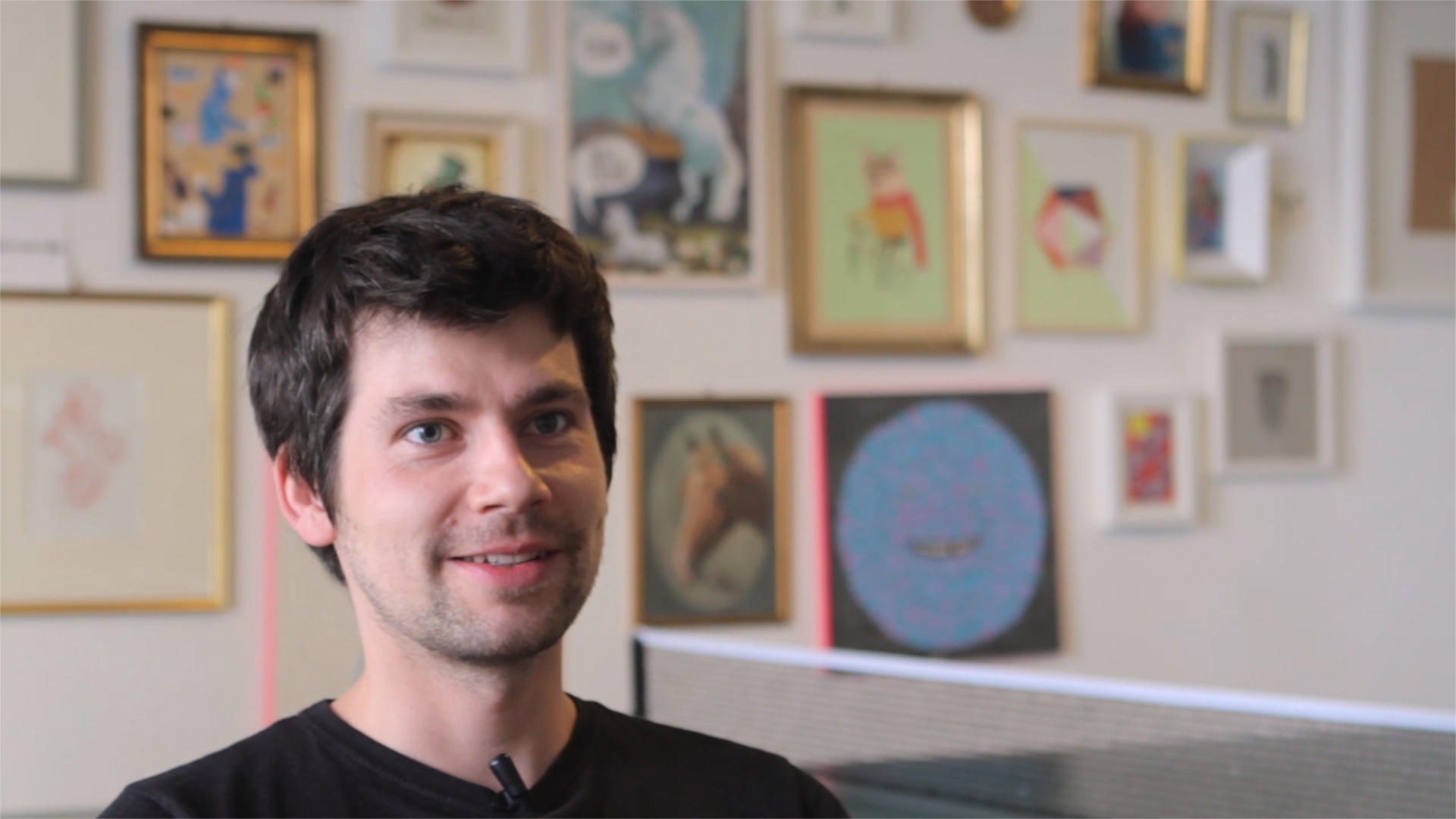
Robert LöbelIllustrator & Animator